

Ruff FramptonDecember 2025With the usual Golden Plovers were two Ruff. One was in plumage you would expect in December, but the other was this (presumably satellite male) which was seemingly attaining breeding plumage early.
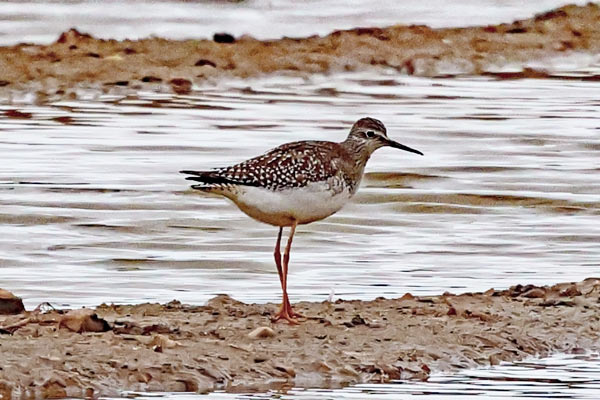
Lesser Yellowlegs North WootonOctober 2025Very much off my list of birds to twitch, yet another Yellowlegs (or a returning bird) was so close to home I couldn't resist, plus I was curious as I'd never come across the site before.
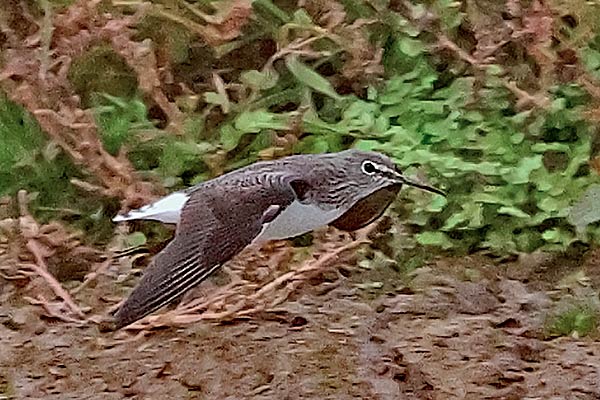
Green Sandpiper North WootonOctober 2025Right on the edge of a building site, and due to be drained, this was a pool which contained several wader species. As well as the Yellowlegs there were at least three Green Sandpipers, and several Blackwits.
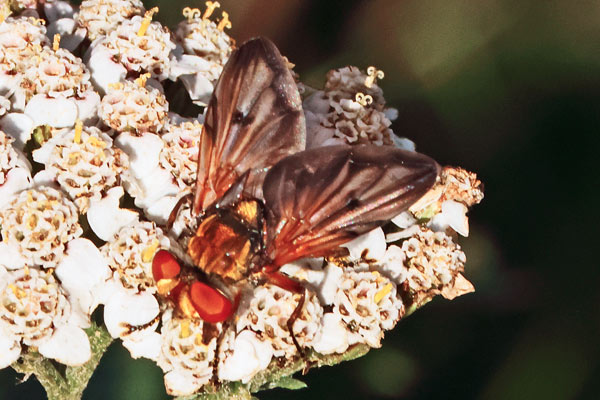
Ectophasia crassipennis Upper HollesleyOctober 2025Walking back to my car I saw two friends photographing this. I'm not getting in to flies, but it used to be a rarity a few years ago apparently, climate change seemingly increasing records here.
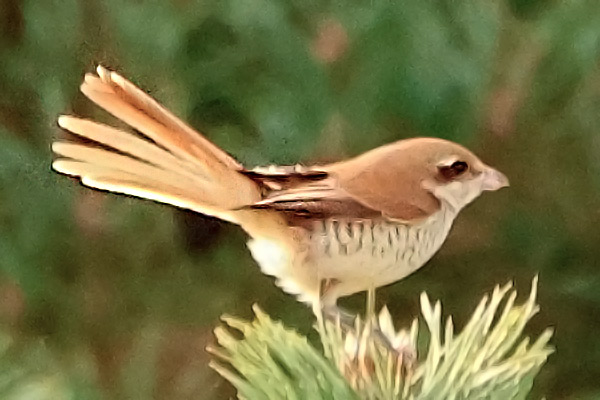
Brown Shrike Upper HollesleyOctober 2025Formerley a major rarity, this is only the second I have seen in the UK, but it is an annual visitor in autumn now, and was close enough to home to warrant a twitch.
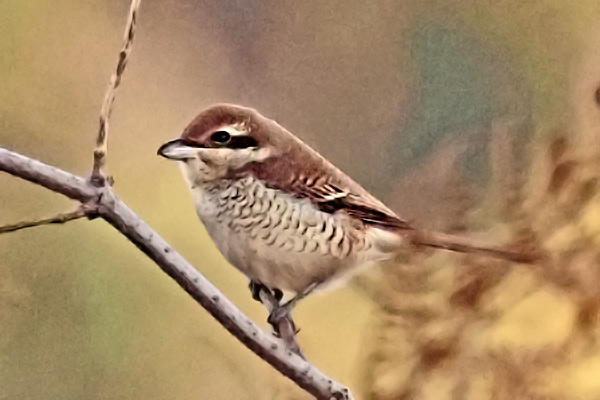
Brown Shrike Upper HollesleyOctober 2025Soon after my return from Shetland, where a Rubythroat had turned up just after I left, I took a short journey to see this, which showed well in sunshine.
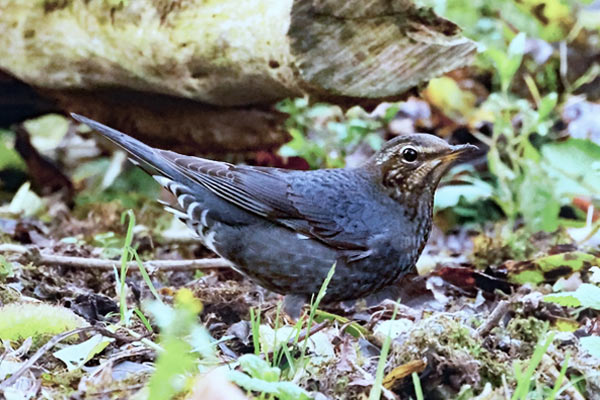
Siberian Thrush Loch of Asta, MainlandOctober 2025The best bird I have seen on Shetland in regular autumns, mainly because it stayed put for a week and showed well enough to photograph if you were patient.

Siberian Thrush Loch of Asta, MainlandOctober 2025Despite seeing two in the UK I hadn't managed to photograph either, this was a lifer for many people simply because it stayed. When news broke I left the queue for the Unst ferry, thinking "one-day bird".
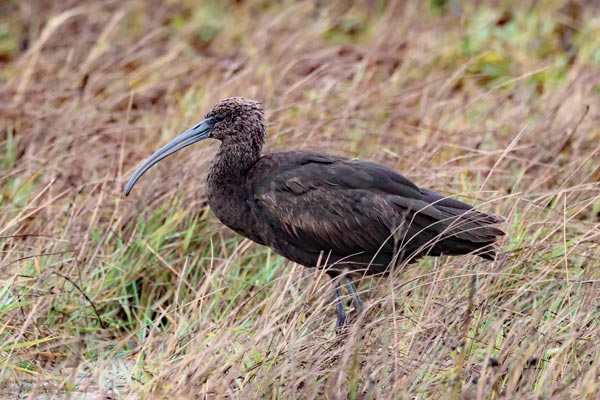
Glossy Ibis UnstOctober 2025Probably the most popular spot on Unst, Norwick, and nearby Valyie House, seem to turn up rarities every year. This year the ibises were nearly always in the field just behind the car park, seemingly unperturbed by birders.
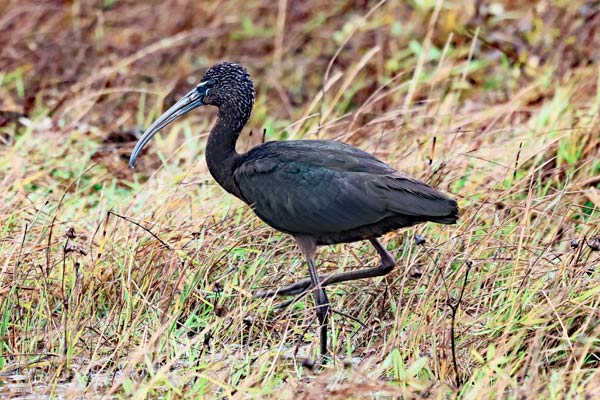
Glossy Ibis UnstOctober 2025Up until a couple of years ago a rare species on Shetland, this year they were everywhere in the UK, and these two settled on Unst, one apparently a younger bird.
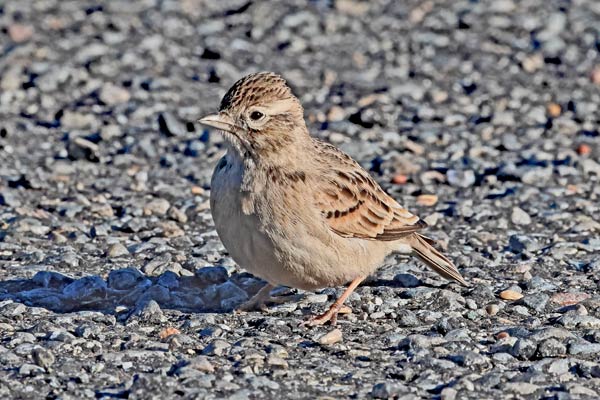
Greater Short-toed Lark YellOctober 2025I haven't seen a Short-toed Lark for a long time, but this was running about at the end of a road on Yell, not far from my accomodation, and it grew used to people watching it from cars.
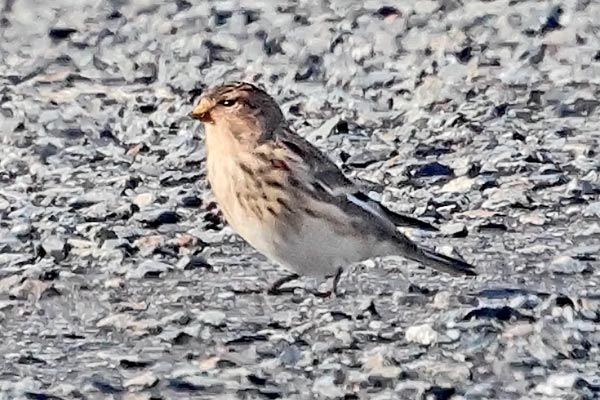
Twite YellSeptember 2025Even Twite seemed scarce this year, this bird may be of the nominate race which is a migrant from Scandinavia, two briefly visited the Short-toed Lark site..
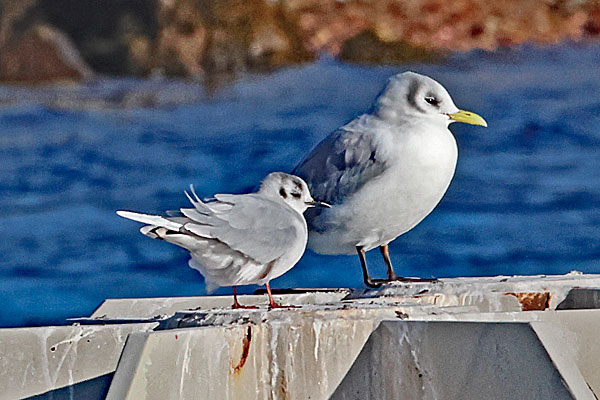
Little Gull YellSeptember 2025Most of the expected seabirds were absent, no white-winged gulls, the only gull of any note being this first-winter Little Gull which posed alongside a Kittiwake to show its claim to be the world's smallest.
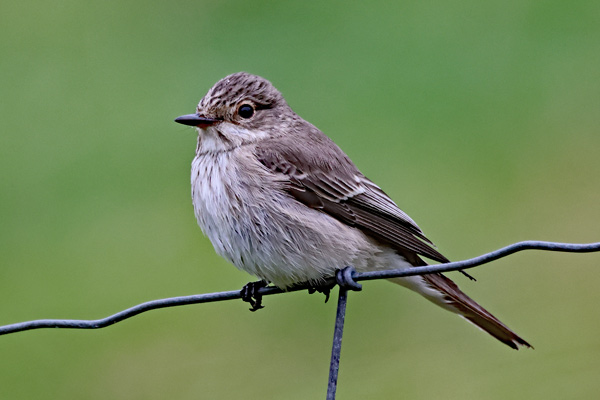
Spotted Flycatcher Valyie, UnstOctober 2025Shetland was quiet this year, and what there was proved difficult to photograph, with one exception. Radde's Warbler, Ortolan, Arctic Redpoll, all were too quick for the camera, whilst I left Black-faced Bunting on the mainland.

Marsh Sandpiper MusselburghSeptember 2025I called in on this before heading for the Aberdeen ferry, I haven't seen one for years in the UK. Glad I took the scope as it was always on the far side of the lagoon and quite elusive.
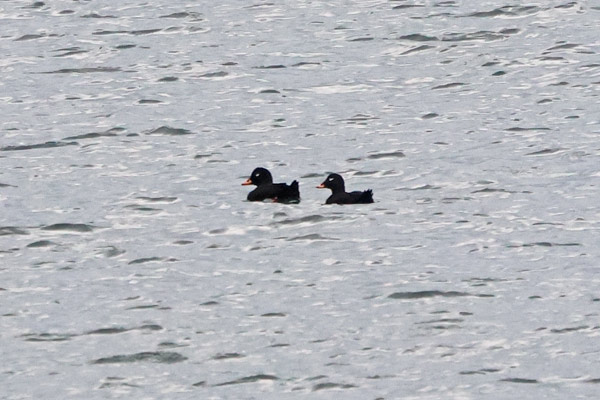
Scoters MusselburghSeptember 2025I always stop at Musselburgh on my way to Shetland. Everything was very distant on this occasion, and whilst I suspect one of these to be the White-winged Scoter, I can't be certain. One day I'll be lucky and get a decent photo.
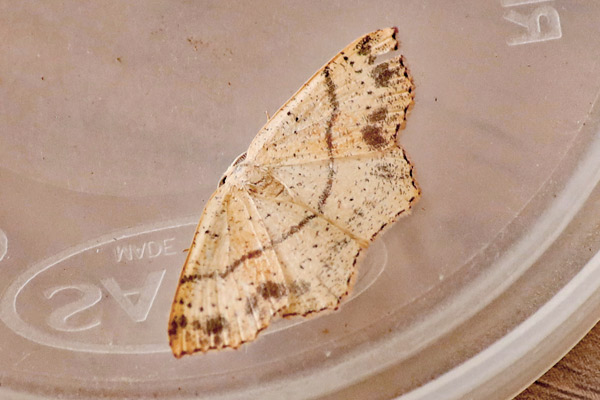
Maiden's Blush CaldecottAugust 2025Apparently very common in Suffolk, but not so in Lincolnshire, as it is the first one I've trapped.
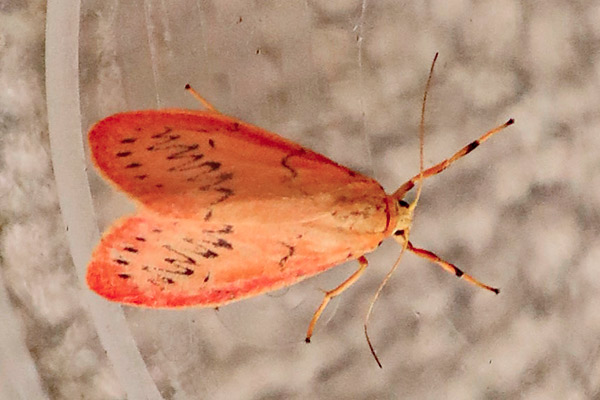
Rosy Footman CaldecottAugust 2025Caldecott Hall is in Norfolk, but records go to Suffolk because of the retention of old borders for wildlife to allow better comparison with older records. This was one of my first records, it is rare inland and the habitat is wrong at Sutton Bridge.
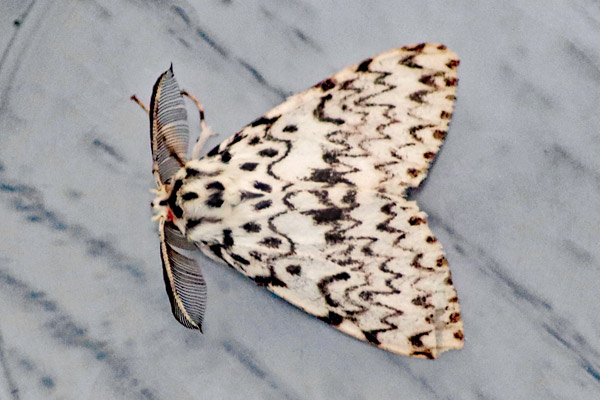
Black Arches CaldecottJuly 2025For cost reasons we have had our van moved to Caldecott, near St.Osyth. Initially it seems a much better mothing location with several new species despite a limited number of visits so far.
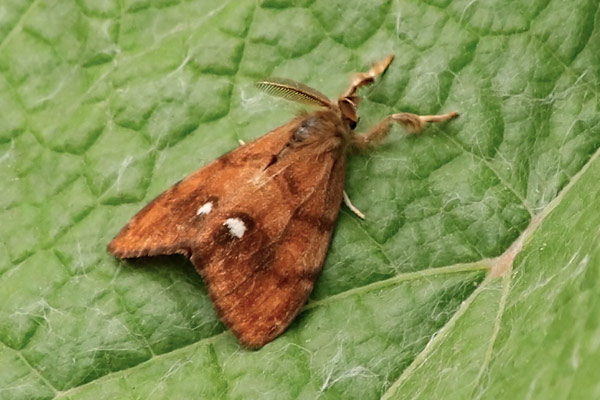
Vapourer Sutton BridgeJuly 2025With no MV trap I've done limited trapping this year, but I've long wanted one of these, since I found a caterpillar in the garden. Still turning up new macro's after thirteen years!
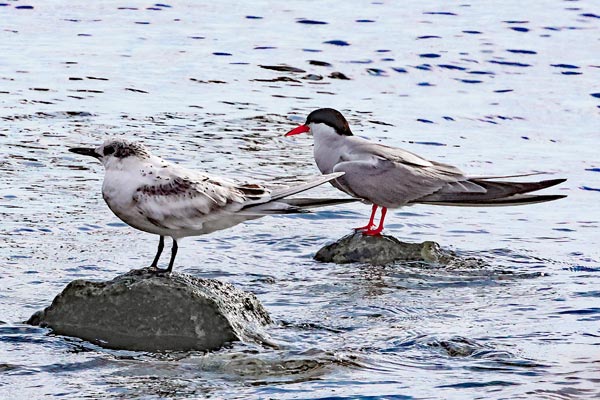
Sandwich and Common Terns FramptonJuly 2025There have been increasing numbers of terns over the years at Frampton, and Common now breeds there Sandwich are rare on the reserve itself, but often seen at Cut End which is accessed from the seawall.
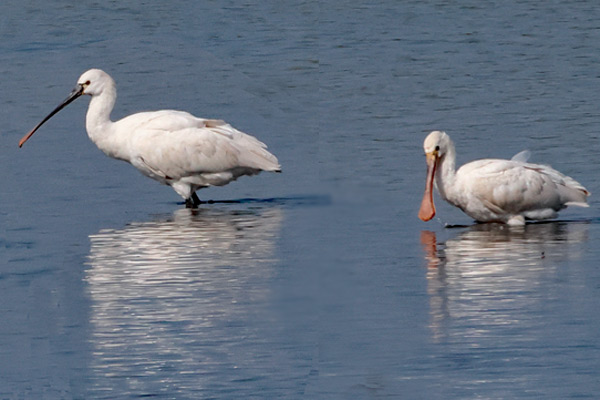
Spoonbills WelneyMay 2025Probably from the colony at Holkham, these young birds were on the pool where Green-winged Teal had wintered. There is much more to see at Welney since the days when it was all about swans.
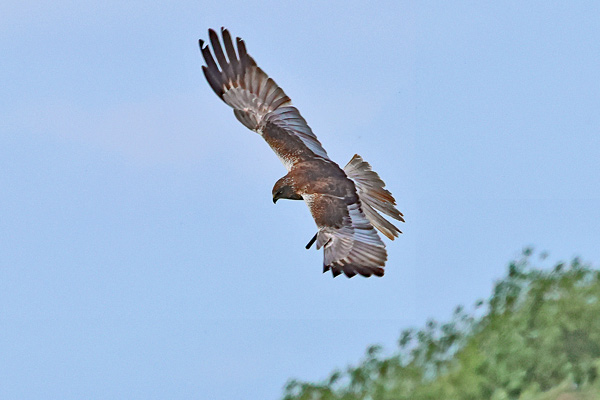
Marsh Harrier LakenheathJune 2025A visit to Lakenheath saw me watching this male re-inforcing a nest, or perhaps just trying to impress a female.

Spotted Redshank FramptonJune 2025Usually several birds pass through in spring, and although they often linger they have never bred. This bird was in full breeding dress but alone.
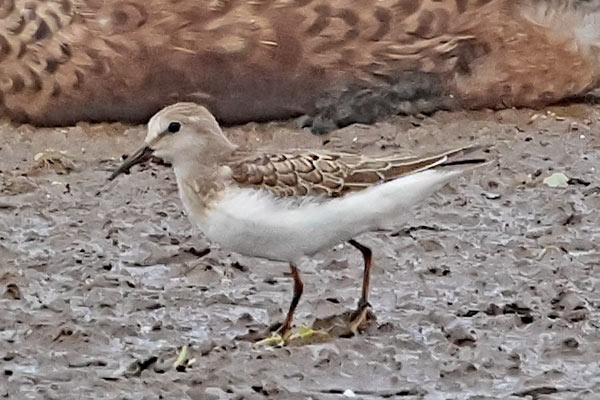
Temminck's Stint WelneySeptember 2025Not a bird I normally associate with autumn, but seemingly more frequent over the last few years. This was the first juvenile I have seen, sharing a patch of mud with a few ducks.
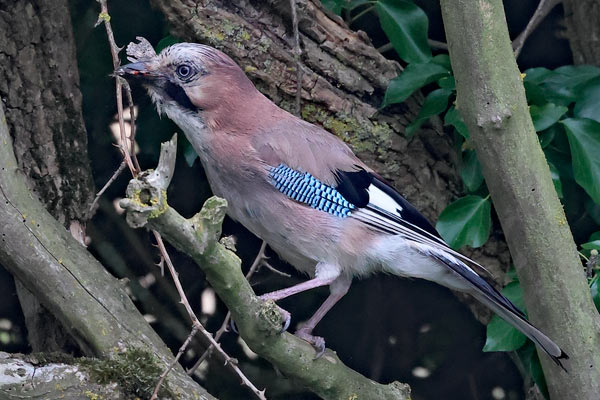
Jay and Red Underwing TitchwellAugust 2025A casual visit saw me photograph this Jay, and Obsidentify tells me it was in the process of eating a Red Underwing moth, which is an autumn migrant hereabouts.

Whooper Swan FramptonApril 2025Over the last few years small numbers of Whooper Swans have taken to wintering in the Frampton area, and are often on the reserve in the early morning. This bird, probably sick or injured, has become a permanent resident.
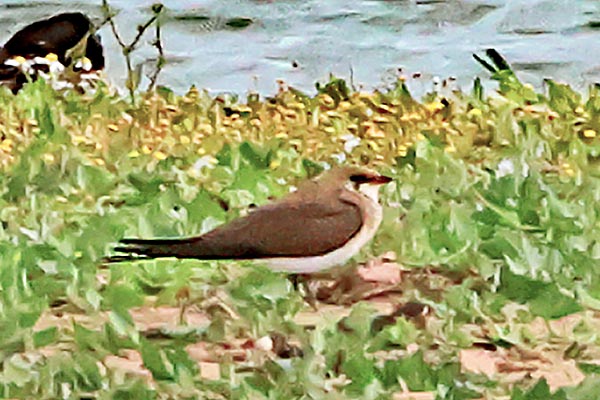
Common Pratincole FramptonJune 2025Ironically my last Pratincole for Frampton, this bird stayed for a few days but was always distant and often hidden for long periods. My knowledge of Frampton and vantage points outside the hides enabled a record shot.
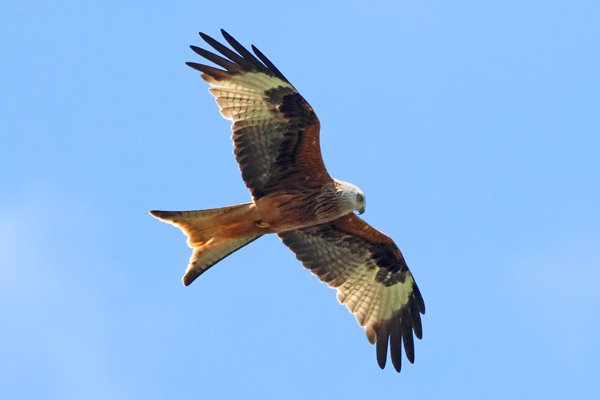
Red Kite Ouse WashesMay 2025Visiting Ouse Washes and failing to photograph the Redfoot, I was reminded of how raptors have increased. Virtually every time I go out I see at least one Red Kite, and Buzzards are far more numerous.
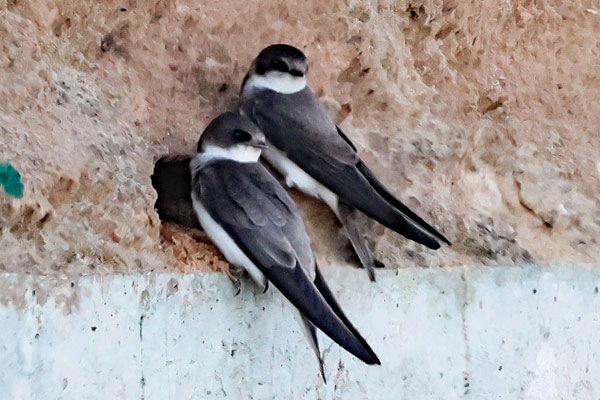
Sand Martin FramptonApril 2025After a few years absence from Frampton, despite the specially constructed nesting bank, numbers are much higher again this year, with numbers of juveniles seen.
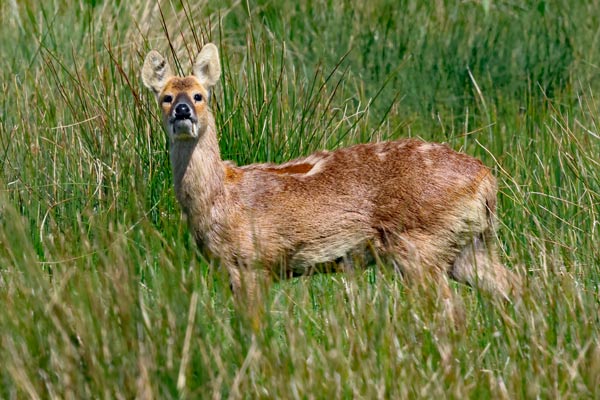
Chinese Water Deer Carlton MarshApril 2025Populations of this introduced species have exploded recently, and whilst often hidden in the reeds, they seem to be curious about people at Carlton Marsh, usually turning to look at you.
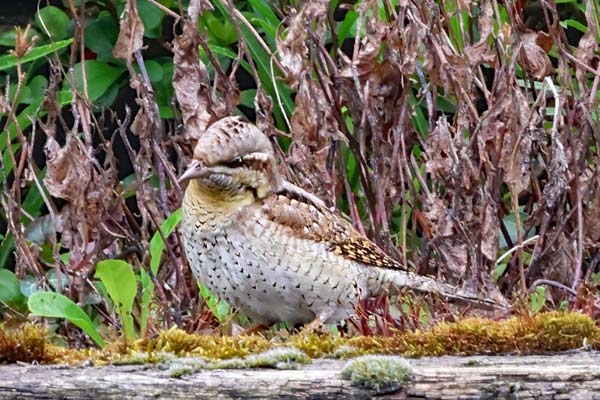
Eurasian Wryneck CleyApril 2025I was on the Norfolk coast when news of this in a friend's garden broke. It was in the next garden, and although there for a couple of days could disappear for long periods.
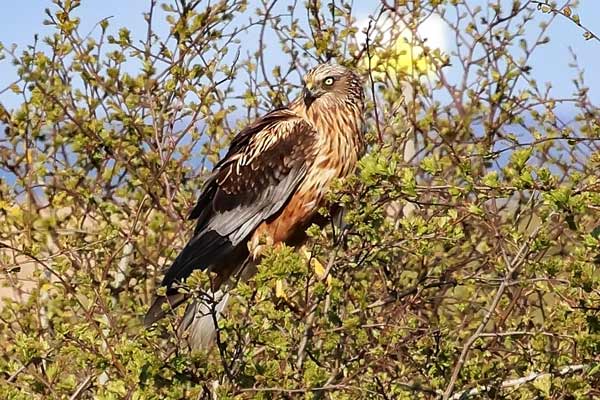
Marsh Harrier SnettishamApril 2025I was surprised to see this perched in a bush, albeit somewhat distantly, and it seems to show characteristics of Red Kite. However, when it flew it had the jizz of a harrier, I think it was an exceptionally colourful bird.
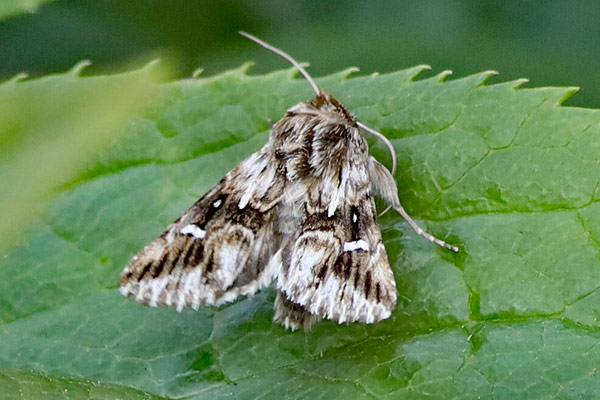
Toadflax Brocade Sutton BridgeApril 2025As I was putting the trap away, I saw this on one of the supports for the rainguard. At one time listed as RDB, it has been expanding its range north, and has several colonies in Norfolk.
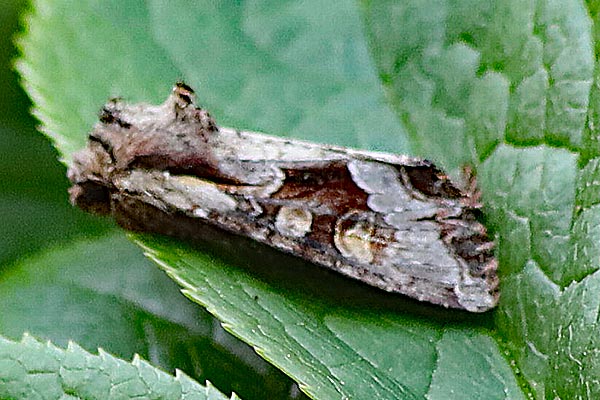
Light Brocade Sutton BridgeApril 2025At present I am using a portable actinic trap, but due to unsuitable conditions have only trapped about 25 moths this year. However, two of those have been new for the garden.
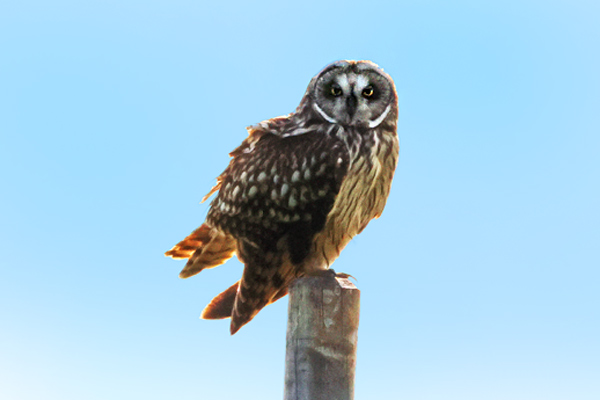
Short-eared Owl WelneyApril 2025I always approach and leave Welney along the "back road" as there are often birds to be seen. Coming home one evening were this and a Barn Owl within 50 yards of each other.
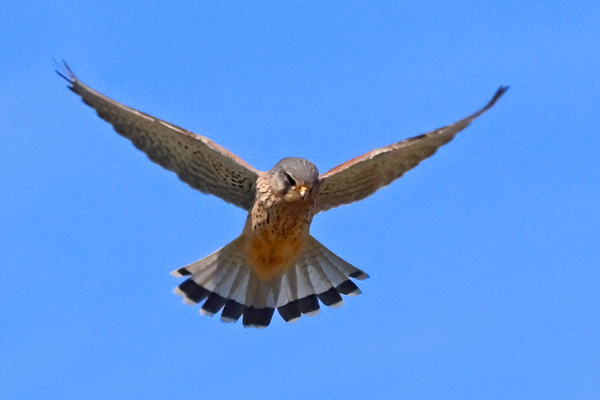
Common Kestrel Roydon CommonApril 2025Despite several tries for Ring Ouzel recently I have yet to connect with one, this kestrel was some compensation at Roydon. Raptors generally seem to be around in good numbers this year.
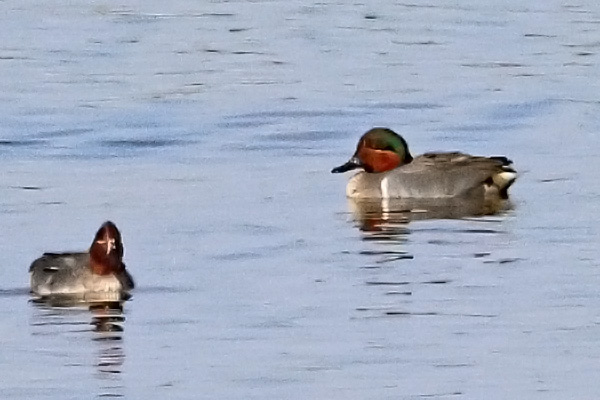
Green-winged Teal WelneyMarch 2025There at the same time as the regular Tundra Bean Geese, but often elusive and distant, this was easily picked out from the local birds.
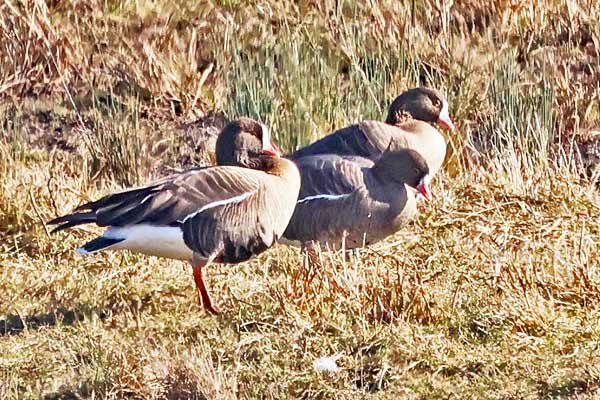
Lesser White-fronted Geese StiffkeyMarch 2025A number of birds from a re-introduction scheme have been seen in Norfolk this year. Will they become a regular feature if the scheme is succesful?.
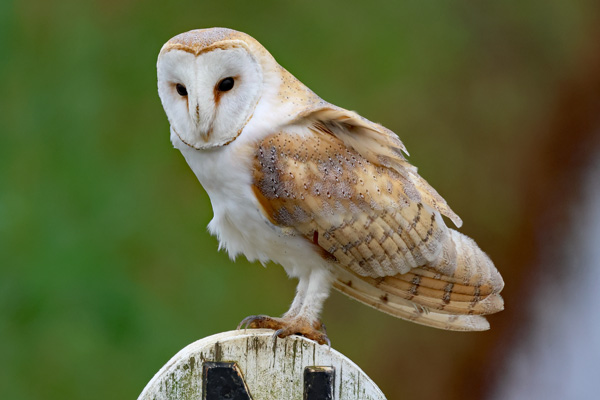
Barn Owl BourneMarch 2025This particular area proved to be a Barn Owl stronghold, driving around, even quite late in the morning, I saw no less than six, including this one which posed for photos from the car.
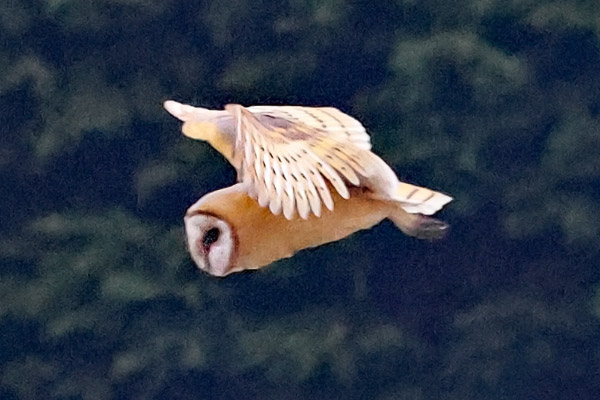
Dark-breasted Barn Owl BourneMarch 2025Whatever its genetic makeup, this was a beautiful bird to see, and in my case not far from home. Since Barn Owl populations fluctuate, I had only seen one this year before this bird.
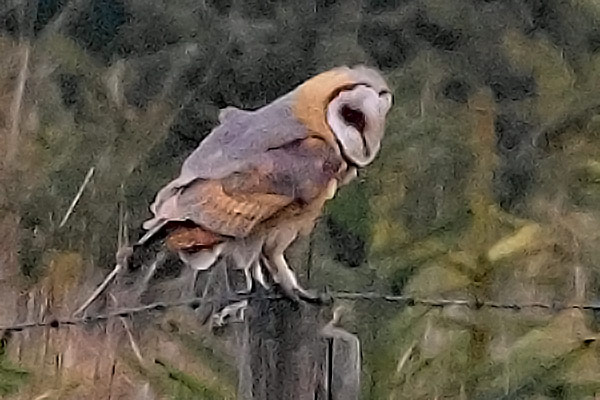
Dark-breasted Barn Owl BourneMarch 2025Apparently a good candidate for a pure guttata, the eastern continental form, despite the difficult area with almost no parking, a steady stream of birders came to see this.
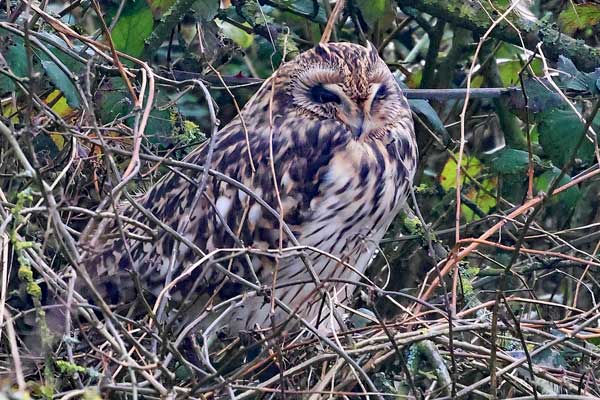
Short-eared Owl EldernellFebruary 2025Showing well, unlike the Long-eared Owls in the area, these seem to be improving in numbers every year, although whether many remain to breed is not well-documented.
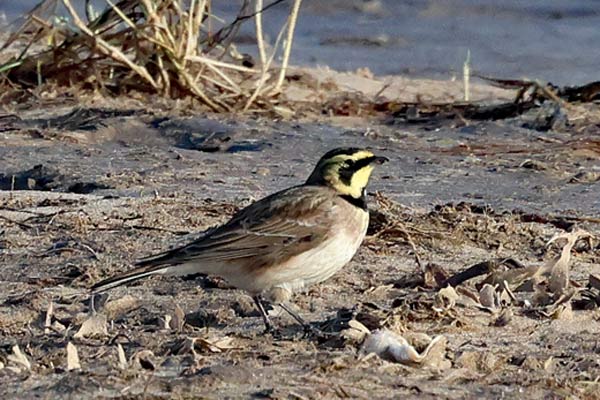
Shorelark HunstantonFebruary 2025The sightings at Kessingland gradually dwindled to one bird, which wasn't very obliging, so 2025's sightings reverted to a flock of six in Norfolk. They were easier to see than the wintering regular birds at Holkham, although could conceivably have been the same birds.
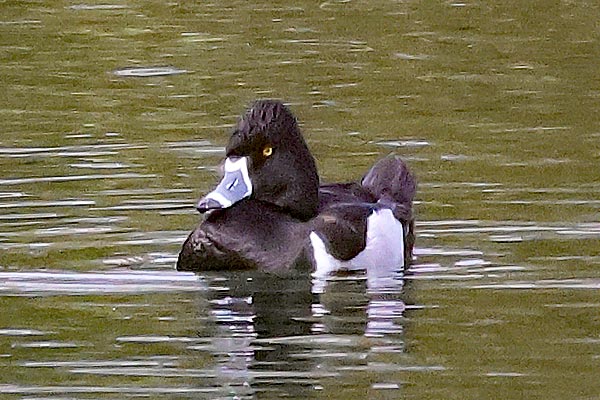
Ring-necked Duck Langtoft March 2025The "draw" was a Ferruginous Duck, despite two visits it refused to be photographed, but this showed fairly well and seemed settled with the Tufted Duck flock.
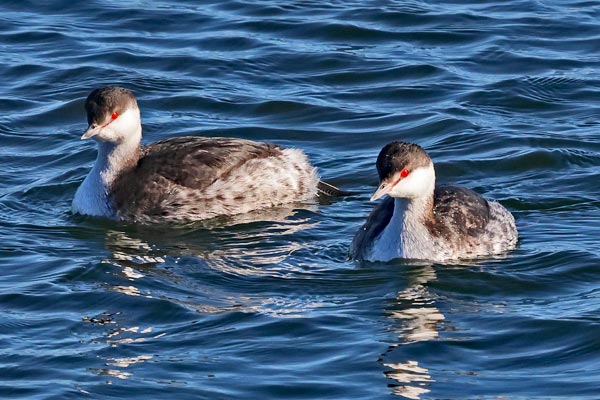
Black-necked Grebe AbbertonJanuary 2025Abberton excelled itself early in the year, however the Canvasback didn't want to be photographed, so I settled for these two.
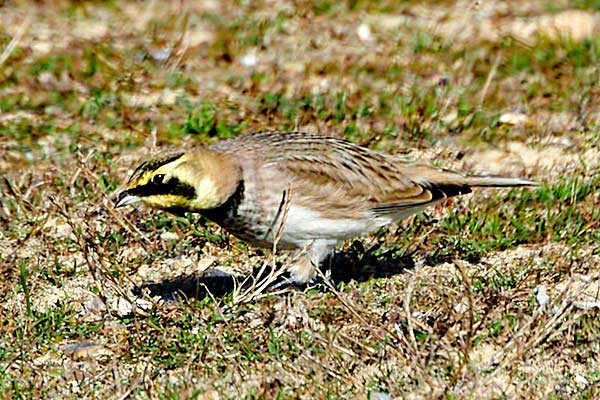
Shorelark KessinglandOctober 2024A somewhat better year for shorelarks, with a small flock of four just close to our old holiday home site. Whilst quite approachable, the birds were given to frequently flying, and getting the four together proved impossible.
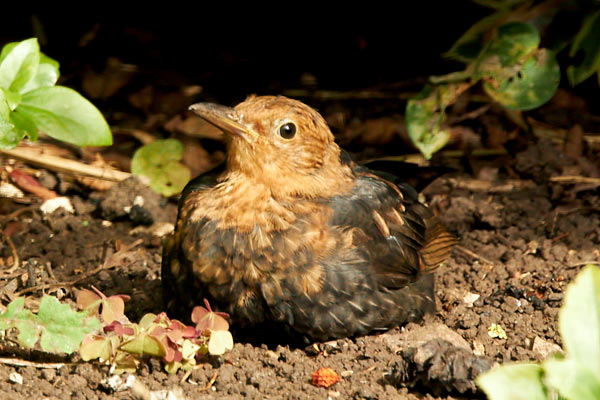
Blackbird Sutton BridgeOctober 2024Up to three Blackbirds have nested in our garden over the years, this (presumably 1st winter) somewhat strangely coloured bird was around for a while in September and October.
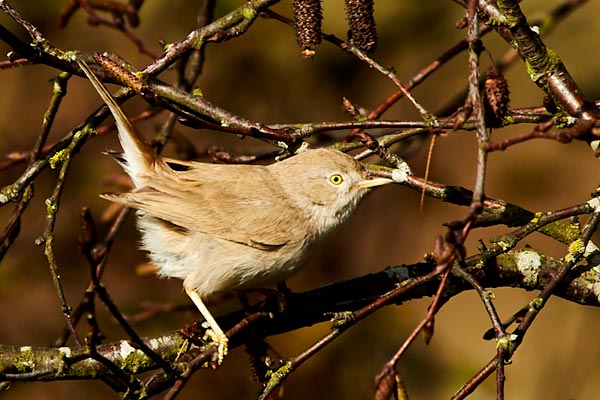
Asian Desert Warbler WintertonOctober 2024I was quite taken with this bird, which seemed well marked, eliminating African, which will probably never occur here (but they said that about Marmora's Warbler). Strangely, I have only seen them abroad in Kazakhstan, where they proved almost impossible to pin down and get decent views.
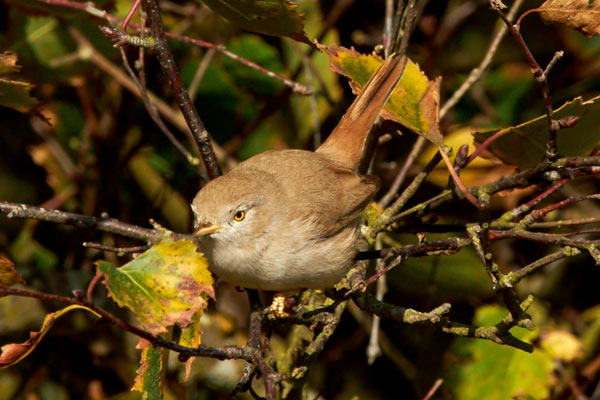
Asian Desert Warbler WintertonOctober 2024Finally a decent rarity near home. Not a tick, not even a Norfolk tick, but a sunny day and in a familiar location. By not going immediately I managed to avoid the crowds and even got parked without resorting to rip-off parking charges or upsetting anyone.
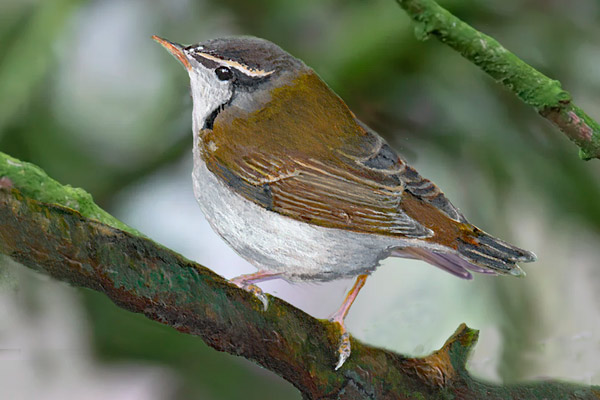
Pale-legged Leaf Warbler BemptonSeptember 2024I never did managed to photograph it so I painted it. Thanks to Tom Tams whose photo I copied. It was my only tick of the year and a world tick also, thankfully I got several good, if brief, views.
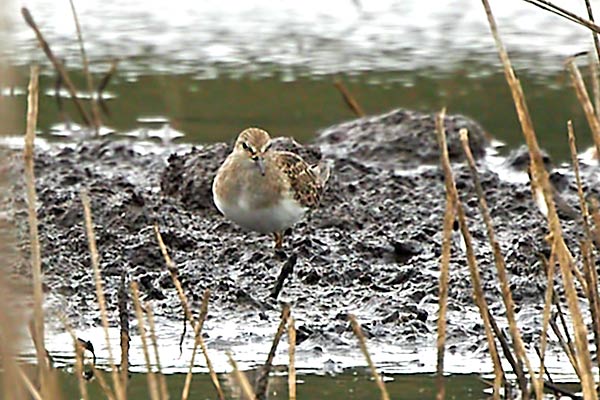
Temminck's Stint Dickleburgh NorfolkAugust 2024A somewhat distant bird, somewhere I had never been. It turns out the site is good at times for waders, Green and Wood Sandpipers were there also.
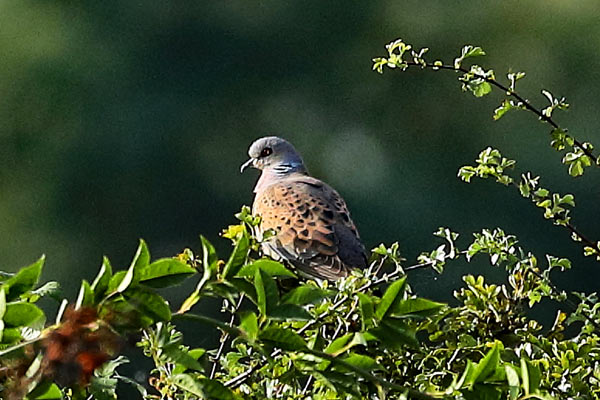
Turtle Dove NorfolkAugust 2024Almost a rarity in East Anglia these days, I've bumped in to at least two pairs. I'm not revealing where because I believe pressure from numerous birders may have caused the Frampton birds to leave, although it was just as likely French hunters.
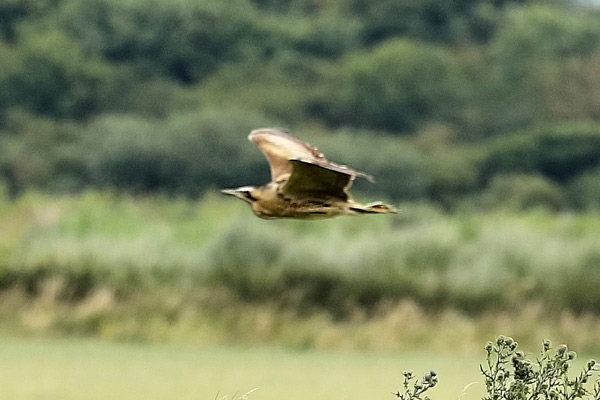
Eurasian Bittern LakenheathAugust 2024One thing I have seen several of this year is Eurasian Bittern. Minsmere has obliged and we saw no less then three at Lakenheath, all in quite prolonged flight. Two could have been the same bird, but the third was in a completely different area.
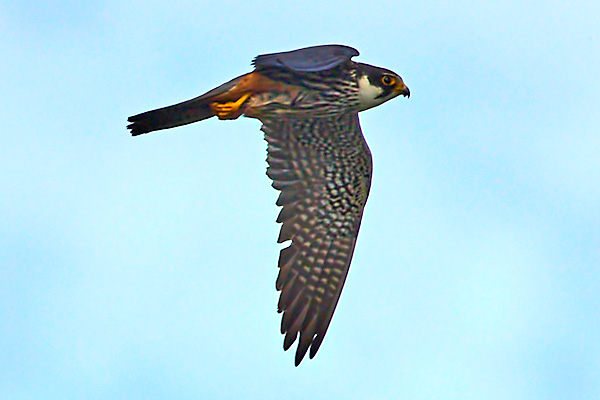
Hobby LakenheathAugust 2024Every time you visit Lakenheath in summer there are Hobbies around, but they are often high in the sky or fairly distant. This was a grab shot of one that came within range.
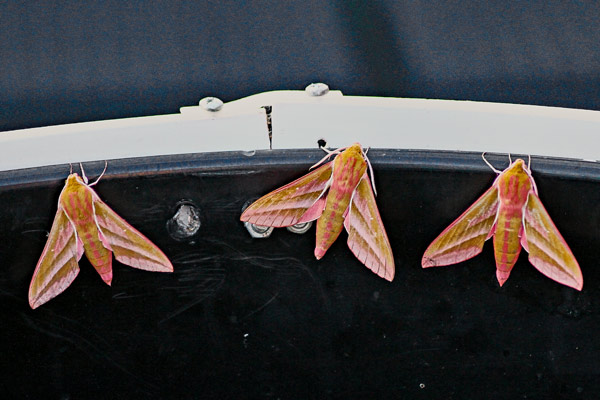
Elephant Hawkmoths Sutton BridgeJuly 2024Even poor for hawkmoths this year, no Hummingbird, Lime nor Small Elephant. Elephant maintained its usual status though, this just a small sample, and I did have my second ever Pine Hawkmoth.
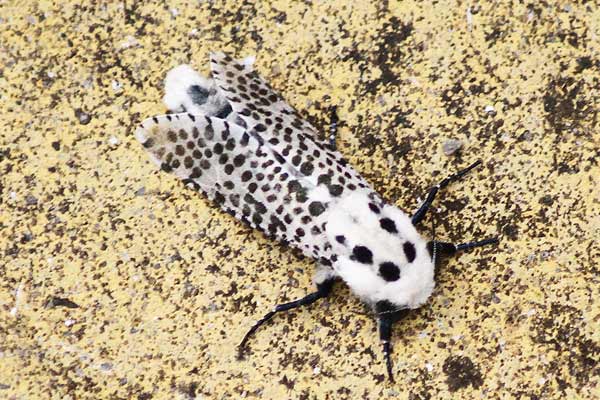
Leopard Moth Sutton BridgeJuly 2024I've had one or two of these in the past, but one morning I opened the trap and there were four, two of which engaged in mating whilst in a holding container. A strange looking species, we have seen very similar ones in Costa Rica.
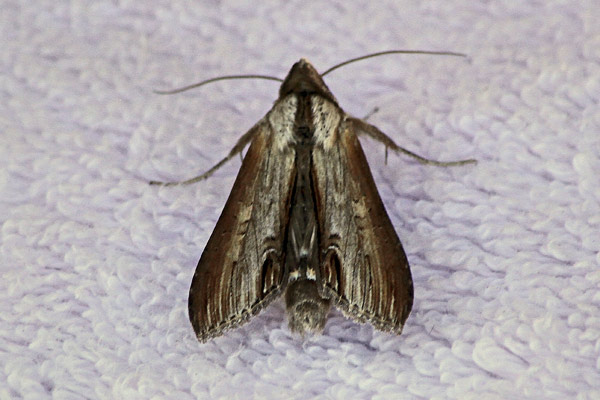
Star-wort Sutton BridgeJuly 2024Little other than moths in July, but I often don't go birding then anyway. This is apparently a fairly uncommon species, but I think there's a colony near here because I seem to get one every year. Most people photograph them side-on (see Chamomile Shark below).
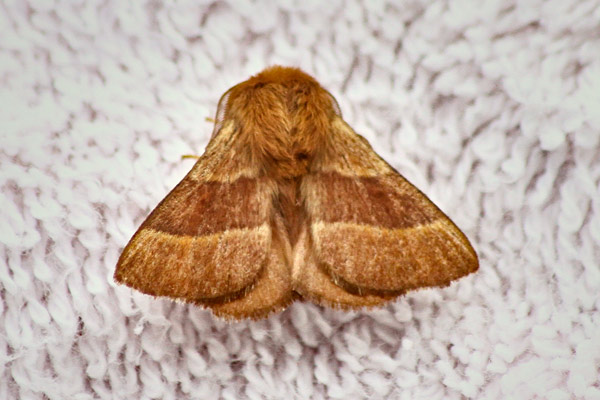
Lackey Sutton BridgeJuly 2024My second new moth at home this year. I was surprised how small it was. I don't know why we get so few of this family of moths here but it's the only Eggar I've ever trapped, apart from a Drinker in Kessingland.
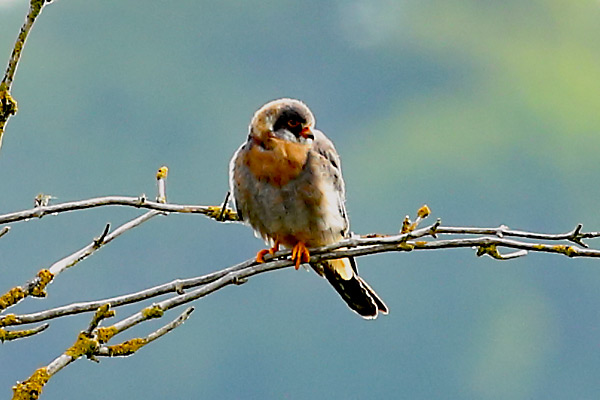
Red-footed Falcon Carlton MarshJuly 2024A brief respite from the bad weather saw us visiting the van at Kessingland, and a visit to nearby Carlton Marshes produced very little apart from this visitor from the east. It obligingly showed its underwing coverts to eliminate Amur Falcon, not that I got any pleasure from that!
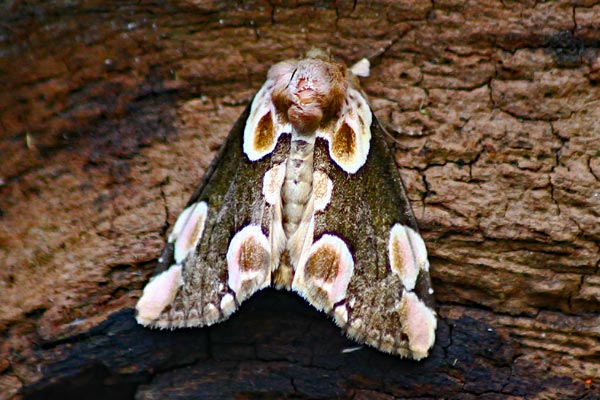
Peach Blossom KendalJune 2024Visiting JT in Kendal for some alternative moth trapping produced the usual four or five new species, including this, one I have always wanted to trap. They do occur in Lincolnshire, so I'll maybe get one in Sutton Bridge one day.
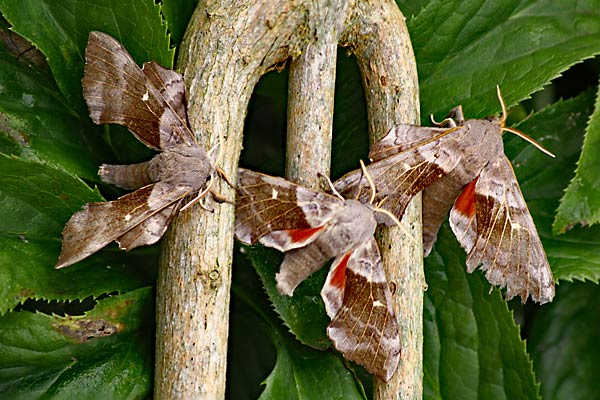
Poplar Hawkmoths Sutton Bridge May 24My garden has always been good for Hawkmoths, I often get multiple arrivals in the trap, and they will attach themselves to your finger allowing you to place them together. The problem is often they don't want to let go!
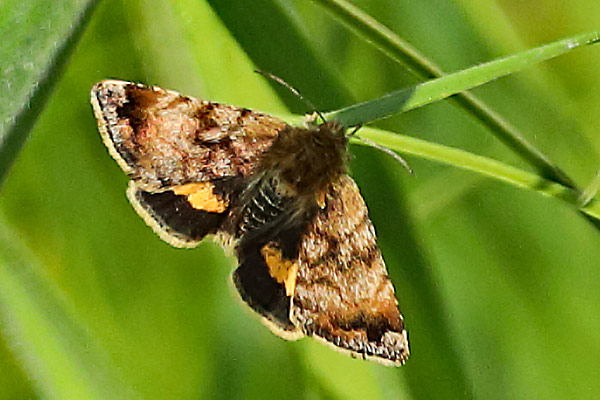
Small Yellow Underwing Rutland Water May 2024It's many years since I've seen a day-flying moth (as opposed to a nocturnal moth during the day), but then I don't go looking for them specifically. I was there for a Savi's Warbler which wasn't photographable, this was an added bonus and a tick.
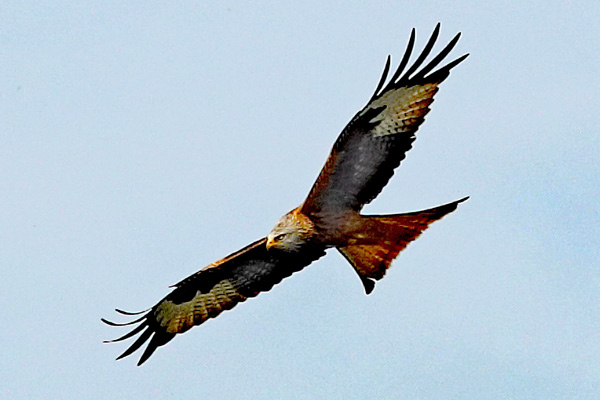
Red Kite Deeping LakesApril 2024Although spreading rapidly and a bird I always see when I visit Norfolk, there are still large parts of Lincolnshire where they aren't seen. A visit to Deeping Lakes for a missing Little Owl did produce some nice views of this bird, low over the lake.
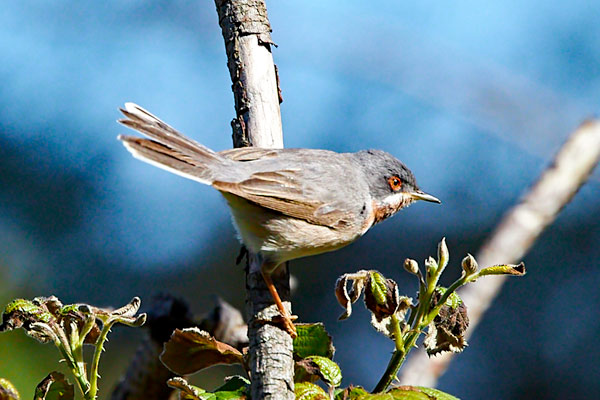
Eastern Subalpine Warbler HolmeApril 2024I hadn't seen an "adult" of these since before they were split, and also managed to catch up with several Norfolk birders I haven't seen for a long time. Also a first-winter male Common Redstart there.
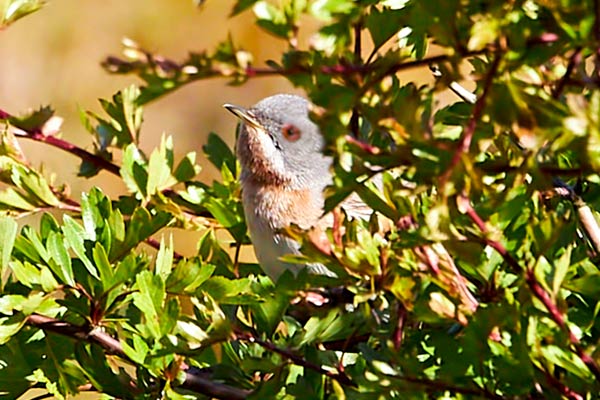
Eastern Subalpine Warbler HolmeApril 2024This was a more typical view, the bird showed quite well but was mobile, and you had to be quick. One of the reasons I no longer use a tripod.
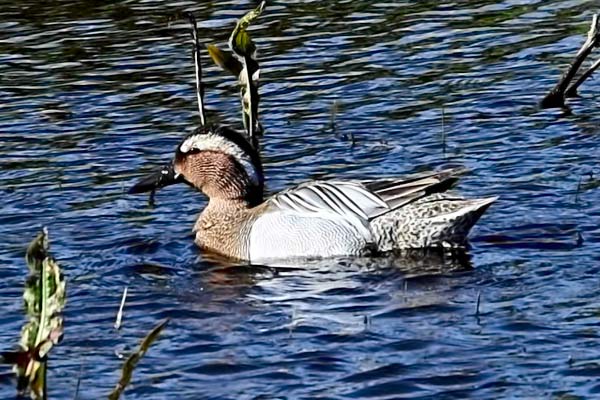
Garganey ThornhamApril 2024Parked at Thornham for the Subalp., as I walked past the first body of water this was swimming about in the open. I quickly took some shots, when I returned there was a female with it.
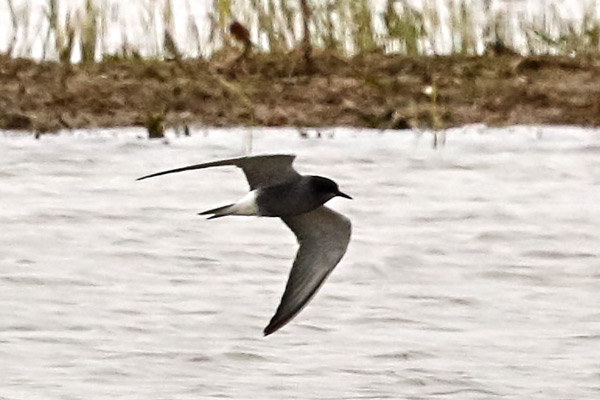
Black Tern Frampton April 2024These are far scarcer than they used to be, presumably because of climate change because they don't seem uncommon in other parts of the world. Hadn't seen one for years, but it didn't want to come close on the day I was there.
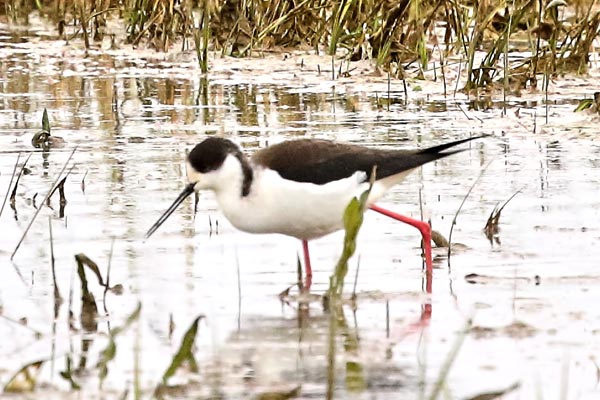
Black-winged Stilt Frampton April 2024Presumably one of last year's young returning to its natal site. Hopefully other birds with more sense will follow, it's been far too cold for breeding lately!
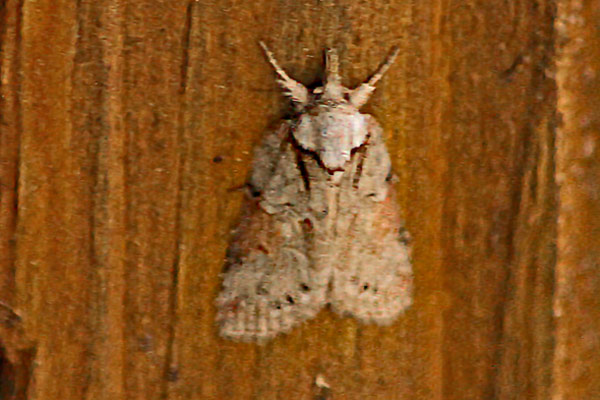
Oak Nycteoline Sutton BridgeApril 2024Mothing's been poor here because of the cold, but yet again one of my first moths was a tick! There were only four in the trap, but this was outside on the wall of the summerhouse. I was surprised at the ID, nothing like it in my books, but Norfolk Moths came up trumps with a photo almost identical. It's apparently one of the most variable moths.
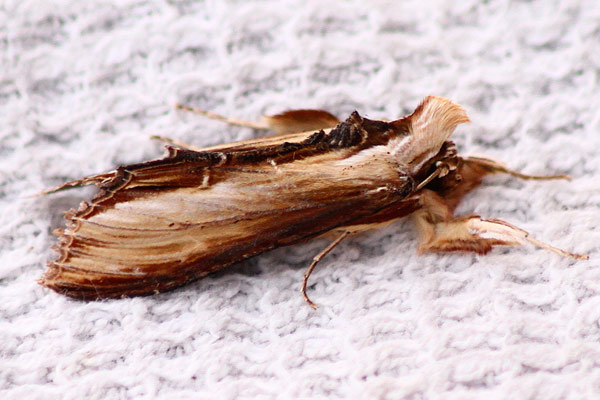
Mullein Sutton BridgeApril 2024The next night I trapped, nothing in the trap but this on the door. Only my second ever, although I once had a caterpillar in the garden. Much better photo since it didn't fly off immediately I tried to get it in a container like the Nycteoline!
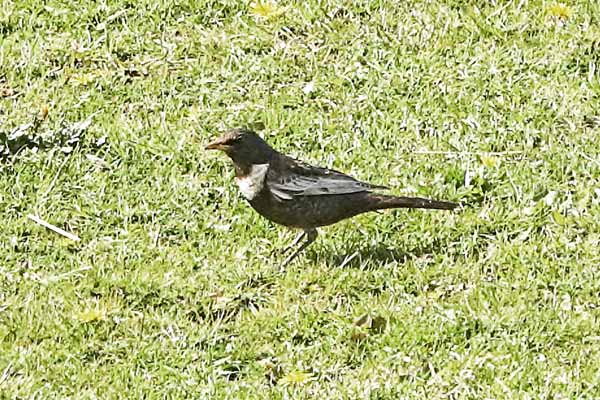
Ring Ouzel SnettishamApril 2024A group of six took some finding, thanks to Google Maps. Having walked a large circle where a couple of females were last year, I got back to my car to discover it was parked at the "road" Google Maps had told me to drive down. Trouble was, it was a track obviously not designed for vehicles, but it apparently has a name. Curses over, the birds showed well, but always distant in the back corner of the field.
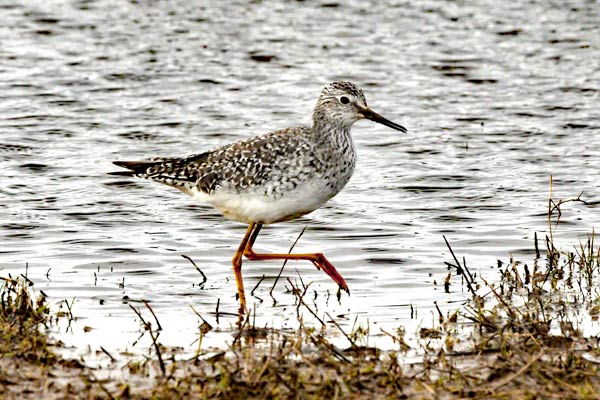
Lesser Yellowlegs Frampton March 2024I would imagine the most photographed ever, I first saw it when I went for the Semi-palmated Sandpiper on my way home from Shetland. I saw it a further twice last year, but wasn't able to get a decent shot until it settled down by the visitor car park. Heavy rain caused the normally quite dry fields to flood and the RSPB kept the levels up, so a number of birds can be seen from the visitor centre much more closely than normal.
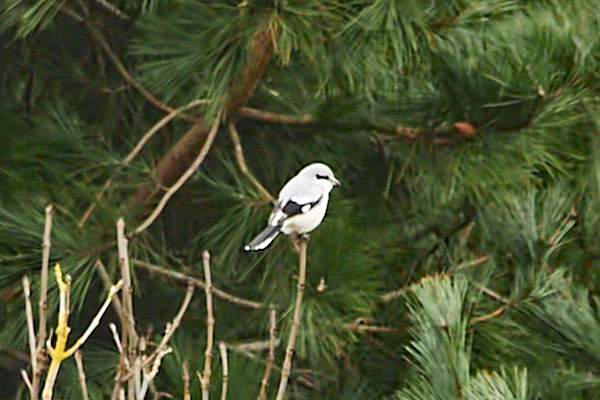
Great Grey Shrike WeetingMarch 2024Not much of anything in March, I went year-listing and called in on my way home. Great difficulty finding it as I didn't bother getting precise directions, it seemed it hadn't been seen all day so there was a bit of a crowd when I got there. No-one obejcted to me going closer but I decided not to push it, so a distant record shot for my first in mainland UK for years.
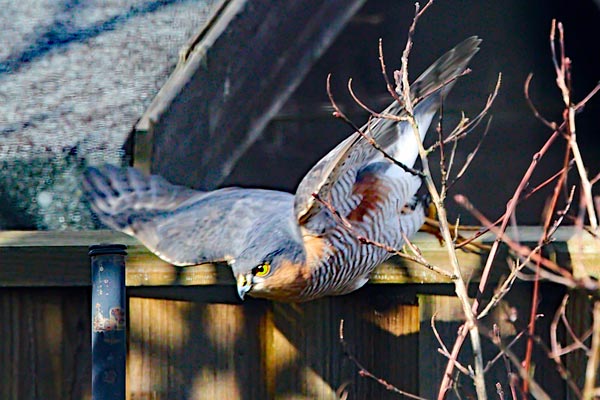
Sparrowhawk Sutton BridgeMarch 2024This is the reason we don't get a lot of birds on our feeders. I walked in to the lounge and saw one of our local pair sat on the fence. I just managed to get a couple of shots off before he decided to look for a sparrow.
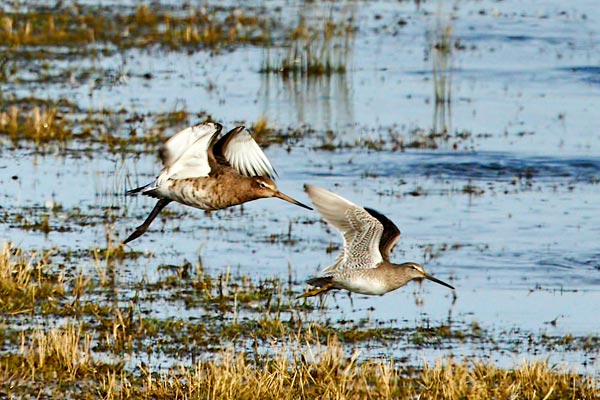
Long-billed Dowitcher Carlton MarshFebruary 2024Close to our caravan at Kessingland, Carlton Marsh has a lot of potential, but few people venture far from the visitor centre, and the best area is the furthest away. This is almost certainly the same bird that was in North Norfolk last year, and has since returned to Cley. In among several hundred Godwits, its size made it easy to pick out, although it was the closest bird when I arrived it was still rather distant.
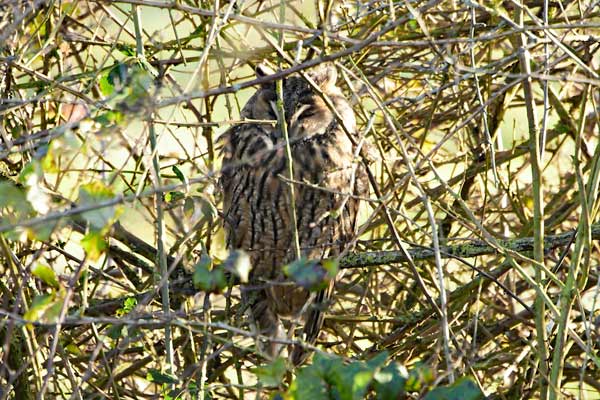
Long-eared Owl EldernellJanuary 2024The annual pilgrimage to the owl capital of Fenland was this year quite good for Leo's, better than Deeping Lakes, whereas Short-ears had retreated somewhat and were mainly to be seen when they came out to hunt in the late afternoon/early evening.
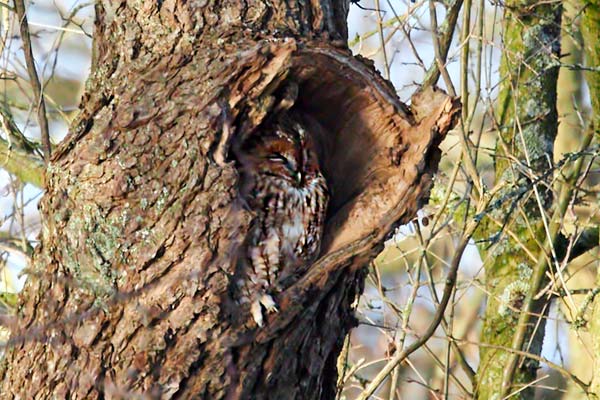
Tawny Owl EldernellJanuary 2024The same bird as last year, in the same place, in the same tree. It does seem to like sitting out on show, a most un-Tawny like behaviour.
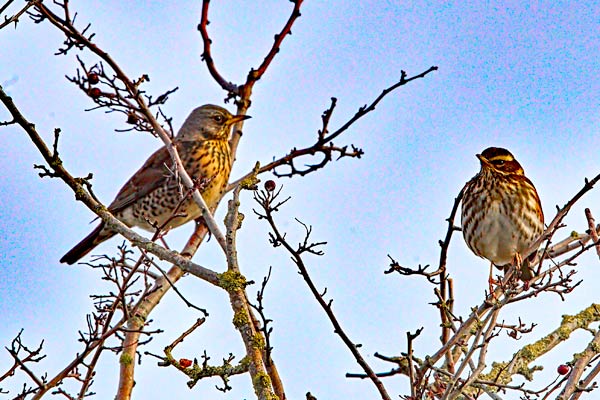
Fieldfare and Redwing FramptonJanuary 2024Went to Frampton to get out of the house, there were migrant thrushes everywhere. Finally managed a shot of a Fieldfare and a Redwing together, the Fieldfares were in much greater numbers.
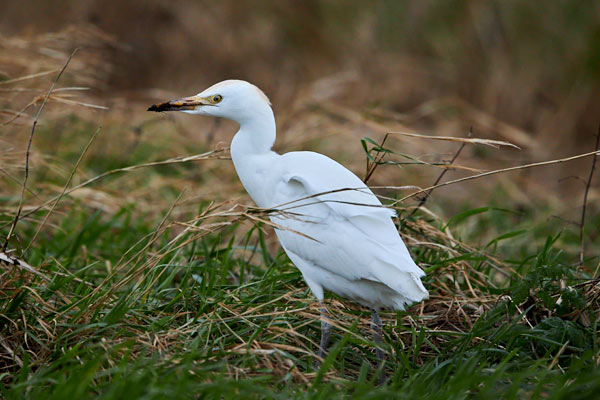
Western Cattle Egret WelneyJanuary 2024There seems to be a small number of Cattle Egrets in the Welney area on a semi-permanent basis now. They are rarely seen on the reserve but tend to frequent the area from the visitor centre north, and are often to be seen close to the road.
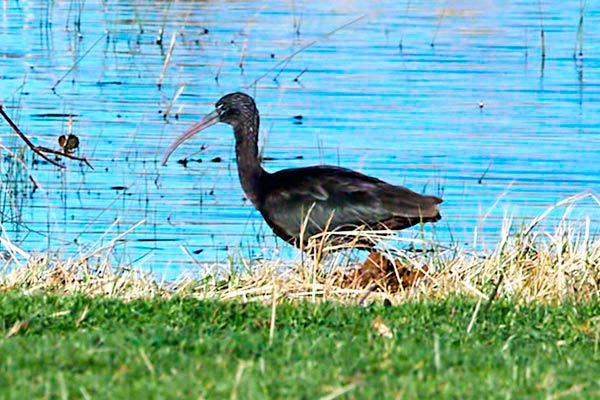
Glossy Ibis Deeping LakesJanuary 2024A visit to Deeping produced no Long-eared owls, nor the resident Little Owl. However I did come across the long-staying Glossy Ibis which seems to move all over the place. It didn't stay here for long either!
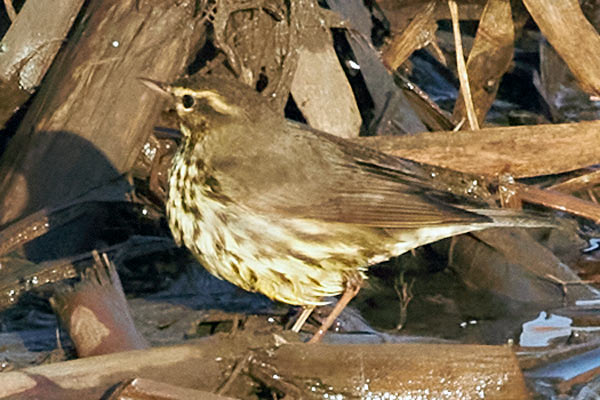
Northern Waterthrush Heybridge EssexJanuary 2024A good start to the year, I saw this at my first attempt, but went back as I was in Kessingland and it was relatively close by. On occasion it showed really well, it flew to within a few feet away at one point but of course was part hidden by grass.Better shots than the one I saw at Portland in 1989.
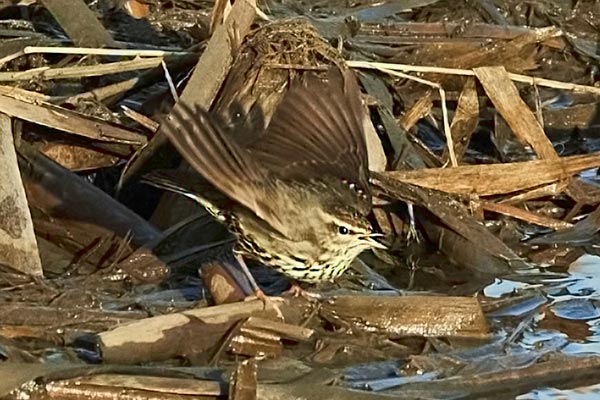
Northern Waterthrush Heybridge EssexJanuary 2024I've heard all sorts of stories about people dipping this bird. Obviously the first one for a long time had overwintered and escaped mass attention whilst everyone was twitching more showy warblers. It never seemed to have a regular pattern, although early mornings were best.
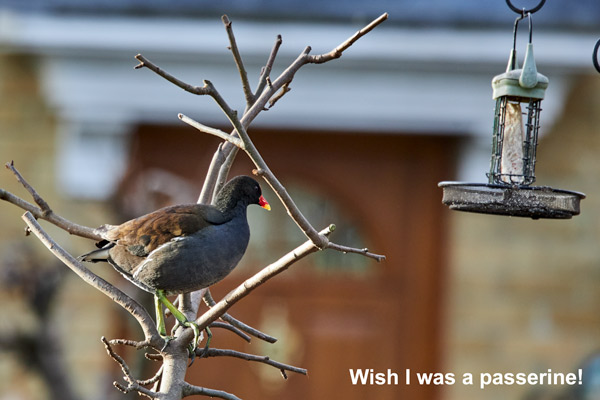
Moorhen Heybridge EssexJanuary 2024Although I saw one many years ago, I went for the Waterthrush. As I walked to the site along the river, I saw a rather uncharacteristic Moorhen in a tree, which was the only reason I photographed it.
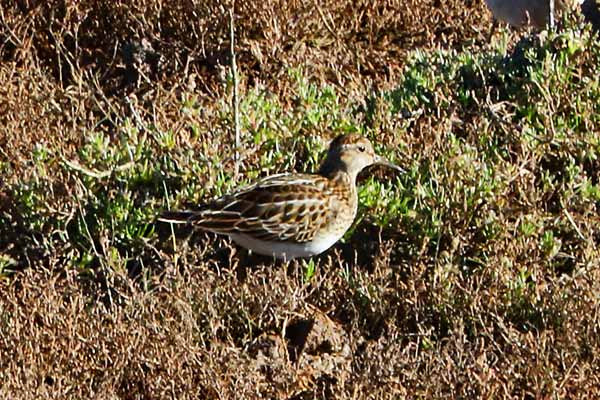
Pectoral Sandpiper Frampton October 2023I keep a Frampton wader list, so called in on my way home from Shetland, as three American waders had been reported. Only the Semi-palmated Sandpiper was an addition to my list, but the only one I managed a half-decent photo of was the Pectoral Sandpiper.
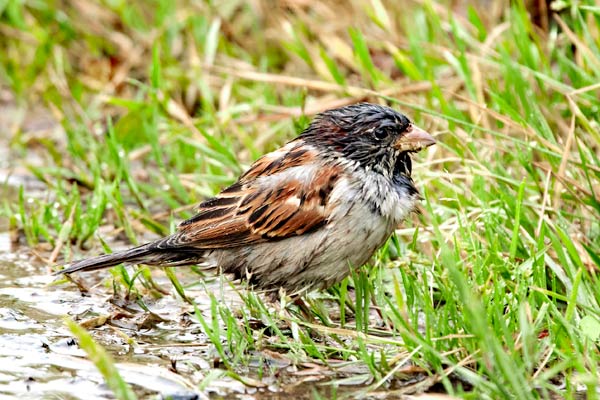
House Sparrow Lerwick ShetlandOctober 2023My last day on Shetland poured with rain all day, so I drove along Sea Road looking for and photographing waders. A very strange House Sparrow hopped along in front of the car, it looked as if it was crossed with a Munia!
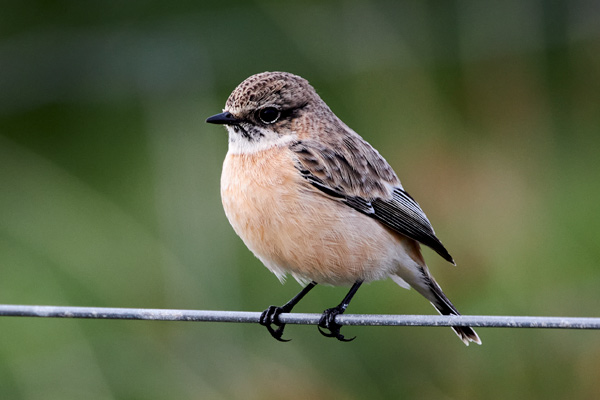
Siberian Stonechat Hamnavoe ShetlandOctober 2023A very obliging bird which seemed to fly in a circle perching on fences, rooftops, walls and occasionally the ground, oblivious to birders. Or was it posing for photos?
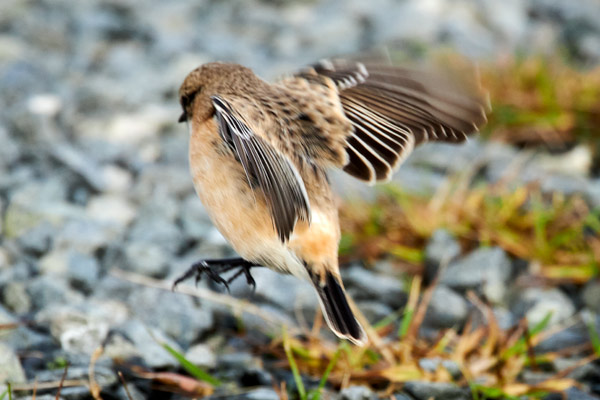
Siberian Stonechat Hamnavoe ShetlandOctober 2023A relative long-stayer, I finally went to see this bird. There had been some talk of Amur initially, but it remained a Siberian on the app.
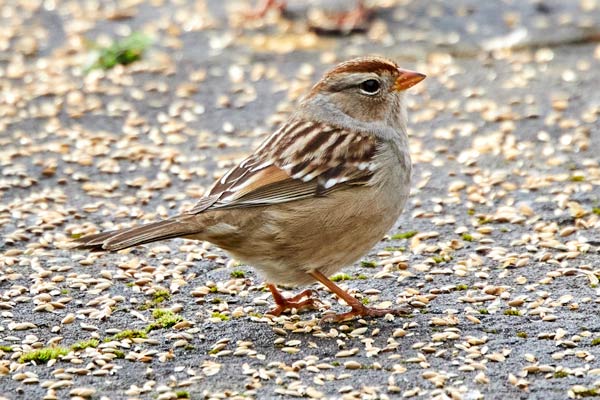
White-crowned Sparrow Fetlar Shetland October 2023 Many thanks to the finders who allowed people in to "their" shed, otherwise a long wait could have been on the cards as the garden was enclosed and too small for a crowd of birders. I stopped to ask a birder where it was, she said "in my garden", so I gave her a lift home.
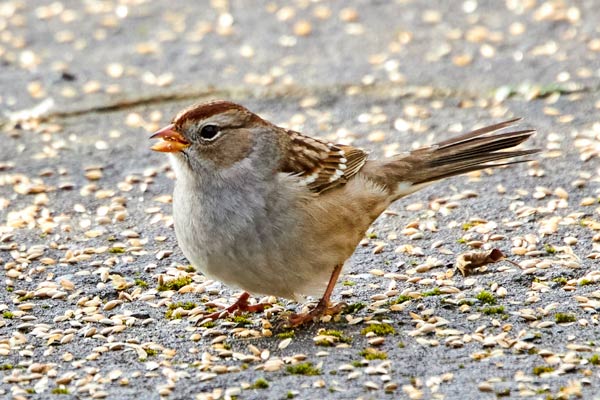
White-crowned Sparrow Fetlar Shetland October 2023Not an easy bird to see in the UK, especially this race, gambelii which has a more westerly distribution. Most of the 14 records have been on islands, the only easily twitchable bird being that at Cley in 2008.
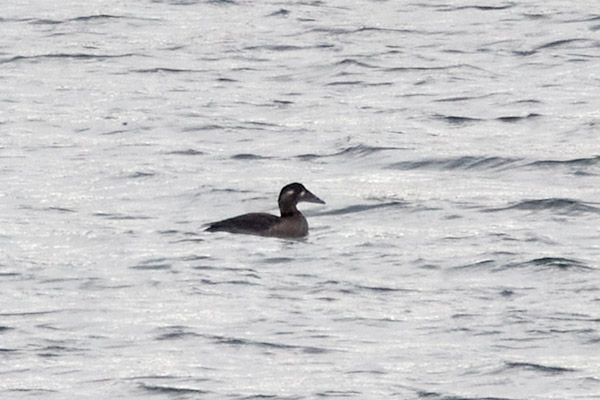
Surf Scoter Burravoe Shetland October 2023I just had time after returning from Bressay to go and see this, as it was close to the chalet on Yell. Surprisingly few ducks on Shetland this year, no King Eiders, although they may well return over winter. This bird was completely alone but didn't come close.
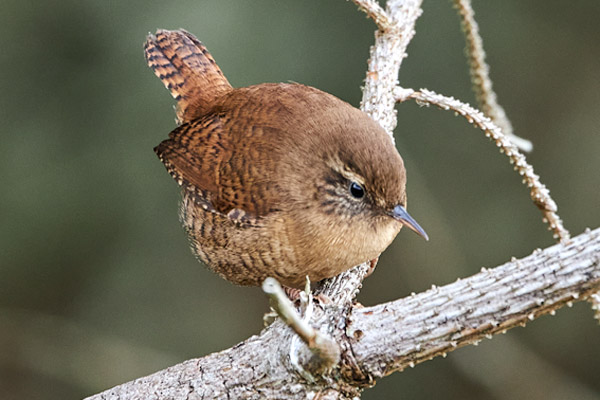
Shetland Wren Bressay Shetland October 2023A Shetland wren kept popping out on to the wall near the path to see what was going on. Although distinct from its mainland relatives, I personally hope there is no split, as I'd then have to go to St. Kilda
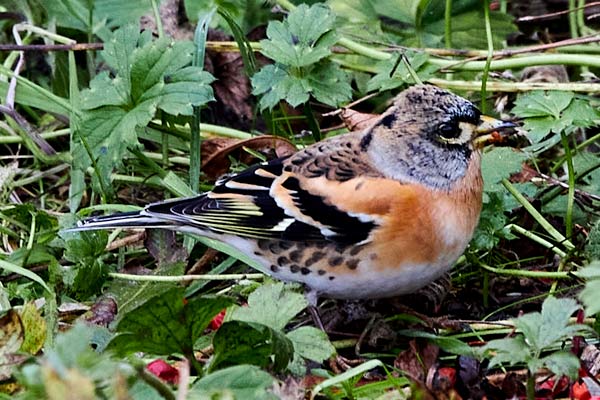
Brambling Bressay Shetland October 2023 Bramblings were less common this year, but a small flock did help to relieve the boredom waiting for the White's Thrush. This was one of two which were only just beginning to grow new head and mantle feathers hiding the breeding black.
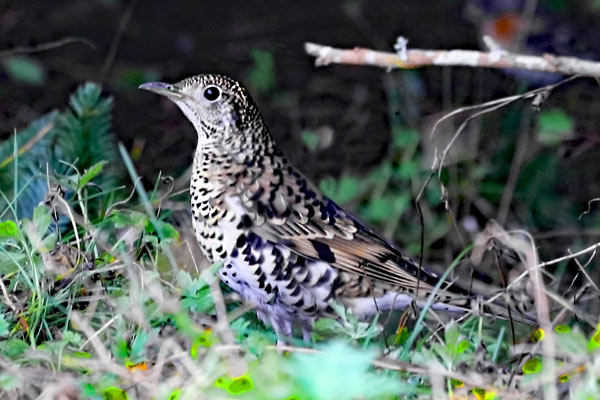
White's Thrush Bressay Shetland October 2023I had long wanted to photograph this species, my only experience being a flight view on St. Agnes many years ago, so this was doubly welcome when it eventually started to show a little more frequently, on my second visit.
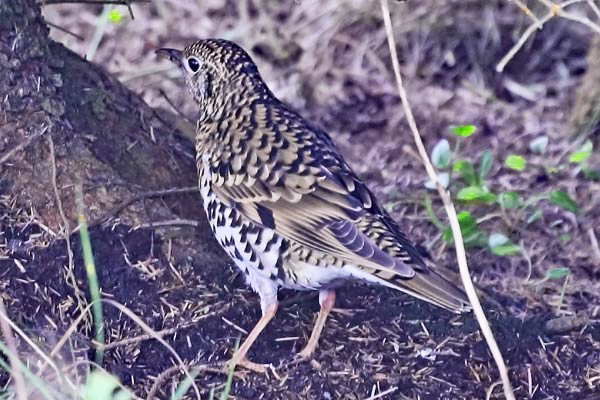
White's Thrush Bressay Shetland October 2023When I first went for this I was late due to ferries, and it had stopped giving flight views and become very elusive. Eventually after several hours and three partly hidden views it stood on a path right in front of me in the sunshine! The camera was halfway to my eye when it flew up and I didn't see it again.
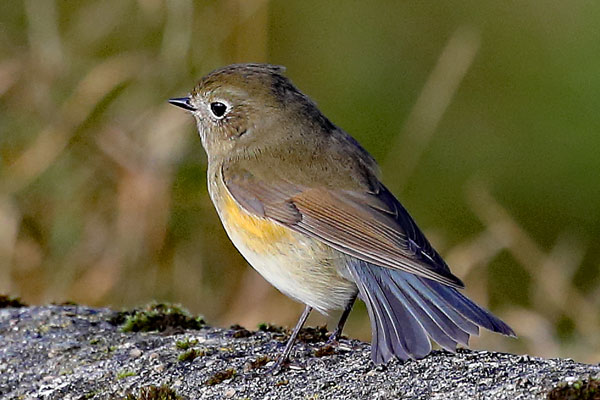
Red-flanked Bluetail Camb, Yell Shetland October 2023The bird showed intermittently, but as more people arrived it stayed within the garden more. I was fortunate when I returned to my car to get a snack, I was the only one there when it hopped across the front of the garden in full view.
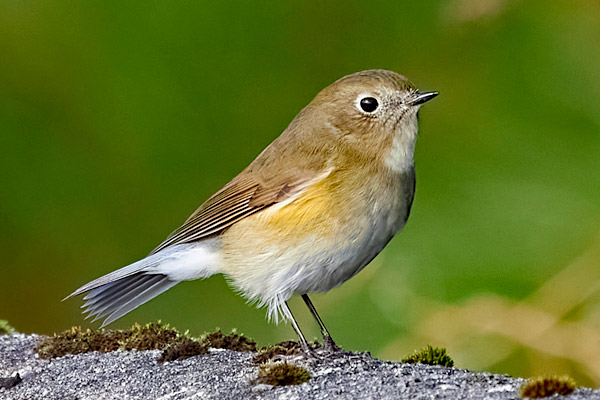
Red-flanked Bluetail Camb, Yell Shetland October 2023Having seen the White's Thrush I decided to do some birding around Yell, eventually meeting up with Adrian Kettle at Mid Yell. After I left him to return to mainland for another try for the thrush I got a call-"are you on the ferry yet? I've just found a Red-flanked Bluetail" It wasn't there the following day.
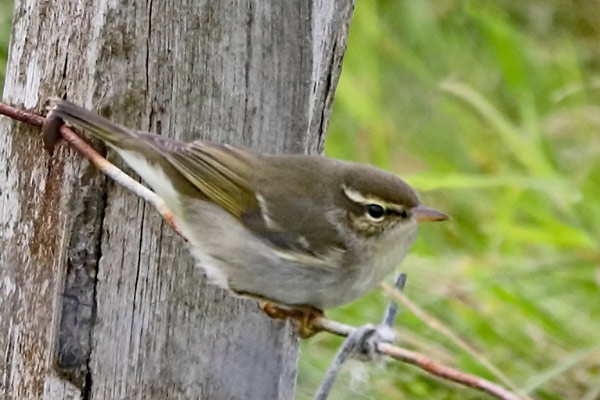
Arctic Warbler Skaw UnstOctober 2023Whilst at Norwick news came through of an Arctic Warbler at Skaw, just down the road. Due to its remote location (from mainland) few people turned up, and after a wait when a Merlin harried the local Meadow Pipits, the bird gradually came closer and showed well.
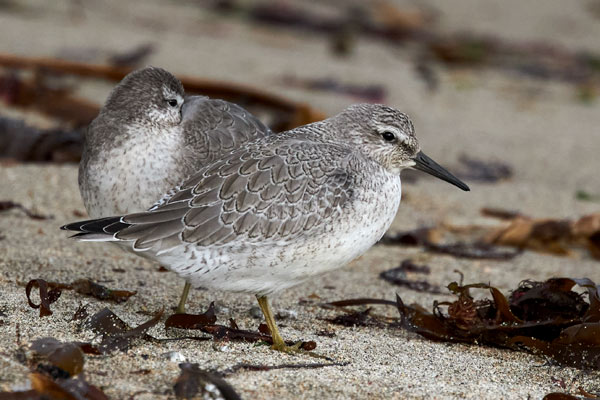
Red Knot Norwick UnstOctober 2023 This year a few knot showed well, and not being in a flock, allowed quite close approach to show the intricate feathers of their winter plumage. I made sure to eliminate Great Knot, Shetland hosted the first British record, and another was at Skaw in 2019.
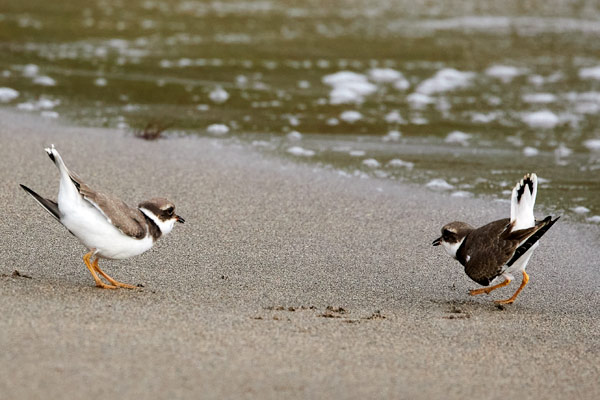
Ringed Plovers Norwick UnstOctober 2023 There are always a few waders at Norwick, whilst photographing them I witnessed an altercation between two Ringed Plovers.
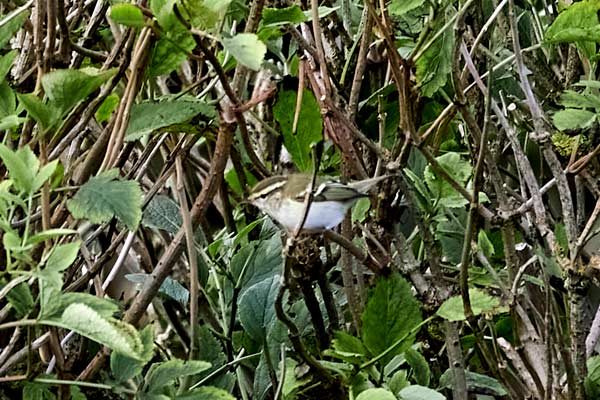
Yellow-browed Warbler Valyie October 2023Very few birds seemed to be on the northern islands this year, so I decided on a trip to Valyie and Norwick "on spec." I did find a couple of Common Rosefinches and this Yellow-browed, a few Bramblings and Goldcrests, but little else apart from an early Redwing.
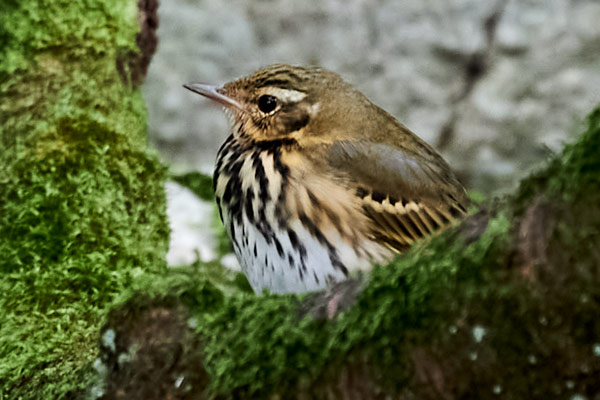
Olive-backed Pipit Voxter ShetlandOctober 2023 Having not seen an OBP clearly for years I went for this en route to Yell. It was at least confining itself to a small walled garden where birders were welcome. It showed quite well on and off, but whenever it went on the grass it was largely hidden.
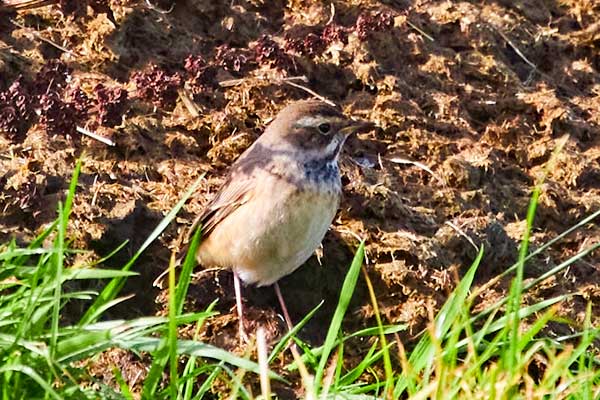
Bluethroat Sound ShetlandOctober 2023 Having made a fruitless journey to the wrong place (satnavs are useless on Shetland) I dipped this, but went for the nearby wagtail and caught up with it the next day after the warbler and before checking in to my chalet on Yell.
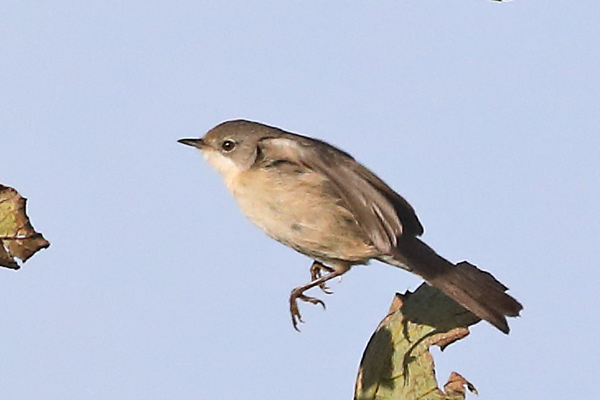
Eastern Subalpine Warbler Wester QuarffOctober 2023 Seen briefly the previous day, this was a typically elusive bird, and also mobile. The blandness of its appearence (probably 1W female) ensured I didn't spend long with it, more interest was from two or three Merlins in the area, but they were too quick for the camera.
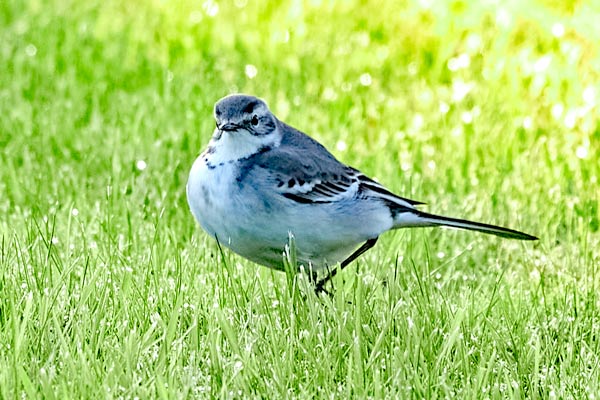
Citrine Wagtail Sound ShetlandOctober 2023A Shetland regular, this time on a nicely kept lawn on the outskirts of Lerwick. Within a mile of the Bluethroat, which I dipped earlier in the afternoon. A much better marked bird than the one on Unst two years ago.
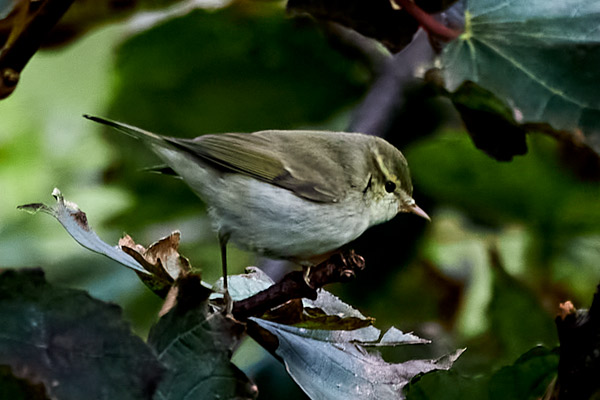
Greenish Warbler Grutness ShetlandOctober 2023Being on mainland for my first day, after the Veery there was time to get this somewhat showy Phyllosc., plus a couple of others as well! The rain ceased briefly for this, but soon started up again, but that is typical Shetland!
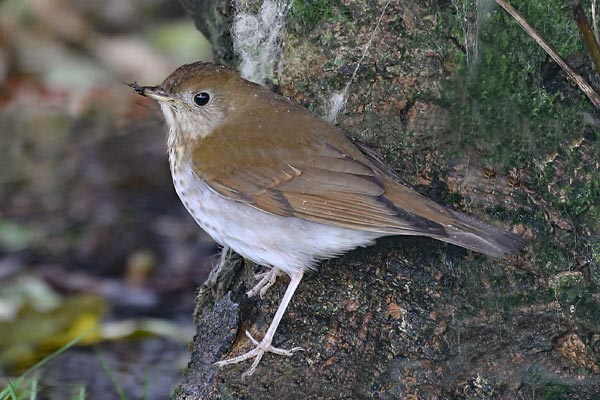
Veery Lunna Shetland October 2023This was my third Veery in the UK, such a shame Mike's no longer with me, he'd never seen one in Britain, although he saw plenty at Magee and Pelee. It was very popular with many arrivals on Shetland, and the first I've photographed here.
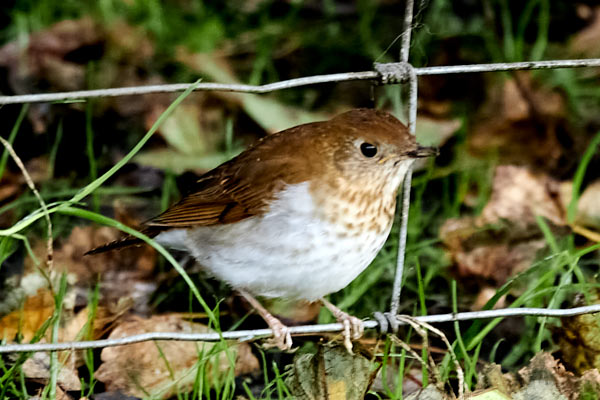
Veery Lunna Shetland October 2023I seem to have finally got twitching out of my system, seeing nothing in September, but this was a good start to Shetland on the day I arrived. Pouring with rain, the difficult conditions were offset by the bird being very obliging.
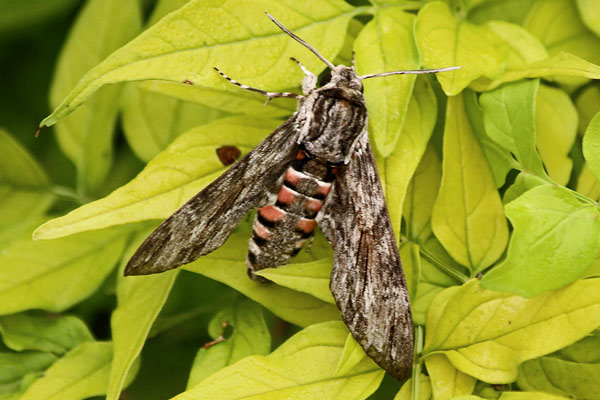
Convolvulus Hawkmoth Sutton Bridge September 2023It seems I am finally able to ignore the pressure of twitching as I didn't go for anything in the aftermath of the hurricane, intending to go to Shetland. It did mean I put the moth trap out more frequently, to good effect. Despite mothing for ten years, this was my fifteenth new macro moth at Sutton Bridge this year.
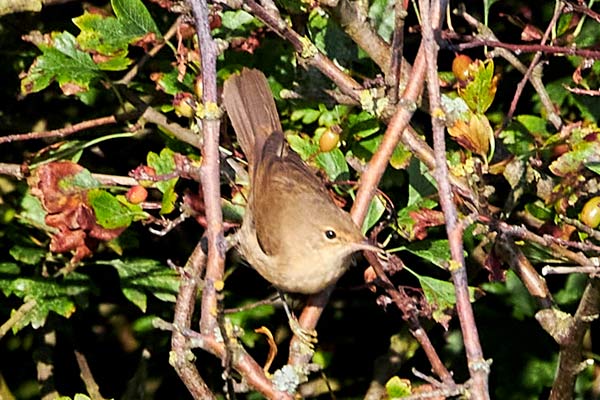
Marsh Warbler KessinglandSeptember 2023 I saw this briefly during a few days at our holiday home. I couldn't identify it so took a few photos, which I promptly forgot about. After returning from Shetland I was catching up on processing, when I identified it as a Marsh Warbler (dark alula, prominent eye-ring etc.)
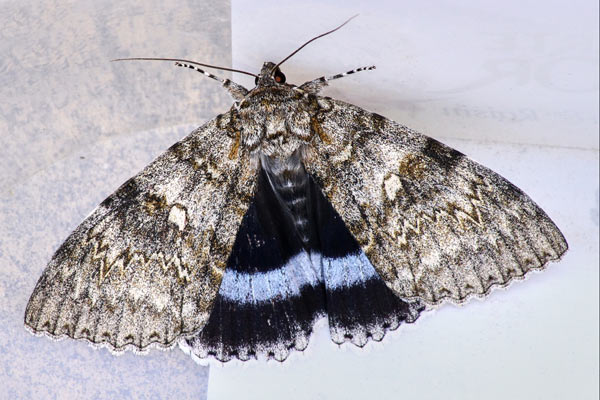
Clifden Nonpareil Sutton Bridge September 2023A lot of these this year but my first ever, they are resident further south, where they have established breeding colonies. Just before I went to Kendal one was trapped there which was only the second for the area.
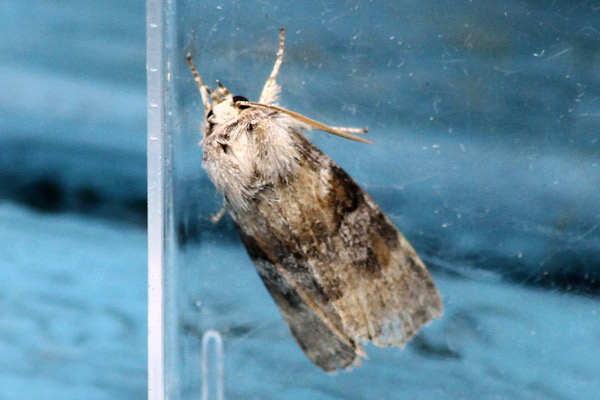
Oak Lutestring Kendal August 2023I went to visit a friend in Cumbria for a few days, and we trapped this which is apparently quite rare up there too. I have never trapped any lutestrings at home, in total I had four new moths, including September Thorn. On returning home I had August Thorn in September!
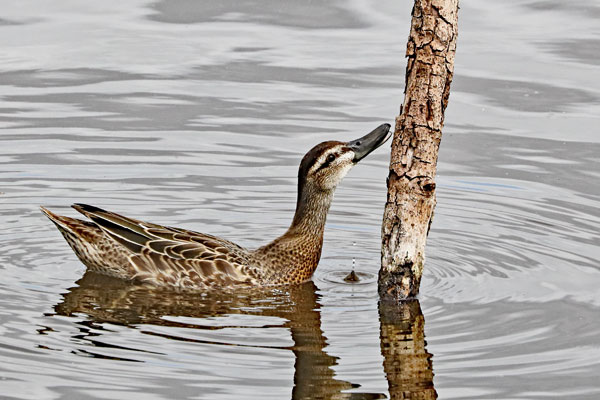
Garganey female Strumpshaw Fen August 2023Very distant view of a Honey Buzzard didn't allow for photography, some compensation was this showy Garganey in front of tower hide, which of course is the furthest distance from the car park!
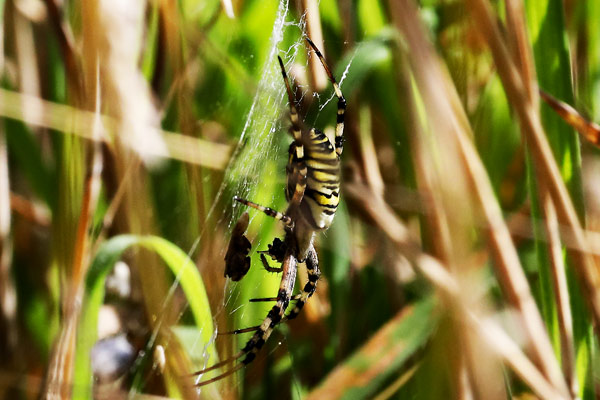
Wasp Spider Carlton Marsh August 2023Carlton Marsh is very close to our holiday home at Kessingland, and a new visitor centre seems very into bugs. Two of these were just outside, half-hidden in the grass. Better than the ring-necked duck I walked miles to see and didn't!
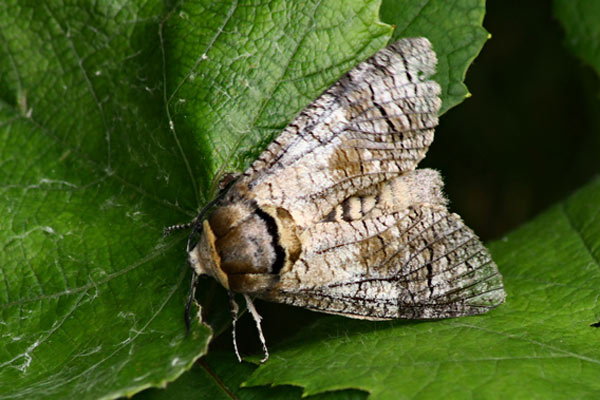
Goat moth Sutton Bridge July 2023Processing the morning's moths, I noticed a large moth on the wall outside our bedroom. I was amazed to find it was a Goat Moth. Another scarce species, priority under the new status system, there is a stronghold at Welney, but Norfolk Moths hasn't recorded it there this year. Shame we're three miles from the border.
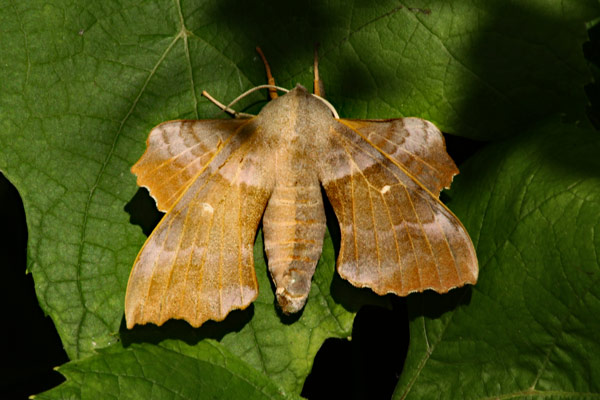
Poplar Hawkmoth Sutton Bridge July 2023This is a bilateral gynandromorph, a phenomenon often found in Lepidoptera. Thanks to Emma Turner, on FB for giving me its correct designation. Very woke! My last trapping of July was very interesting.
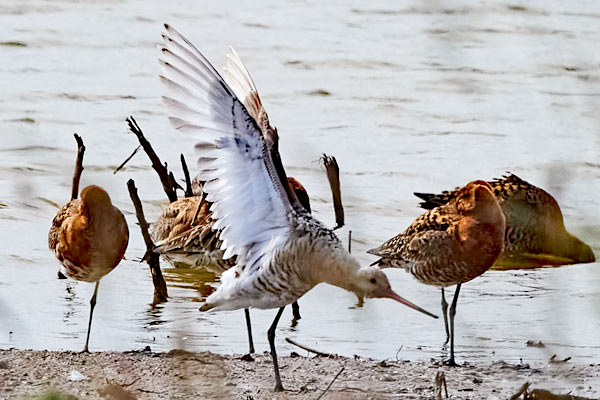
Leucistic Black-tailed Godwit Frampton July 2023Probably the commonest species at Frampton for much of the year, one day there's going to be a Hudsonian in there. Probably rarer was this individual, I've never seen one before, although I have come across sevaral albino waders.
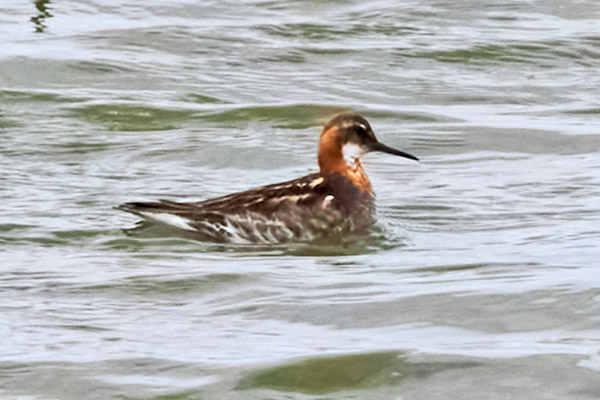
Red-necked Phalarope Frampton July 2023Not the first Red-necked Phalarope I've seen at Frampton. Said to be a male, it was well marked, could it have been a female starting to moult after breeding?
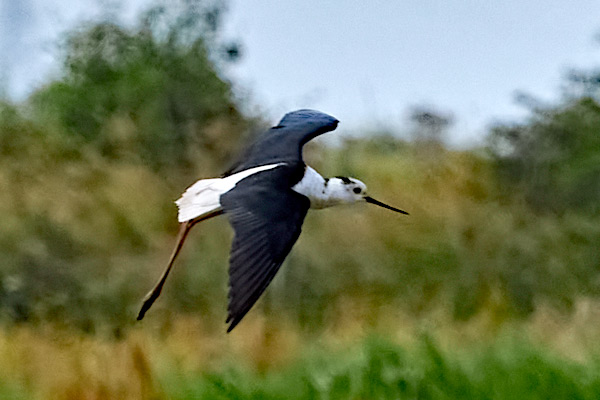
Black-winged Stilt Frampton July 2023Returning to Frampton to see a phalarope, I discovered that there were two pairs of stilts with young. This, one of the second pair, had nested near the main path. Will they "do a little egret" and become common; I think so.
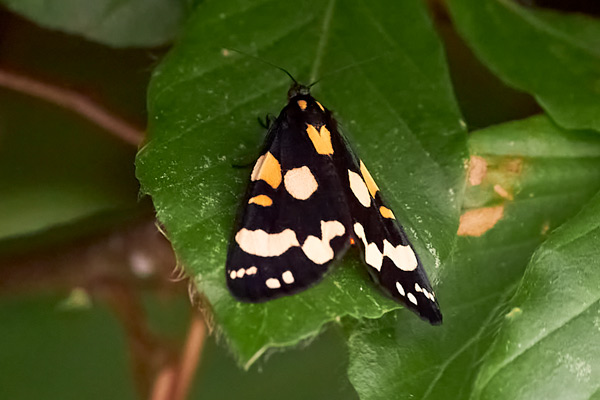
Scarlet Tiger Cley June 2023An added bonus, which is only my second ever moth twitch, came when I heard that a small number of this species were showing in Cley village. Being a day-flying moth I was lucky enough to find one, which was a tick for me, although up to six seem to be present.
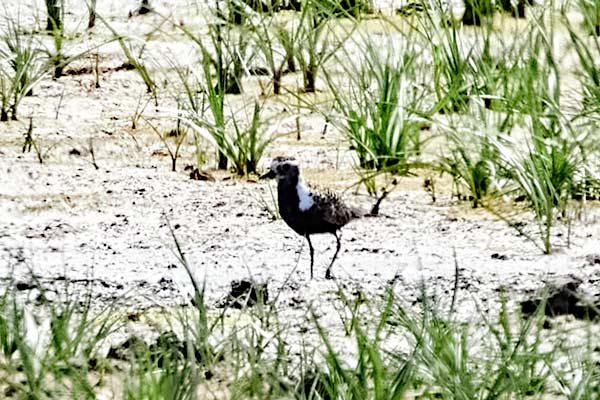
American Golden Plover Cley June 2023It's a long time since I've gone to Cley for a wader, living so close to Frampton, but I wanted to visit an old friend.
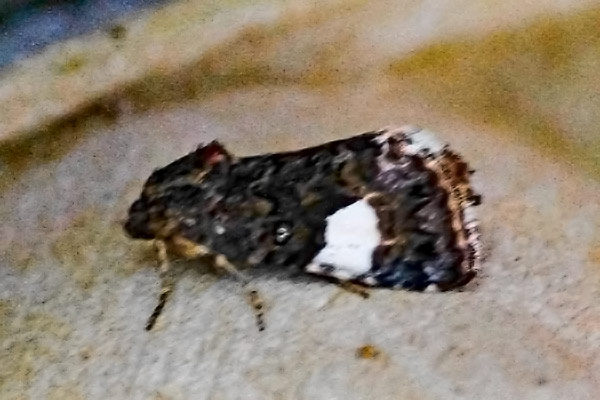
Four-spotted Tyta luctuosa Sutton Bridge June 2023On a busy morning for my moth trap, I nearly overlooked this, thinking it might be a micro. I took a couple of shots and it flew off, but I was able to identify later, when I realised it was a national rarity.
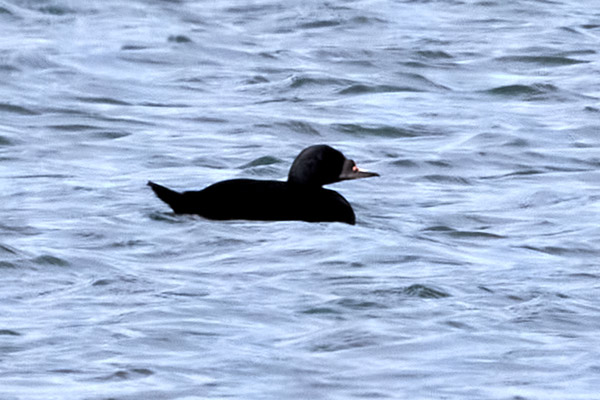
Common Scoter May 2023I have never, till now, got anything but distant shots of Common scoter, despite them being quite regular on inland bodies of water. This was on my way home (ish) from the Lapwing, and an adult male, so it was an easy way to rectify that situation.
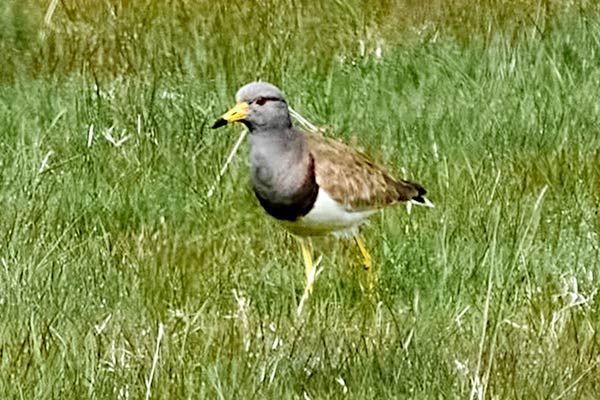
Grey-headed Lapwing Long Nanny May 2023No question of not going for this, we had seen them in Hong Kong 35 years previously but not got a photo. I first thought it was a first for Europe, and was quite surprised to find there had been a few previously. At least no-one suggested "escape". A beautiful species.
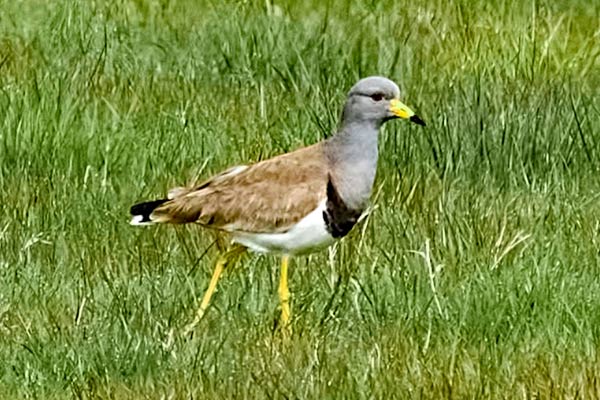
Grey-headed Lapwing Long Nanny May 2023Although I didn't get there when it was closely approachable, perseverence enabled me to get some decent shots. It tended to return in the evening to an area near the farm where it was closer, many people only had very distant views as it roamed quite a large area and was sometimes hidden from view.
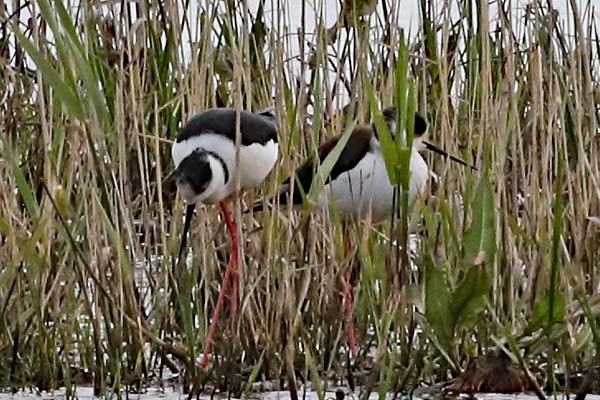
Black-winged Stilt Frampton May 2023A reasonably common visitor to Frampton, it came as no surprise when two pairs eventually bred. I went to see them when they first arrived, but didn't realise there were two pairs until I returned about a month later.
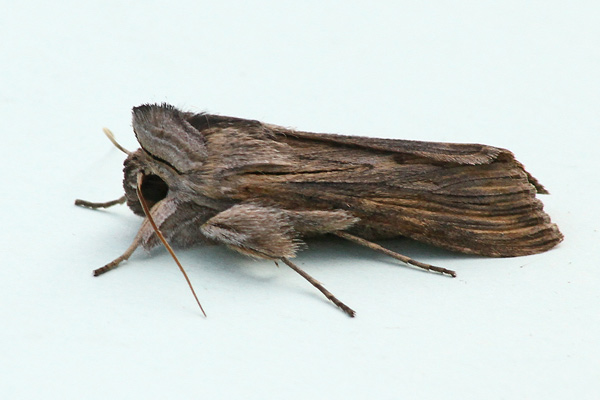
Chamomile Shark Sutton Bridge April 2023I have tried several times to trap moths in winter, with no result, probably the lack of woodland locally has a bearing. Although I usually start to get a few towards the end of March, this year was a waste of time until mid-April. Among the first one was this, new for me. Difficult to distinguish from Shark, the normal flight seasons are very different.
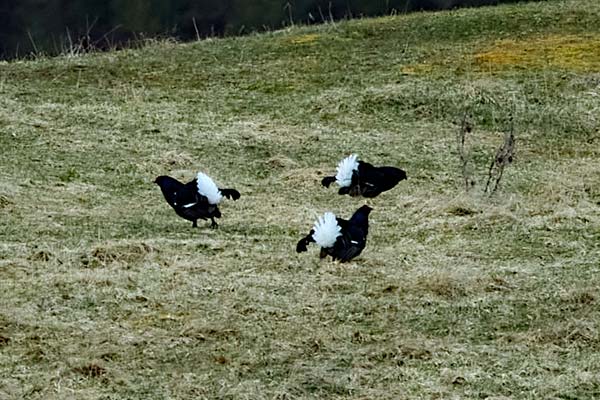
Black Grouse April 2023This is a well-known site locally, but suffers from the problem that a footpath leads towards the site, and the "couldn't care less as long as I get a photo" brigade will not stay in the layby on the nearby road. Good telescope views in the morning sushine, the road is above the lek, and several males can be seen at any one time.
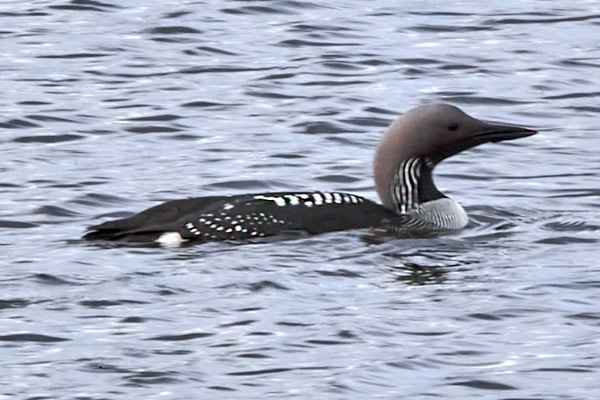
Black-throated Diver Lochindorb April 2023The regular breeding bird from this loch. I was speaking to a local who said he hadn't seen them this year, when one surfaced behind him! We first saw these birds many years ago, but whether or not they are the same pair I don't know.
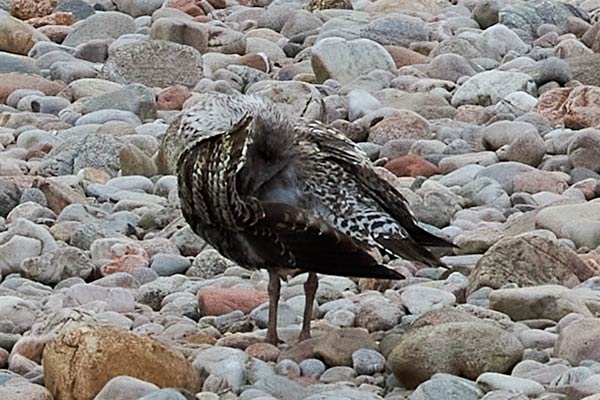
American Herring Gull Fort William April 2023I drove home from Aberdeen by a somewhat circuitous route , first driving north to see the Ross's Gull. I then went west to see White-billed Diver, again distant, and came down to Fort William in the hope of a tick. Although not reported for a week, I presumed it was still around, not being an area known for birding, and was proved right.
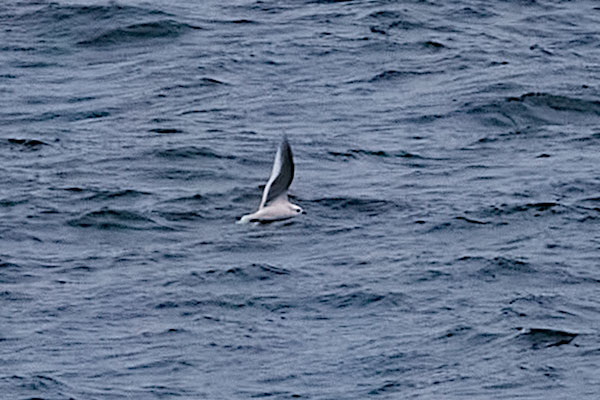
Ross's Gull March 2023As this was only forty miles north of Aberdeen, I went from the ferry. It was always distant, but a flypast Glaucous Gull was much closer, so it proved worthwhile. The last decade has seen far fewer Arctic Gulls, which is a shame.

Long-tailed Ducks Yell March 2023Now that the mussel beds off the Norfolk coast are much reduced, this can be a difficult bird to see in the south. Not the case on Shetland, where many were just about to attain breeding plumage, although I think winter coats are smarter.
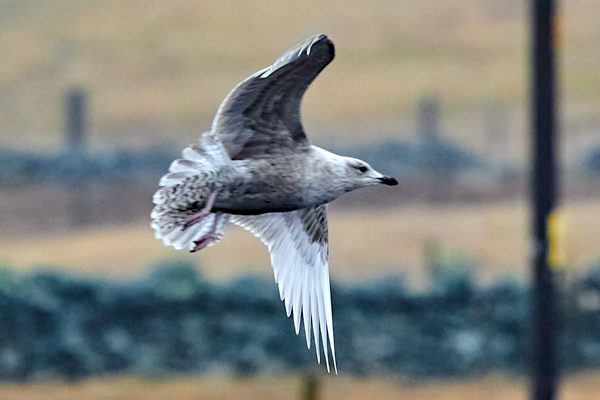
Kumlien's Gull Yell March 2023My car had broken down on Shetland last October, following "discussions" with the recovery service they funded its recovery. Adrian Kettle picked me up from the ferry and we went straight to see this before getting the car, and I was back on the ferry that evening.
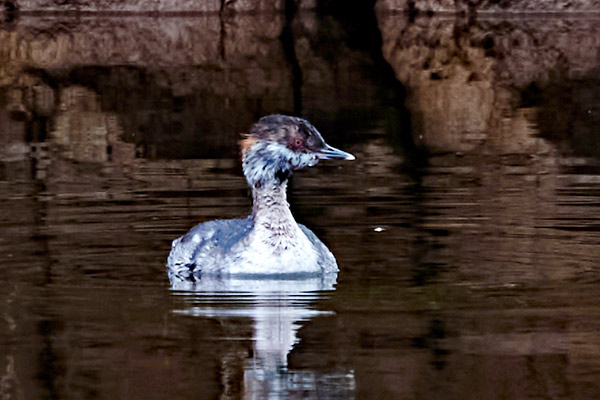
Slavonian Grebe Snettisham March 2023A scruffy bird, moulting in to summer plumage, but quite obliging at times in a channel behind the caravan site at Snettisham. A fair walk, obviously it started to rain!.
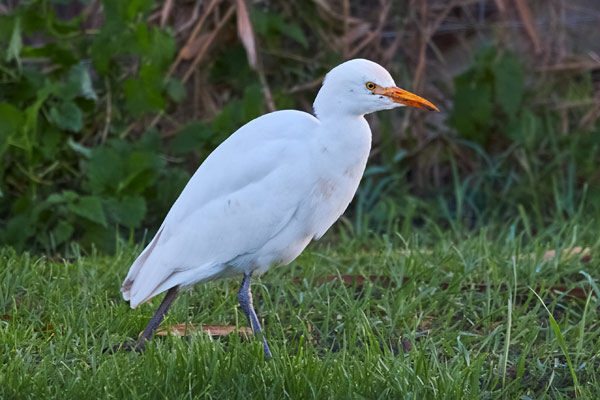
Western Cattle Egret Welney December 2023Mike was with us for Christmas, so Boxing Day was birding! We had seen the wintering egret distantly, as we headed for home it landed on the verge at the side of the road, the photo was taken from the car.
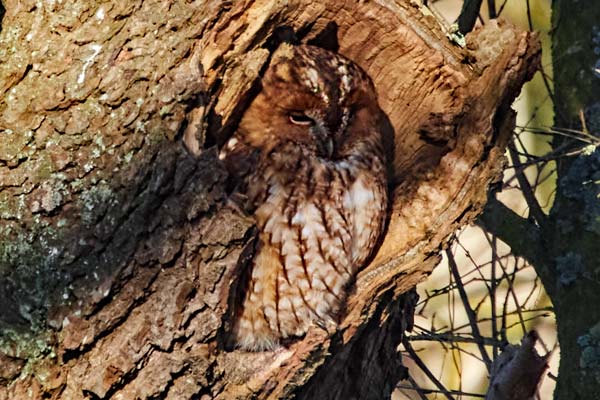
Tawny Owl Eldernell December 2022Long established as a good site for Short-eared Owls in winter, a rare thing was found at this site. Not rare in terms of status, but sitting out in the open in broad daylight. Perhaps it was guarding a nest as they are very early breeders.
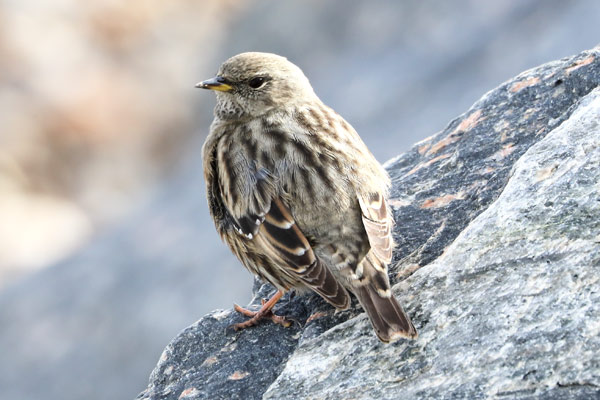
Alpine Accentor Slaughden October 2022Needing to stay put for a few weeks I decided not to go to Scilly, but couldn't resist a day out to see this, actually my second in Suffolk. First winters are in fresh plumage in autumn, and more or less indistinguishable from adults, very smart.
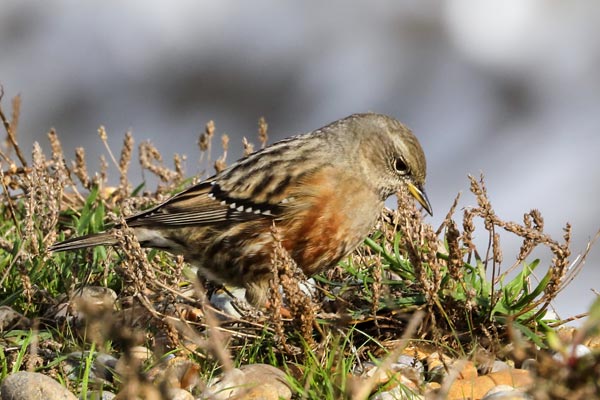
Alpine Accentor Slaughden October 2022Proving unusually difficult to get good views due to the rough tall grass where it was feeding, it did come out onto the beach area occasionally. Unfortunately it was a "gone Friday" bird, but it (or another) turned up on Blakeney Point. Glad I saw it in Suffolk!
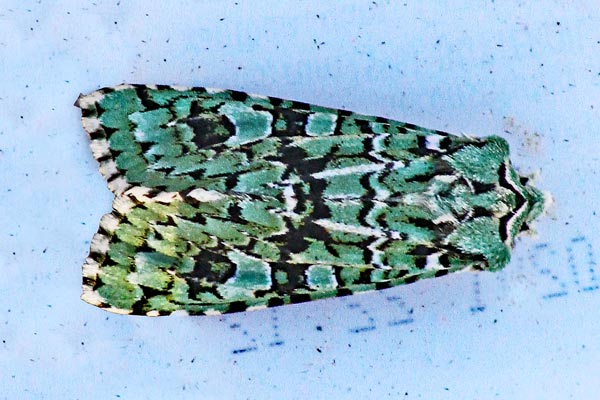
Merveille-du-jour Sutton Bridge October 2022One of my moth ticks was one of the most hoped-for species in anyone's trap. It's only taken ten years. Obviously fresh, two days later it was sat outside the trap and had faded noticeably. Presumably the pattern is a form of camouflage on lichen covered surfaces but it doesn't seem to work too well.
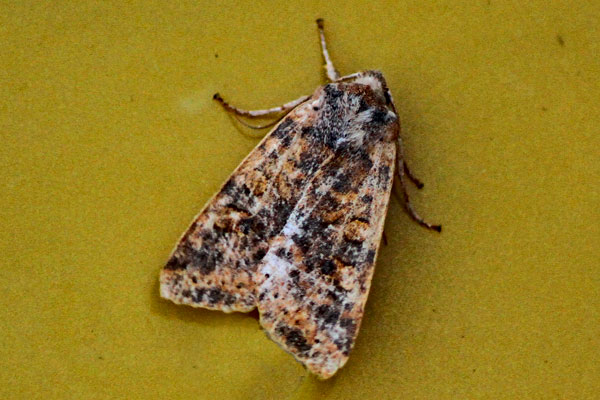
Dusky-lemon Sallow Sutton Bridge October 2022Having done very little moth trapping during the year, I put the trap out quite a lot during what remained of October. This proved to be a good move, since I had three new moths, this one being rather worn as you can see.
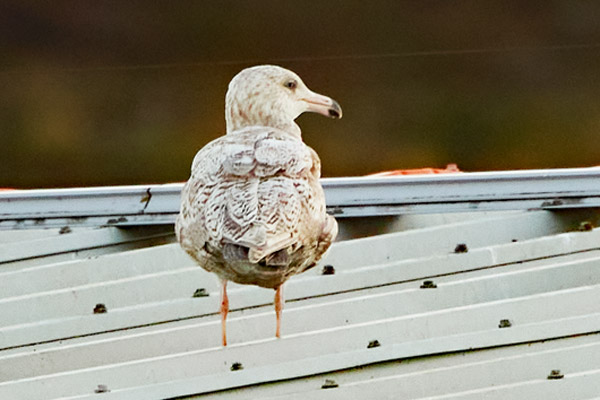
Glaucous Gull Lerwick Harbour October 2022Present most of the time we were on Shetland, this 2nd year bird was often to be found on the roof of the fish factory. It often wasn't also, and it was near the end of our stay when I managed a photo. Let's face it, when you're on Shetland Lerwick Harbour isn't usually the place to be!
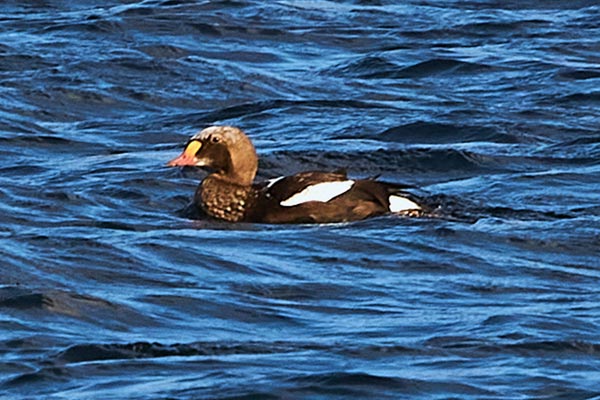
King Eider Scalloway October 2022The usual view of a King Eider on Shetland is of a distant bird in a voe which has to be found in a large flock of Common Eider. This bird was in a harbour with a small flock of Eider, and gave much better views, plus a Slavonian Grebe as a bonus.
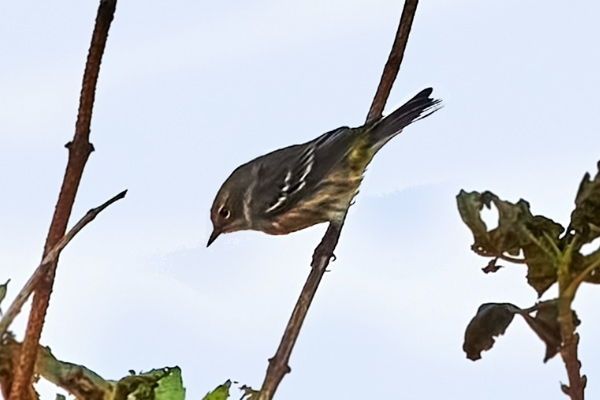
Myrtle Warbler Shetland October 2022Just as we were due to return home TWO Myrtle Warblers dropped in. We only managed the first, unfortunately, as the second bird showed better apparently. There's always next year!
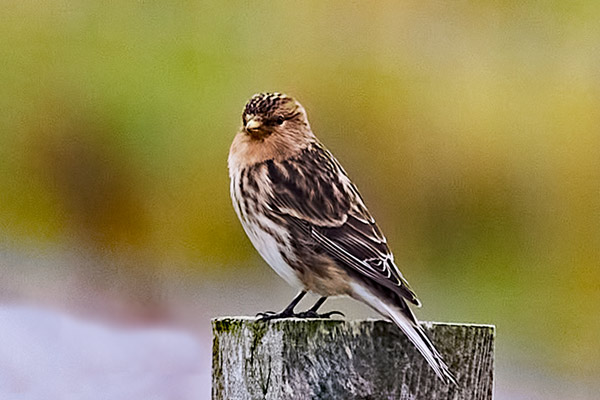
Twite Uyeasound October 2022A large flock of Twite was accompanied by a few Redpolls, which as far as we could tell consisted of an Arctic, a Greenland and several Lessers. However all the birds were very flighty, but the Twite in particular posed in front of the camera on occasion.
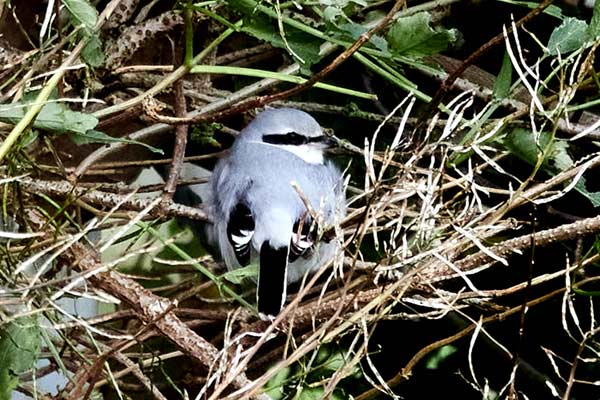
Great Grey Shrike Hillwick October 2022Thought by most, and looking like, a homeyeri this bird had a long stay but took to hiding in a private garden at times. Having travelled back to Mainland to see it we then had to repeat the journey when a Pechora Pipit turned up about 100m away.
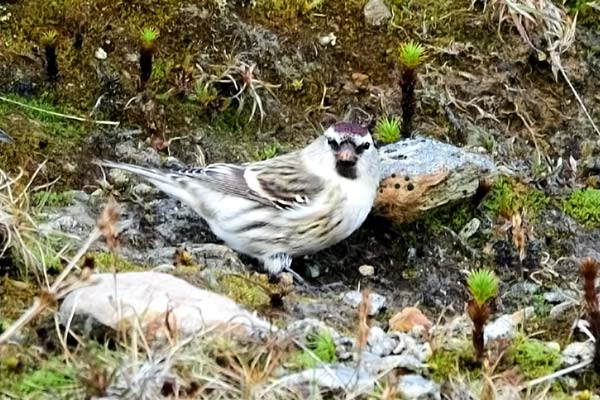
Hornemanns Arctic Redpoll Mid Yell October 2022One of the Arctic Redpolls at Mid Yell, looking very white and frosty, but then so did the Mealy! The flock flew around the village, never in one spot for long, this was taken behind the community centre.
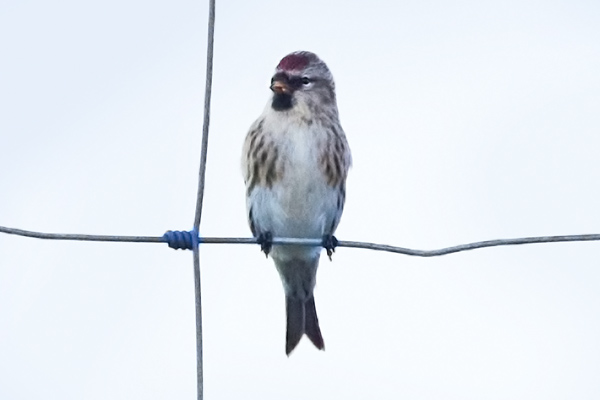
Mealy Redpoll Mid Yell Shetland October 2022The redpoll "problem" in a photo. This bird looked like an Arctic, indeed there were two around, different from the earlier single bird at Mid Yell. But look at the undertail coverts. The bill also doesn't appear to be the stubby bill of Arctic.
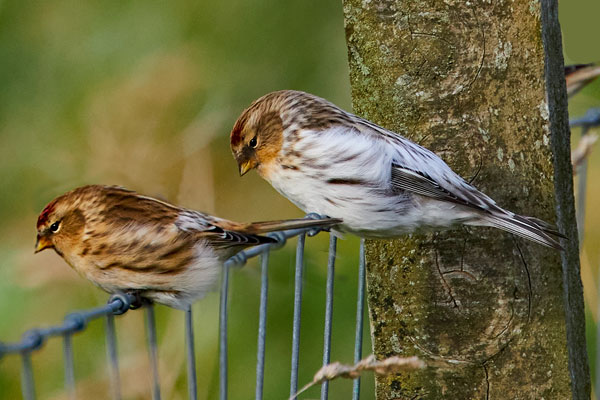
Redpolls Voe Shetland October 2022A visit to Voe for yet another Hornemanni gave me a nice comparison shot with a Lesser Redpoll. Any Redpoll being quite scarce where I live nowadays, it was interesting to see all the (sub)species, although we didn't confirm an exilipes Arctic.
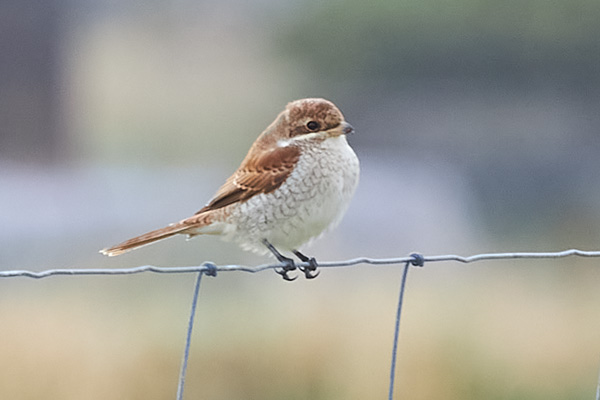
Red-backed Shrike Unst September 2022Missed the Woodchat this year, but this Red-backed Shrike showed well on the other side of the trees holding the Yellow-browed.
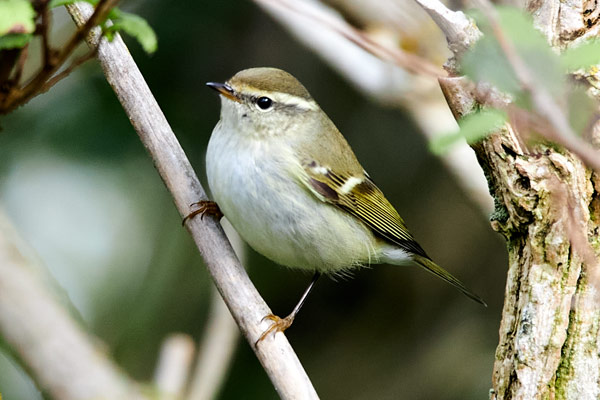
Yellow-browed Warbler Shetland October 2022A few more than last year, but nowhere near the numbers that will show after prolonged easterlies. However, the change in weather patterns is bringing more Yanks to us, so we shouldn't complain.
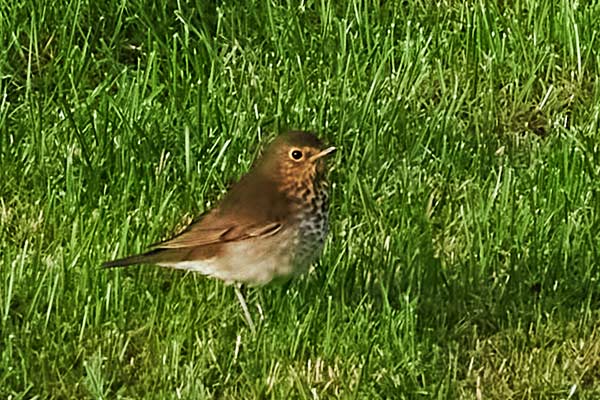
Swainson's Thrush West Yell October 2022Rarities are relatively uncommon on Yell, but this seems to be gradually changing, which suits us because we stay on Yell. Initially quite flighty and disappearing for long periods, it showed well at times during its stay.
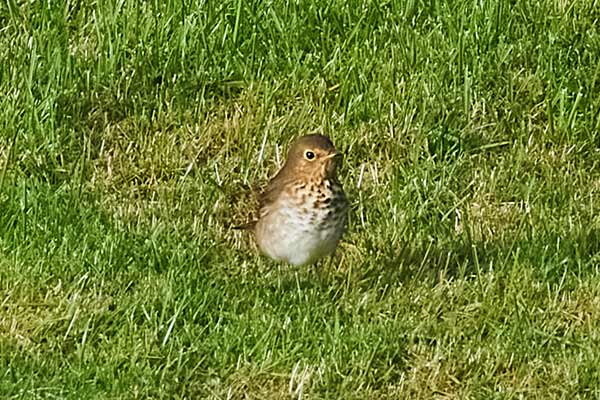
Swainson's Thrush West Yell October 2022Although showing well from time to time, appearences were often brief, and due to its situation it was best seen from the main road which was rather distant. It was first seen on a fencepost at the side of the road, but obviously never returned there as there were two nice gardens below.
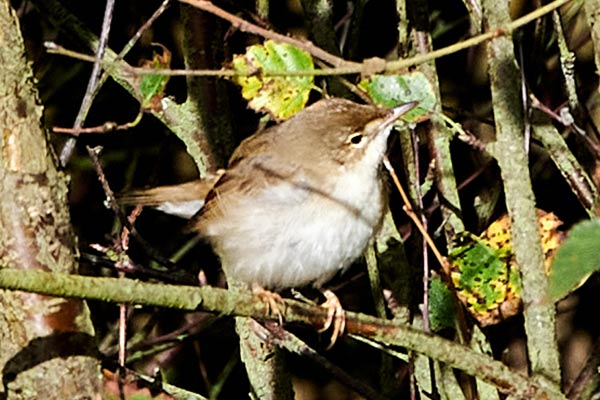
Blyth's Reed Warbler Shetland October 2022Found whilst waiting for the previous bird, there was some dispute about it's ID because the legs were quite pale. It did on occasion exhibit the "banana" posture, and as it wasn't a Marsh and Reed is a real rarity on Shetland, we are happy. We saw another later anyway.
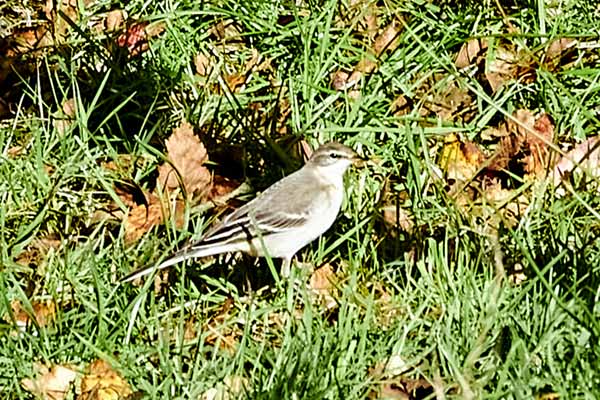
Eastern Yellow Wagtail Shetland October 2022Another repeat from last year, but this one did stay in one area during its stay. Unfortunately most of that area was out of view, but patience rewarded everyone eventually.
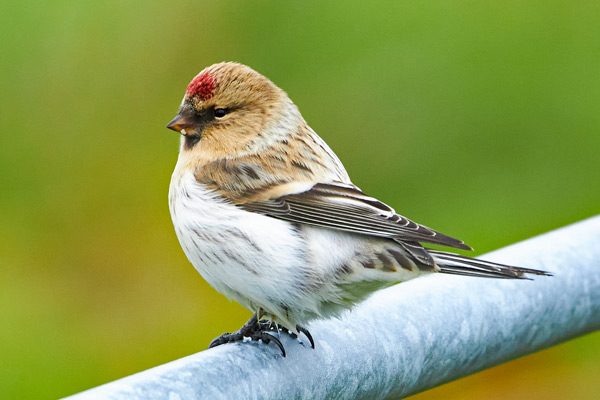
Hornemann's Arctic Redpoll Mid Yell October 2022Lots of these on Shetland, this wasn't the first we saw but it was the most photogenic. A beautiful little bird, found in our friend's garden.
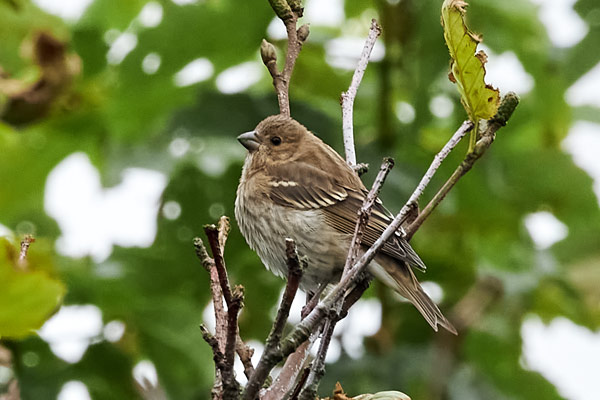
Common Rosefinch Shetland October 2022Norwick always seems to attract this species, this year there were four which were easily photographed when we went. A bit different to last year when all I managed was a beady eye in a weedy field
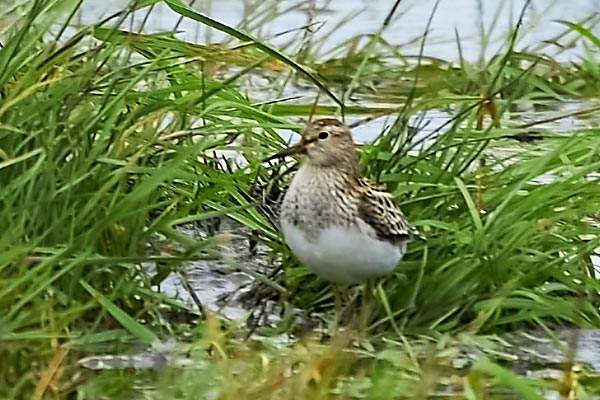
Pectoral Sandpiper Shetland October 2022I had a tick on Shetland this year but couldn't photograph it. This bird which was unusually flighty and actually changed locations several times, was one of two Pecs, also proving difficult to capture on pixel. I did manage a couple of shots.
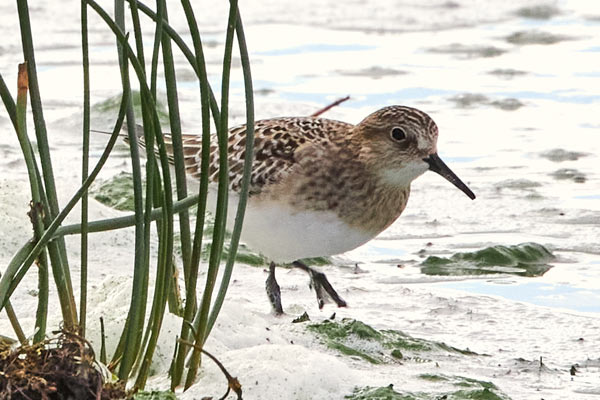
Baird's Sandpiper Meikle Loch September 2022At last a decent photo of one, taken on our way to Shetland. Despite negative reports the bird showed very well on occasion, it took us much longer to find the Loch than the bird. It's hidden from the road but once on site we were rewarded with Red and Black-necked Grebes in addition to the Baird's.
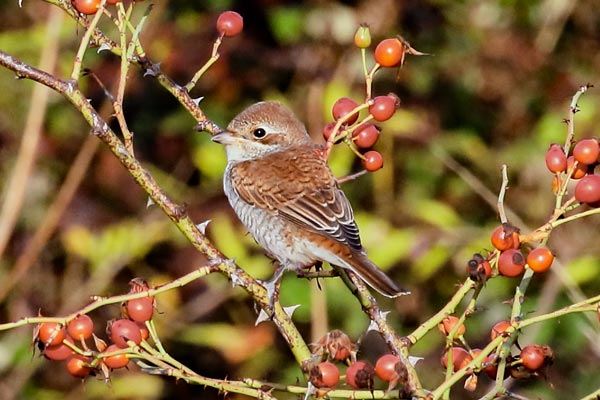
Red-backed Shrike Kessingland September 2022My first decent find at Kessingland which lingered for a few days, just before we returned to Lincolnshire.
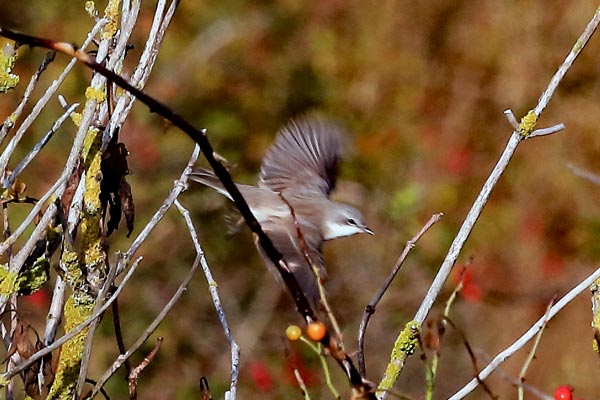
Lesser Whitethroat Kessingland September 2022A few good migration days, an Iccy, and five Pied Flycatchers in one bush, plus large numbers of Whitethroats and Lesser Whitethroats, but photography proved difficult.
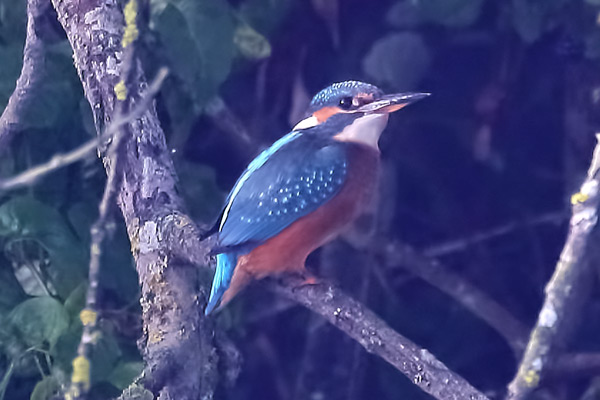
Kingfisher Kessingland September 2022Having been abroad for several weeks this year, we only had a short period at Kessingland before going to Shetland. Several migrants, but finally got a shot of the local Kingfisher, which is often flushed by dogwalkers.
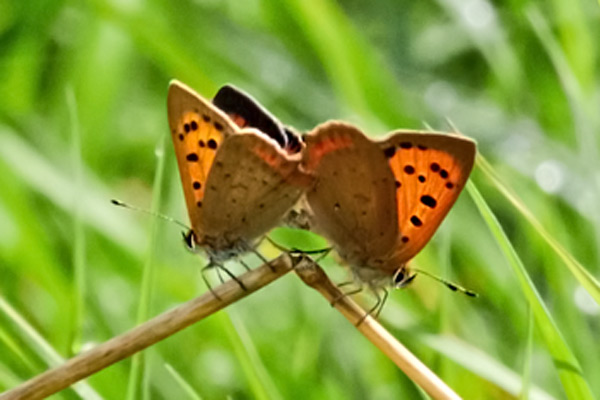
Small Copper Frampton September 2022A pair mating on a convenient broken stem. Unusually common at Frampton on this visit.
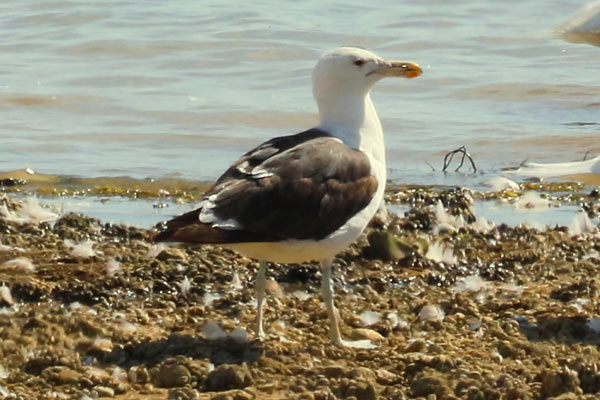
Cape (Kelp) Gull Graffham Water August 2022Long predicted following records in France and Western Sahara, this came as a complete surprise one Sunday afternoon. A good find, often close, enabling the bare parts, which are the main identifying features, to be easily seen.
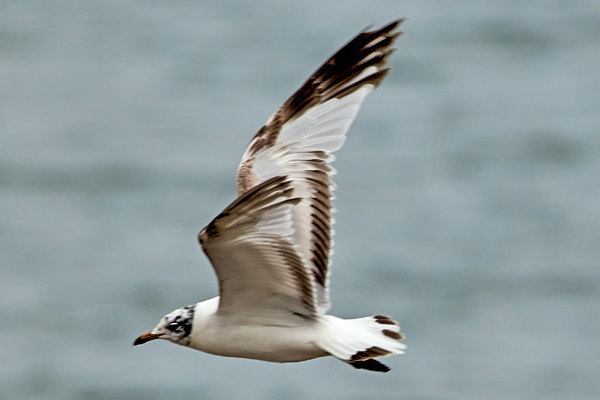
Black-Medded Gull Norfolk May 2022Mediterranean/Black-headed Gull hybrids are becoming more common as numbers of Med Gulls increase. A quiet spring this year saw us photographing this whilst seeing nothing else in particular.
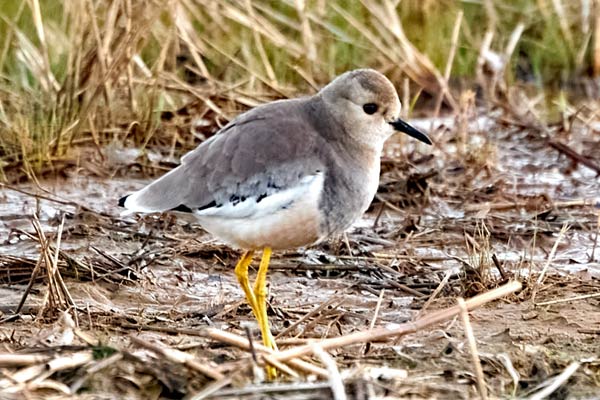
White-tailed Lapwing Frampton March 2022Starting to moult in to summer plumage and better than when it was at Blacktoft, this was a Frampton wader tick for me so I had to go. I didn't have to go three times, but it was worth it eventually when it settled close to a hide.
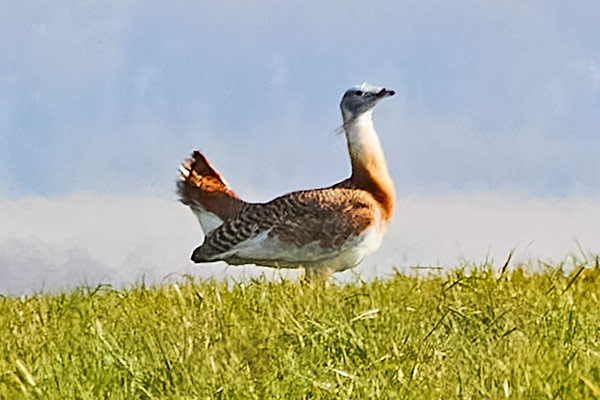
Great Bustard Salisbury Plain March 2022Whether you choose to tick them or not, the re-introduction scheme gives an opportunity to see displaying males at the right time of year. We saw 35 birds in total, about a third of the current population.
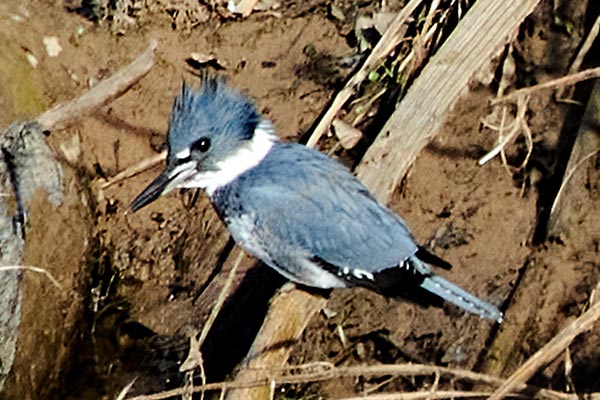
Belted Kingfisher River Darwen March 2022Amid stories of mud like The Somme, and people getting very brief views after several visits, the bird started to be seen regularly after a period of disappearence, so we made the pilgrimage. Not only did we get good views but due to the recent no-shows the entrance fee to the field was suspended. It soon went back though, wonder how much went to charity?
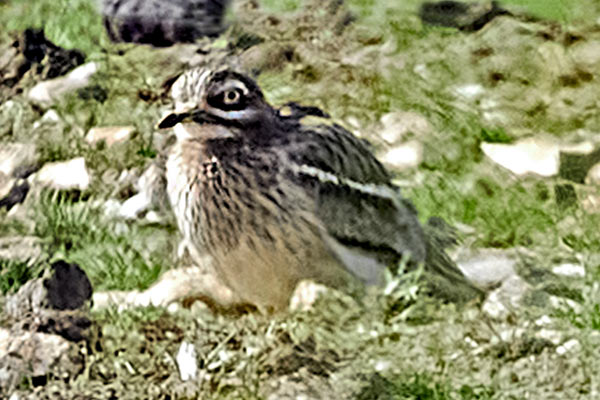
Stone Curlew Norfolk March 2022We stopped off in the Brecks on our way to somewhere else, and found at least six Stone-curlews in a field, there were probably more. A few Tree Sparrows were also around, and our first Willow Warbler.
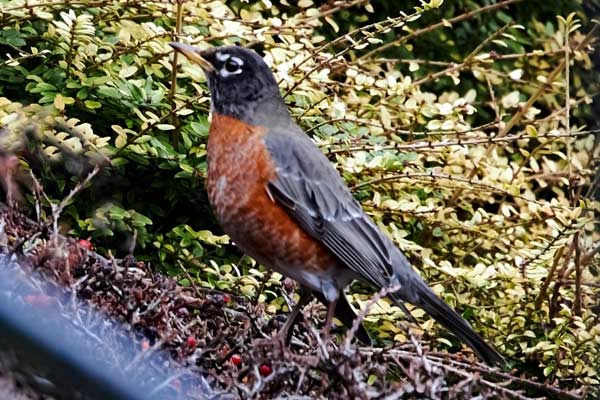
American Robin Eastbourne February 2022Another which probably arrived long before its discovery, on the edge of a housing estate. A lot easier than the nearby Hume's Warbler which was difficult to see, let alone photograph.
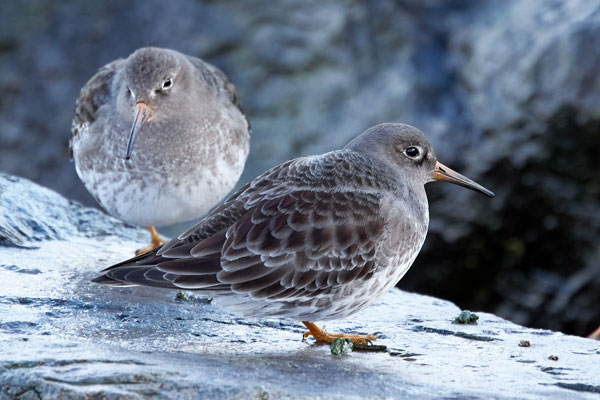
Purple Sandpiper Lowestoft Ness February 2022Nice to see a small flock of these, which have wintered at the Ness for many years. Numbers are down obviously over the long term but have been about the same since the millenium.
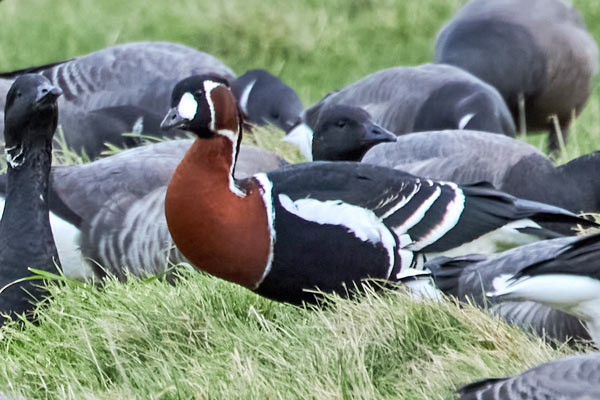
Red-breasted Goose Cley February 2022Like buses, you wait ages and then three come along together. Not absolutely certain whether it's two or three, as the Lincolnshire bird seems to have disappeared, but was there when this arrived, although the Essex bird wasn't.
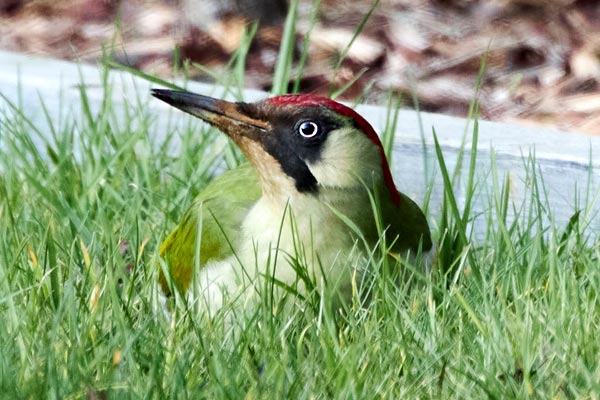
Green Woodpecker Dersingham February 2022How do you when it's time to cut the lawn? When it hides most of a woodpecker. Driving to see another Red-breasted Goose this was on a verge at the side of the road.
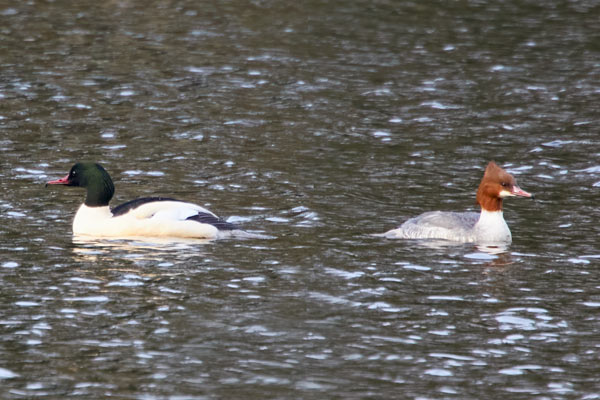
Goosander-Deeping Lakes January 2022If owls aren't showing, a visit usually produces at least a few Goosanders and Goldeneye. This pair looks as if they've fallen out, at least four birds were seemingly paired up.
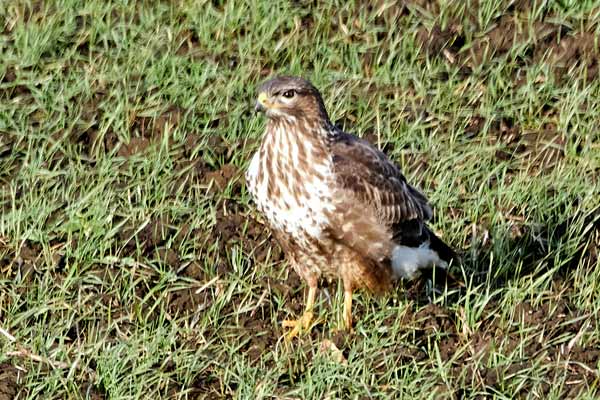
Common Buzzard Deeping January 2022Buzzards are far more numerous in the Fens now, when we first moved here they were a rarity, now I can see twelve in a day. Red Kites also, but this must affect populations of other species.
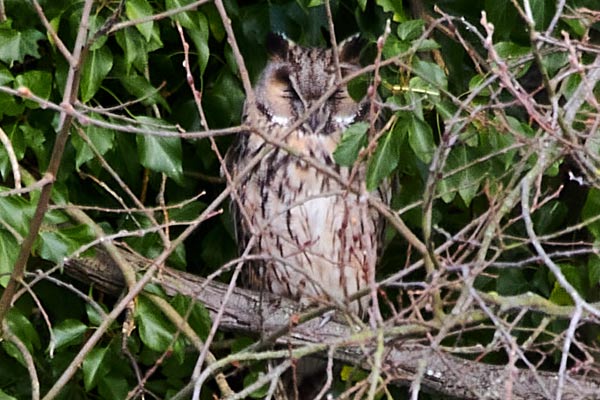
Long-eared-Owl Deeping Lakes January 2022Fairly close to home, a return visit found two owls roosting in a visible place. One was deep in and not really photographable, this one did at least move its head occasionally. It was a very pale bird for a Leo.
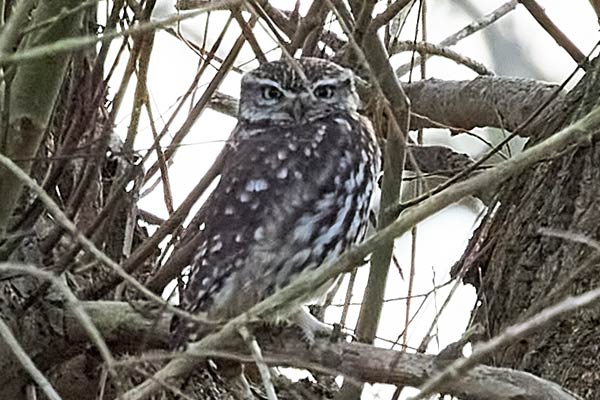
Little Owl Deeping Lakes January 2022A well-known winter roost of Leos, initial failure turned to success in this Little Owl nearby, a species which is becoming more difficult, certainly in Norfolk and South Lincolnshire.
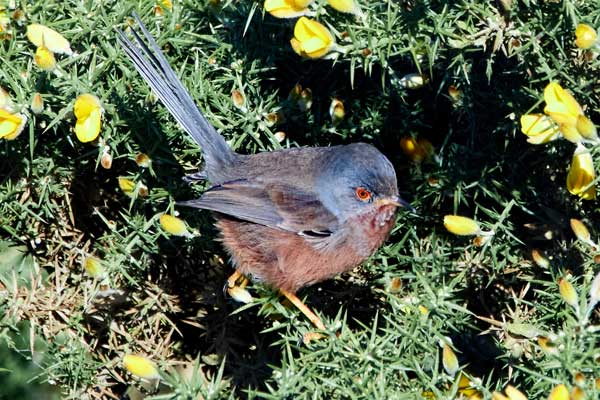
Dartford Warbler Norfolk January 2022Sunshine recently has seen a lot of activity from these often elusive birds, not yet singing but it won't be long. At least two pairs seemed to be following the feeding activities of Stonechats.
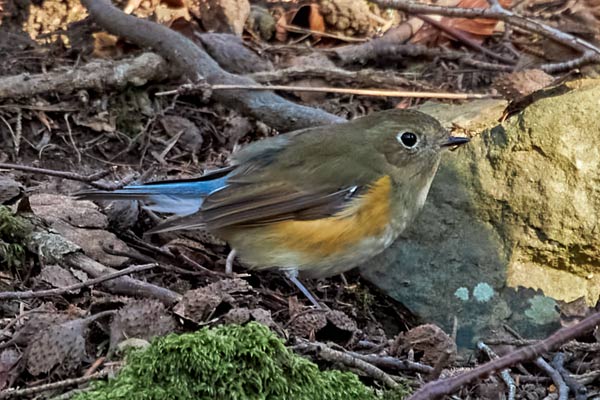
Red-flanked-Bluetail Durham January 2022Although it's been reported as a 1st-winter, this is the first record of a bird wintering in the UK. I think it could be a prospecting adult as the species is spreading westwards.
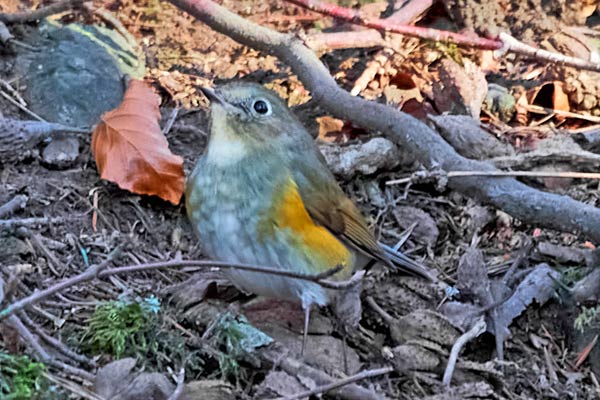
Red-flanked Bluetail Durham January 2022Haven't seen one for years, although an annual visitor now. A very different scenario from 1992 when the Winspit bird filled a small valley with twitchers, but it was a convenient stopover on our way home.
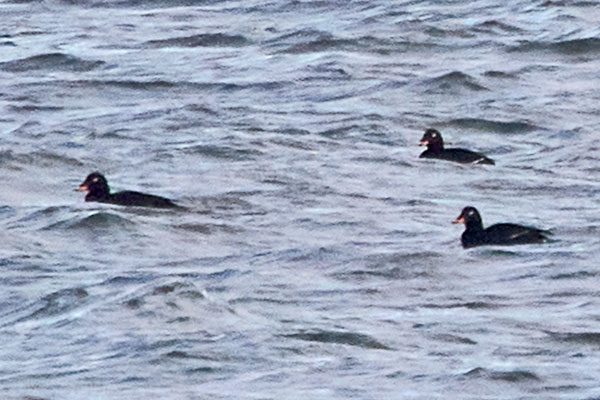
Velvet Scoters Musselburgh January 2022The long-staying White-winged Scoter attracted us, and we found it immediately we arrived, also a male & female Surf Scoter. Sadly six hours on the rising tide didn't bring anything closer.
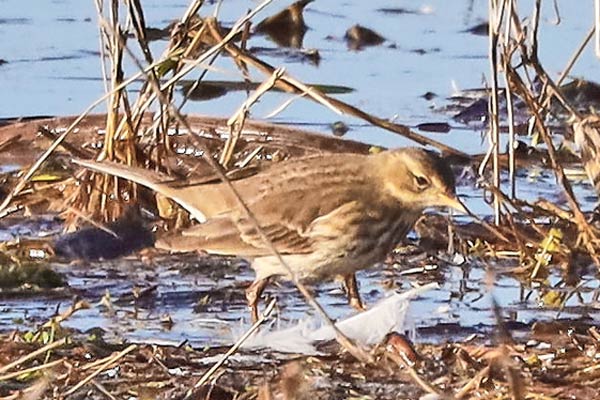
Water Pipit Welney January 2022A bit of sunshine makes all the difference, although this bird can be elusive in reedy tufts. Spent most of my time putting recently fledged birders on to it, the sunny weather having bought them out in numbers.
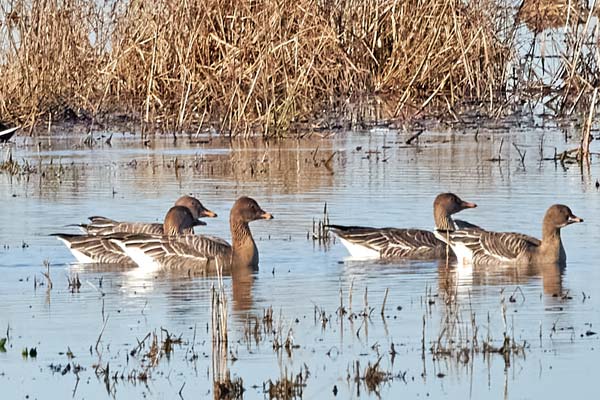
Tundra Bean Goose Welney January 2022Had to go twice for these, but it's not far. Weather/visibility poor on first visit, when I also dipped the Water Pipit, but there's always something to see (Great White Egret, Tree Sparrow, Short-eared Owl).
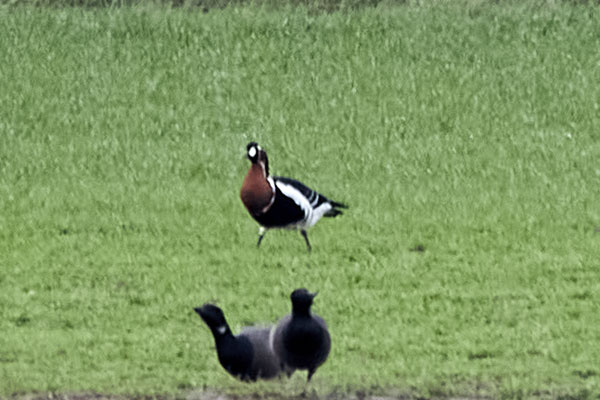
Red-breasted Goose Butterwick January 2022Hiding in plain sight, the flock also contained up to six Pale-bellied Brents and a Black Brant. The Brant's been in the area years, some say it's a hybrid but it looks like a Brant, albeit a little pale on the mantle.
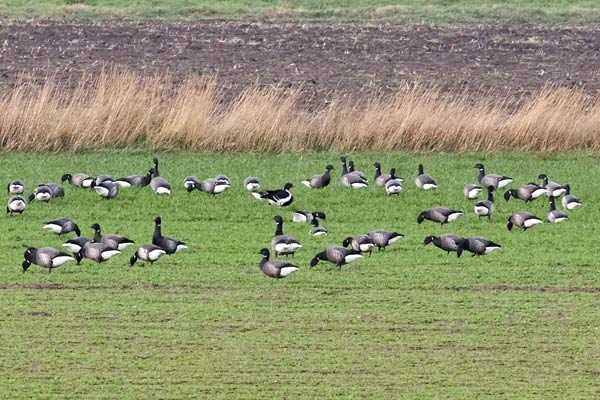
Red-breasted Goose Butterwick January 2022A far less common sight nowadays, but we went to play "hunt the redbreast" In a large flock of Brents, they only have to put their head down or turn away to become elusive. In a large field, our quarry remained distant.
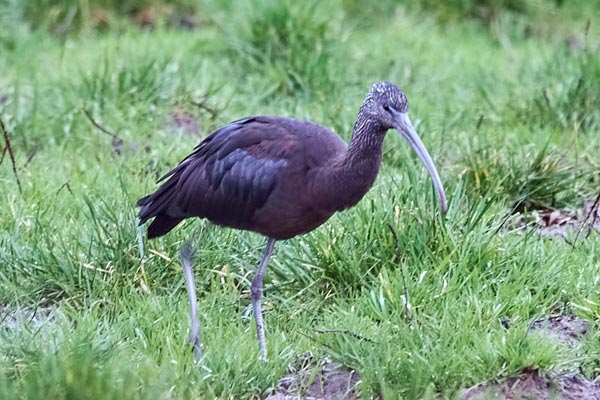
Glossy Ibis Slimbridge January 2022Calling in at Slimbridge after an abortive attempt to photograph the Pacific Diver, this juvenile was in a field just south of the reserve. My visit co-incided with the first break in the rain for 24 hours.
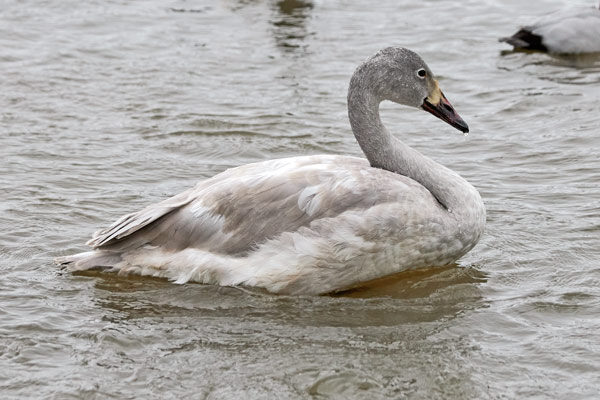
Bewick's Swan Slimbridge January 2022Despite a seemingly large flock being mis-identified Whoopers, there do seem to be good numbers of Bewick's in the country this year. Ist year birds are also in evidence, always a good sign.
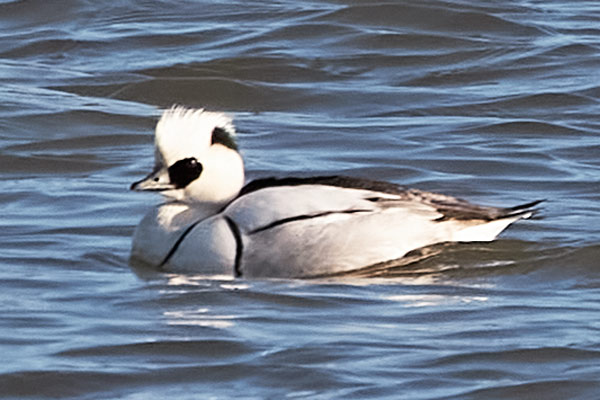
Smew Eyebrook Resevoir January 2022Always good for Smew at Eyebrook, this "punky" adult male was accompanied by five other males and two redheads, but numbers vary as the area is large and birds move to other waters in the region such as Rutland.
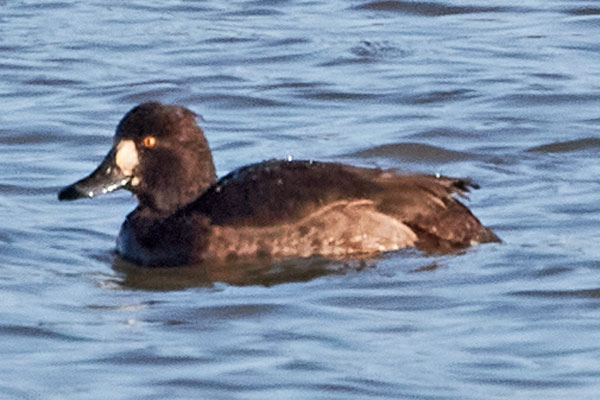
Tufted Duck Eyebrook Resevoir January 2022There was a Greater Scaup at Eyebrook but it was asleep. Photographing Smew, I thought another had appeared in the corner of the viewfinder so I took it. When downloaded I realised it was the pitfall for the unwary, white-faced Tuftie.
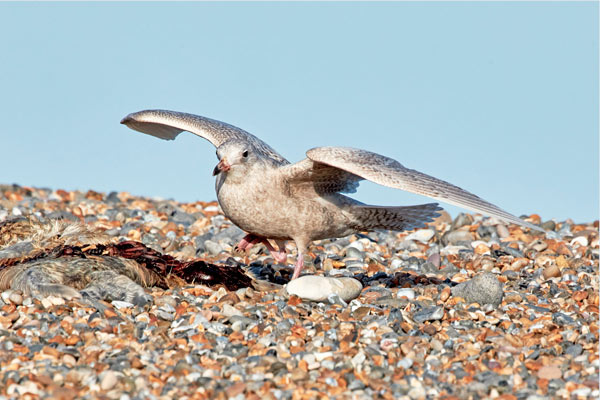
Iceland-Gull Cley January 2022Having waited till New Year to go and see this, I was very lucky as it didn't wander far from the seal carcasses. At one point it landed on the sea right in front of me.
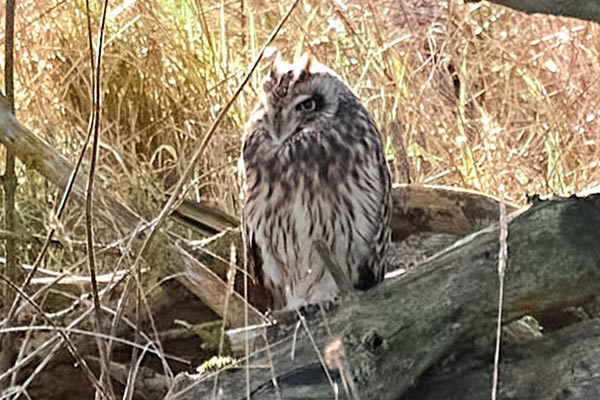
Short-eared Owl Eldernell January 2022This bird has apparently roosted in the same spot for several weeks, and had its ear-tufts up most of the time we were there, which is unusual. I wonder whether a report of a Long-eared Owl was in fact this bird, since it's not really Leo habitat.
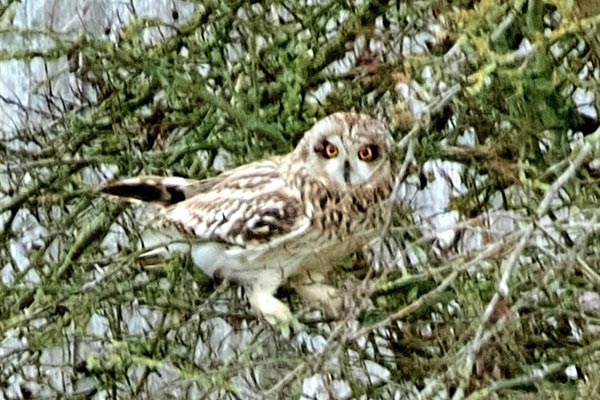
Short-eared Owl Eldernell January 2022There are probably several Short-eared Owls in the area, but two were visible at the start of the year, along with distant Cranes and a Peregrine for good measure.
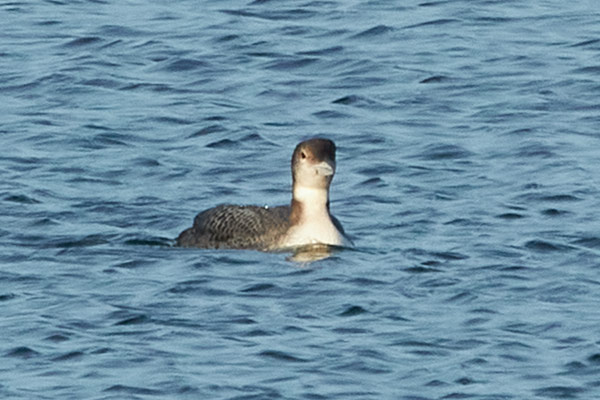
Great Northern Diver Pentney January 2022January 1st birding started with this, which was a good choice because it departed soon after. There was also a Black-necked Grebe on the same pit.
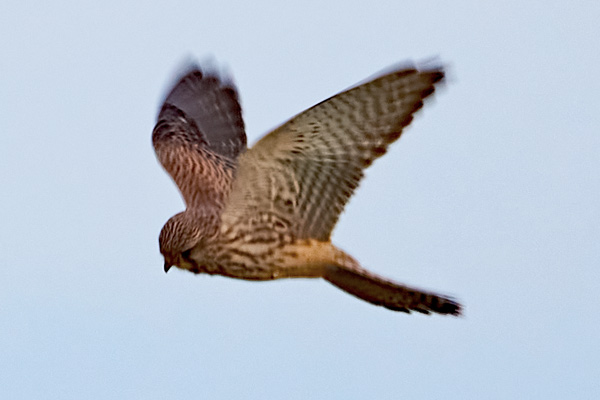
Kestrel Frampton November 2021A visit to Frampton saw my quest for a decent shot of the male Hen Harrier thwarted again, I had to make do with sightings only, also saw Merlin, Peregrine and several Kestrels.
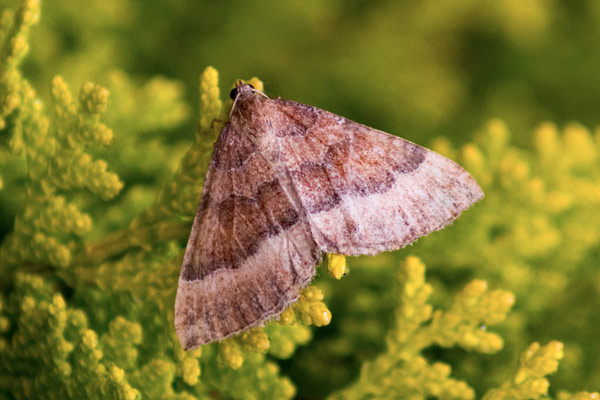
Mallow Sutton Bridge October 2021My last decent trap of the year produced this which I had trapped before but never at home.
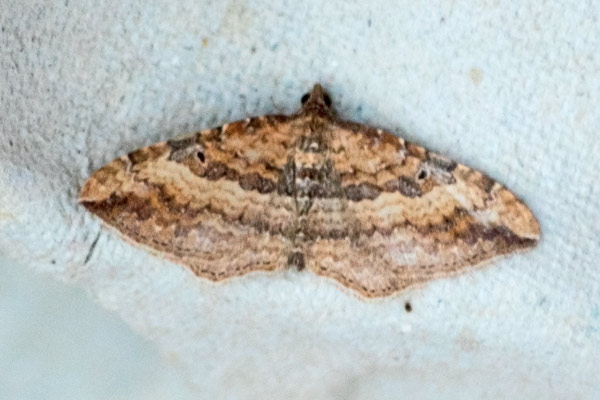
Gem Sutton Bridge October 2021A migrant mostly on the south coast, the second I've trapped at home. This is a male, the species is sexually dimorphic.
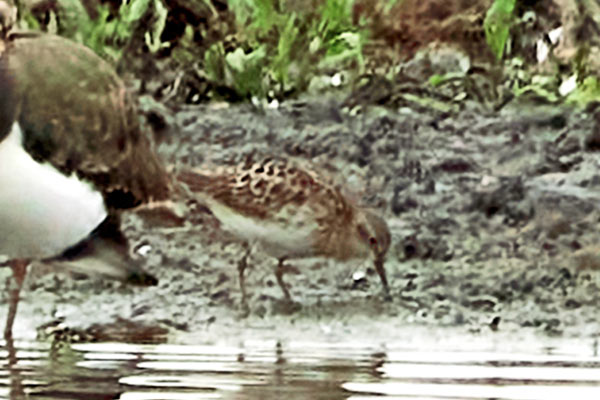
Long-toed Stint Swillington Ings October 2021My only tick of the year, sadly conditions weren't right for a decent photo. I've twitched two (one on the Outer Hebrides) which turned out not to be genuine so this was a real bonus a couple of days after returning from Shetland.
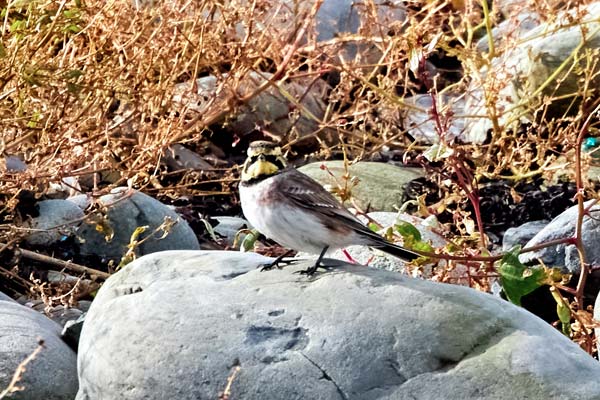
Shorelark Grutness Shetland October 2021Scarce on Shetland, two of these had us chasing around Grutness in a gale. There was an added bonus of a Jack Snipe, which had been sitting tight until someone inadvertantly flushed it.
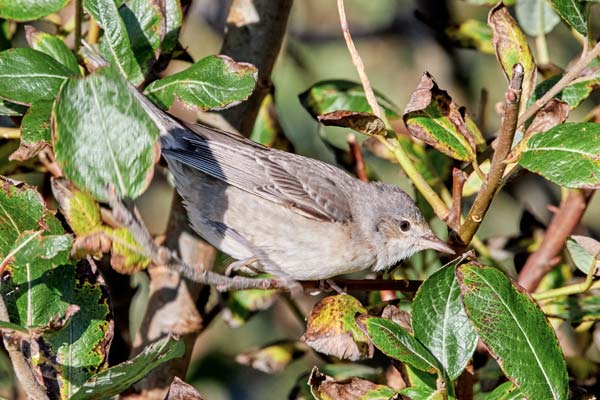
Barred Warbler Wester-Quarff October 2021Several around, but this one proved particularly obliging when the sun came out, not always the case on Shetland.
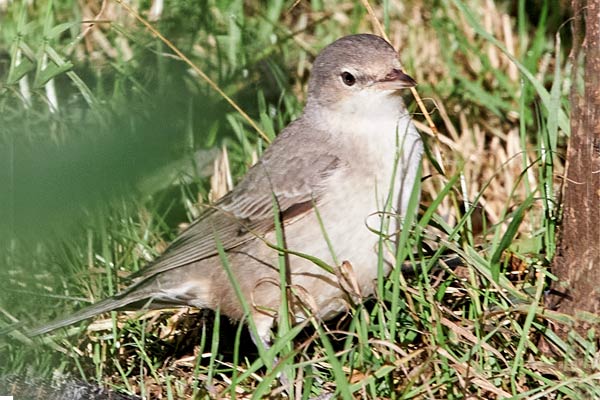
Barred Warbler Wester-Quarff October 2021Not often seen foraging on the ground, true to type it did disappear at times but usually re-appeared given time.
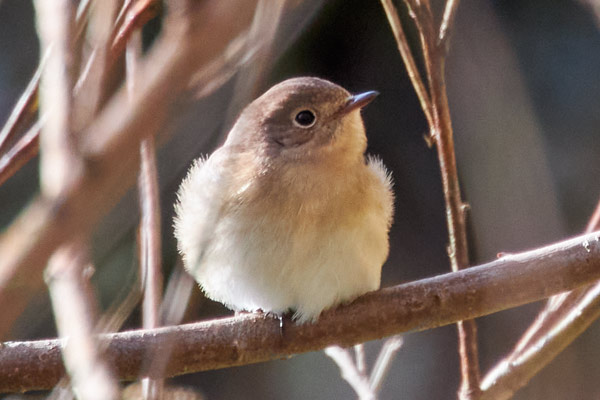
Red-breasted Flycatcher Girlsta October 2021We saw five R-B Flys, one of which we found. This one was at the back of a small quarry area at the side of the road, and spent long periods in the bushes there, often out of view.
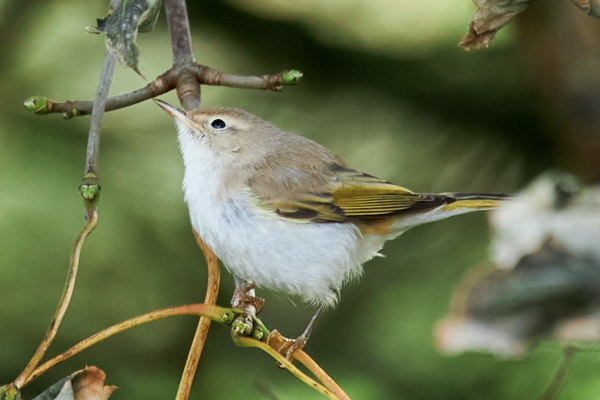
Western Bonelli's Warbler Easter Quarff October 2021A classic example, heard to call and showed well. I hadn't seen one for many years.

Western Bonelli's Warbler Easter Quarff October 2021No apologies for a second shot of this bird, a species often difficult to get good views of and high in trees.
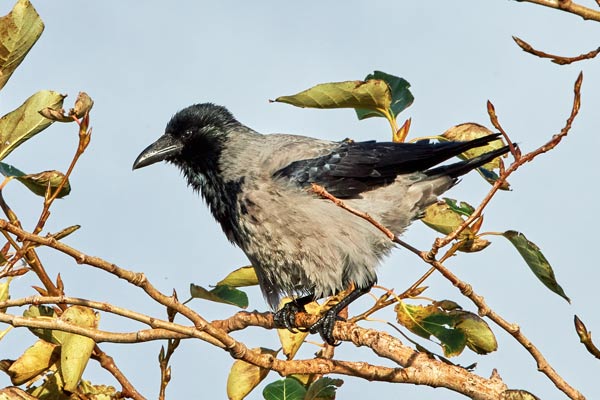
Hooded Crow Brae Shetland October 2021Common on Shetland but tend to be near human habitation, as opposed to Ravens. This one was possibly what kept the Red-eyed Vireo hiding, as we only had a couple of brief views.
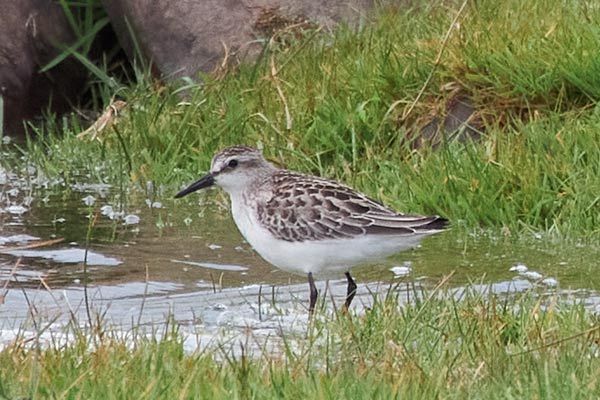
Semi-palmated Sandpiper Pool of Virkie October 2021A long time since I've seen one of these in UK too. A howling gale was the order of the day, but we managed to find the closest point to the pool which afforded some shelter.
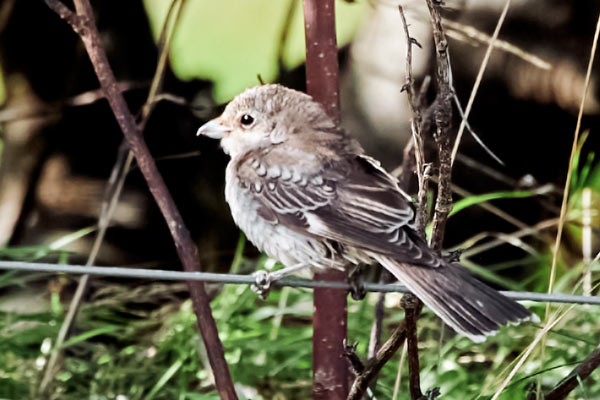
Woodchat Shrike Aith Shetland October 2021In the same tiny community where we had seen the Rose-coloured Starling, this bird frequented back gardens, but was easily seen on the fence at the rear of the properties.
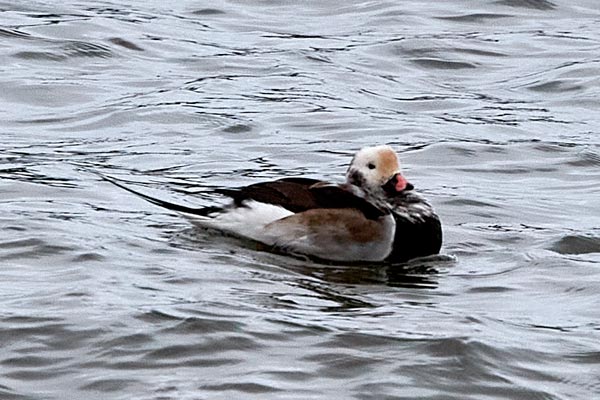
Long-tailed Duck Norwick Shetland October 2021During our several visits to Norwick, this lone bird frequented the bay, often coming quite close to shore.
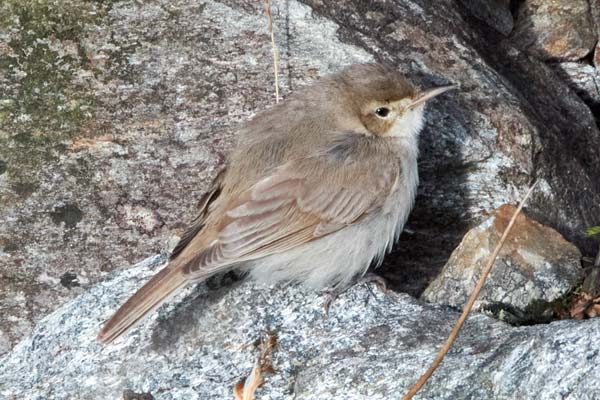
Booted Warbler Skaw September 2021Skaw is the site of the most northerly house in Britain, and also has a sheltered burn running for some distance through it. Being close to Norwick we had to twitch this Booted Warbler, good decision as it was a one-day bird.
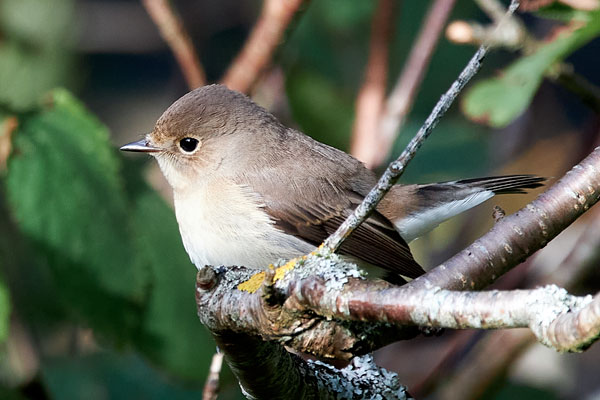
Red-breasted Flycatcher Voe October 2021One of the more obvious birds of this species, but still not easy in the extensive foliage still in the grounds of Voe House. As with many places on Shetland, access was no problem.
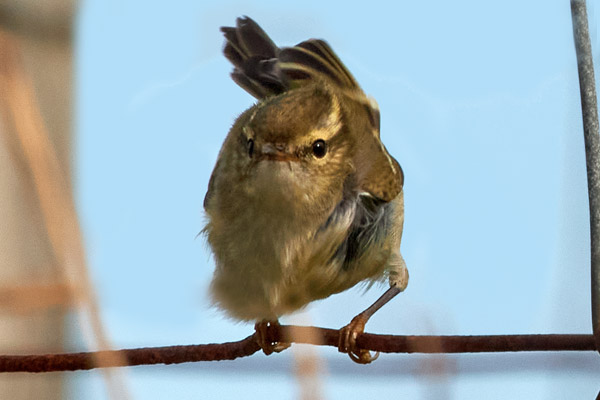
Yellow-Browed Warbler Skaw September 2021With no easterley winds there were few around, this one was on Unst in a North-westerley.
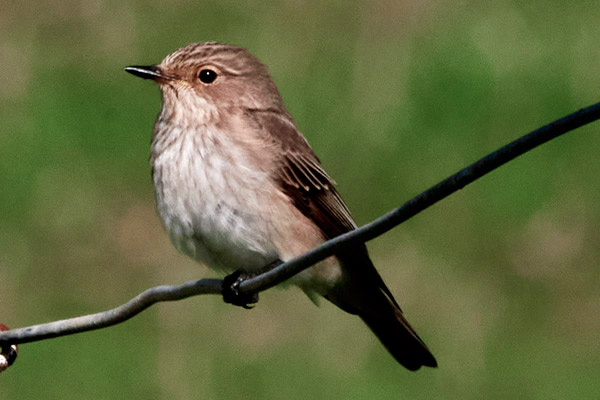
Spotted Flycatcher Norwick September 2021So difficult now in many parts of the country, a few passed through Shetland but were actually less common than Red-breasted or Pied.
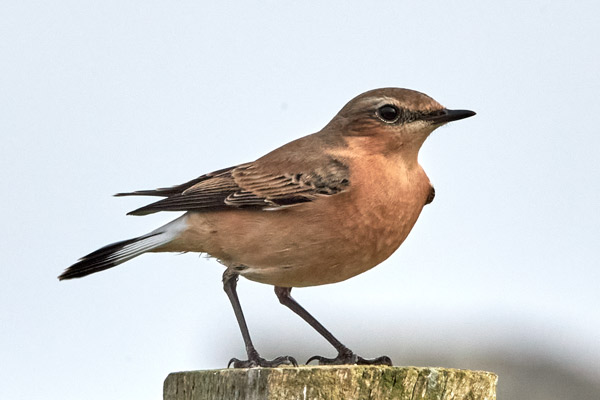
Northern Wheatear Shetland September 2021One of the commonest migrants, most birds were of the Greenland Race leucorhoa, much more richly orange on the breast.
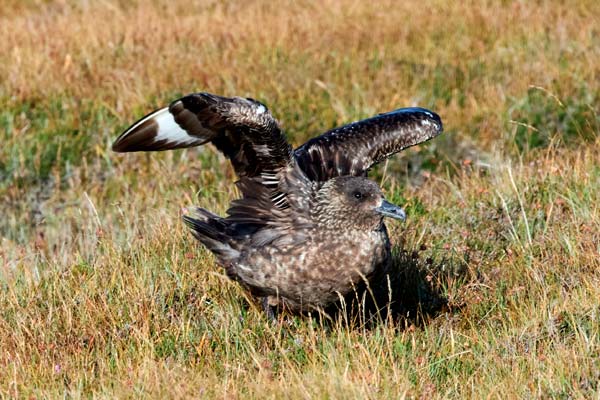
Great Skua or Bonxie Unst September 2021A few Bonxies were still in evidence, this was the only one we saw on the ground when looking for the remains of a Viking settlement.
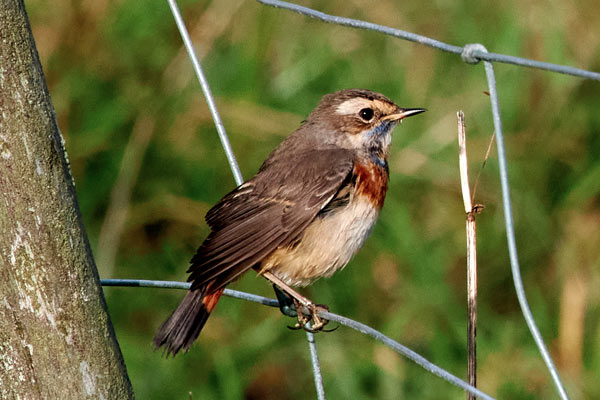
Bluethroat Norwick September 2021We made several visits to Norwick, as scarce birds seemed to keep turning up there. Mike actually saw this the day before I did, it spent most of its time hidden in the crop.
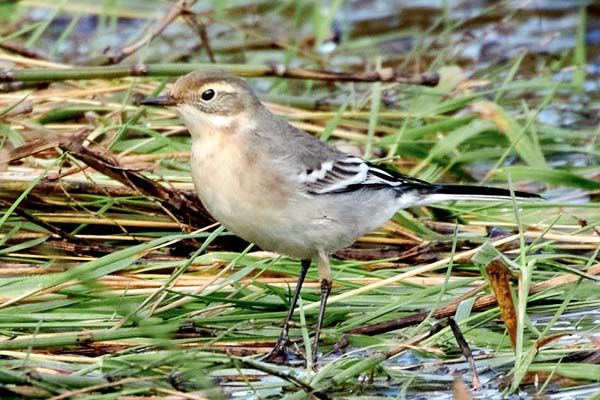
Citrine wagtail Norwick September 2021We first visited Norwick for the Grosbeak, when this bird was reported as a possible. We confirmed its identity for ourselves, but it wasn't until several days later I managed a photo. It ranged widely, even popping up at Skaw when we were looking for something else.
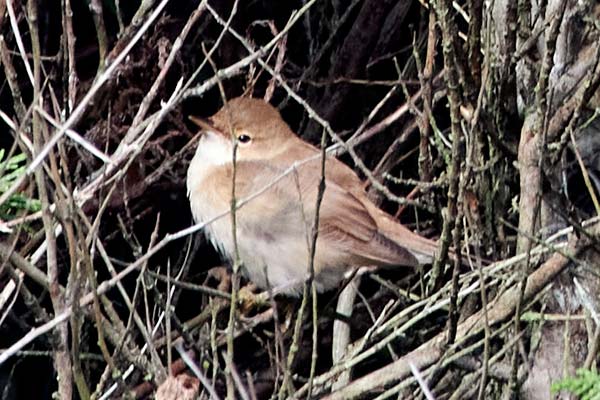
Marsh Warbler Norwick September 2021This bird was present several days and when we arrived for the Grosbeak it hadn't been definitely identified as it rarely showed for long. Our ID was vindicated as it became more settled and I was able to photograph it.
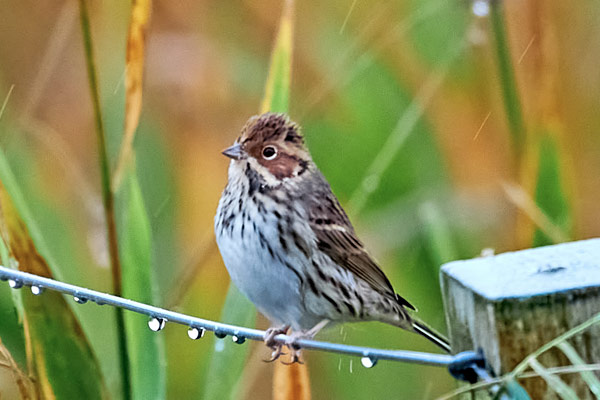
Little Bunting Norwick September 2021We saw more than one Little Bunting in our time on Shetland, but mostly they were elusive. Photographing one was a matter of luck, which was the case here, the rain gave a nice effect!
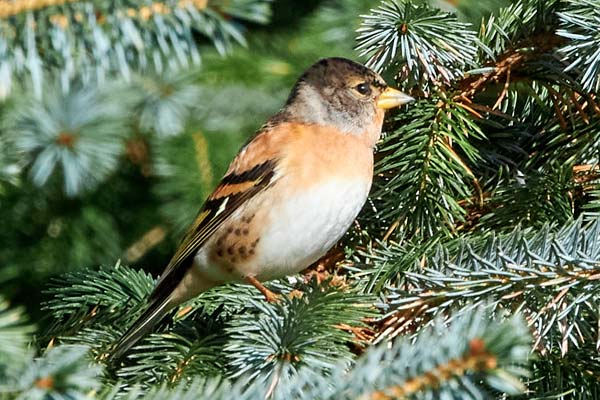
Brambling Norwick September 2021Bramblings were much in evidence in various places, obviously migrating south. Chaffinches were in the flock at Norwick, along with a Common Rosefinch which I struggled to see, let alone photograph (damn weedy fields!)
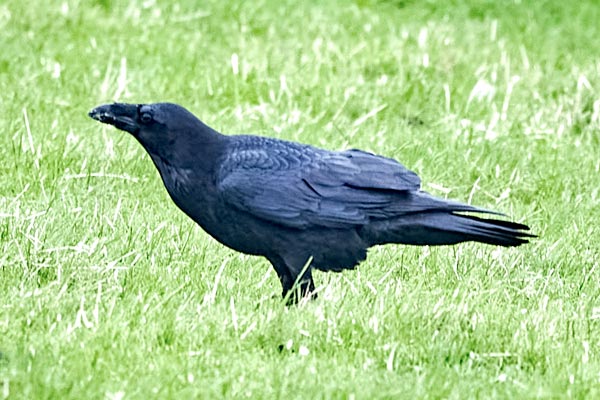
Raven Lerwick September 2021Raptors are few on Shetland, but corvids plentiful. Ravens were common outside the towns, but this one was photographed on a field opposite Tesco in Lerwick
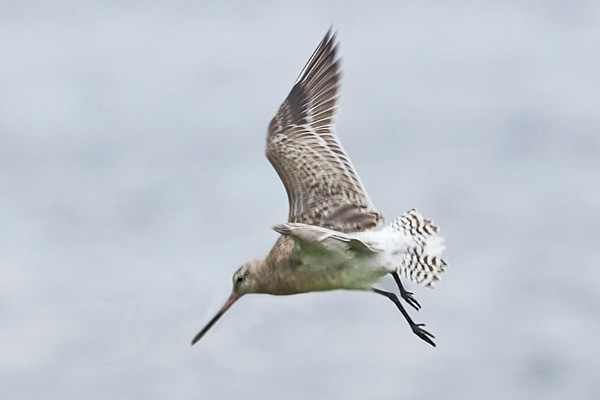
Bar-tailed-Godwit Shetland September 2021Bar-tailed Godwits were around in small numbers, we didn't consciously see any Black-tailed. This bird rose up briefly in a strong wind to confirm its identity.
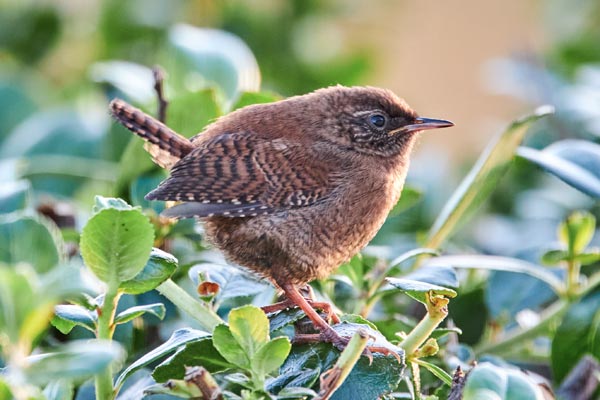
Shetland Wren Yell September 2021For most of our stay we had a cottage on Yell, a pair of this subspecies frequented the few bushes outside the kitchen window.

Twite Skaw September 2021Small flocks of Twite were fairly common in many places we visited, these were on Unst but we also saw a flock in the south of Mainland.
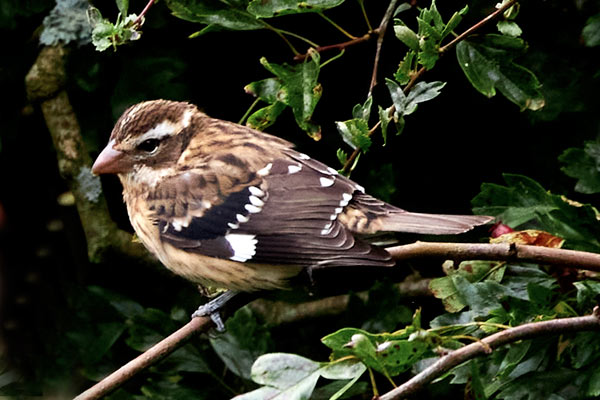
Rose-breasted Grosbeak Valyie September 2021The second (live) record for Shetland, certainly the islands had an American flavour this year in the absence of easterly winds.
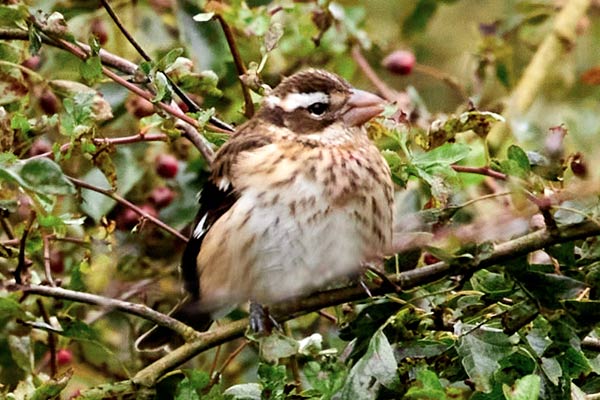
Rose-breasted Grosbeak Valyie September 2021Shopping in Lerwick we nearly left this until the next day. Luckily Mike persuaded me because it was a one-day bird. It was our first of several visits to Norwick.
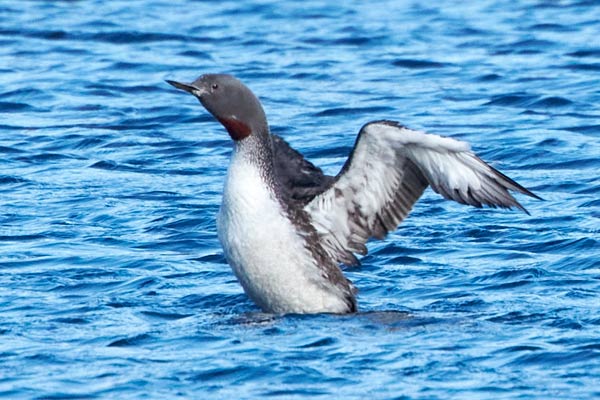
Red-throated Diver September 2021Still in breeding plumage and still here. Walking to the edge of the lochan I got very wet feet and inadvertantly flushed about ten Common Snipe.
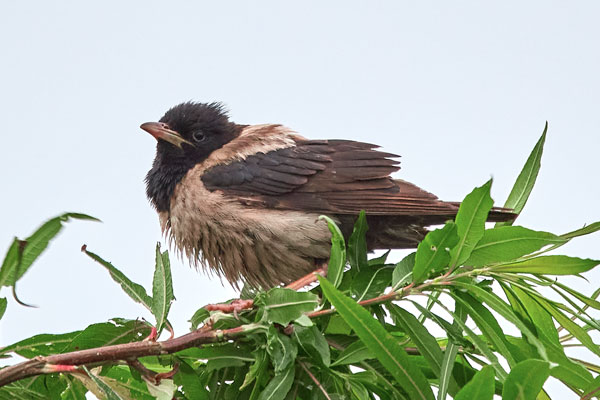
Rose-coloured-Starling September 2021Had to visit twice before getting any shots, but the second time we were invited in to the greenhouse a few feet from the feeder, out of the rain which drenched the bird.
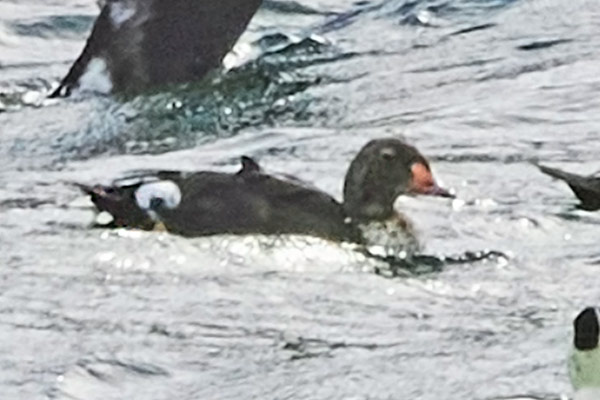
King Eider Wadbister Voe September 2021We saw two King Eiders, both in our opinion second-year birds. The big Eider flocks and distance meant a better shot was all but impossible, I only managed one bird.
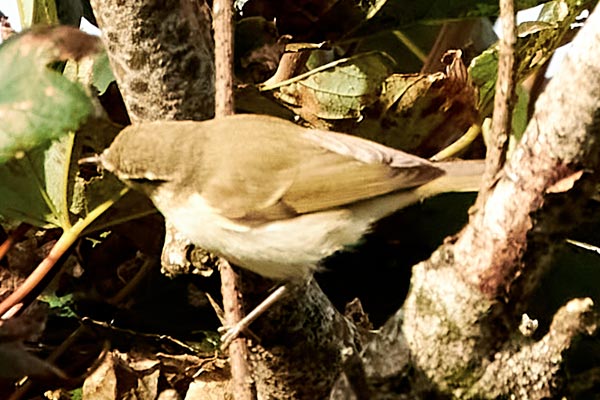
Greenish Warbler Sumburgh September 2021Thought we were too late for this as it had been in the gardens of Sumburgh Hotel for several days when we arrived. Elusive, too eager to spend time to get a good shot.

Pied Flycatcher Sumburgh September 2021A common migrant in all areas, don't think we missed a Collared!.
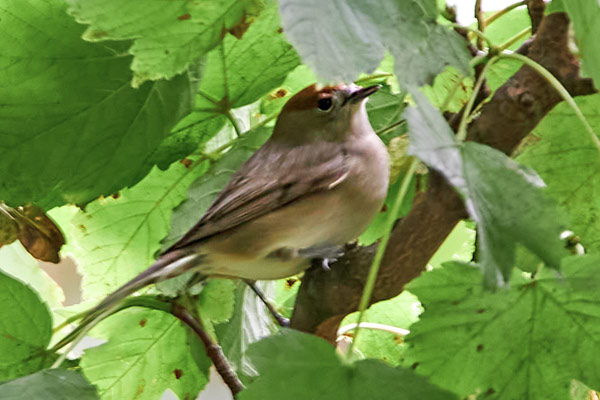
Red-breasted Flycatcher Lerwick September 2021Finding the lane in Lerwick was hard, finding the birds more so, although eventually we did find a second bird in the thick foliage.
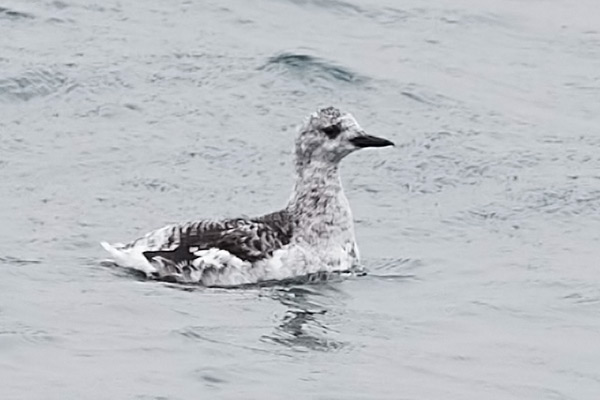
Black Guillemot Lerwick September 2021Almost the first birds we saw on arrival in Shetland were Black Guillemots, present in almost every harbour on the islands. Winter plumage is attractive, but most birds were in various stages of moult.
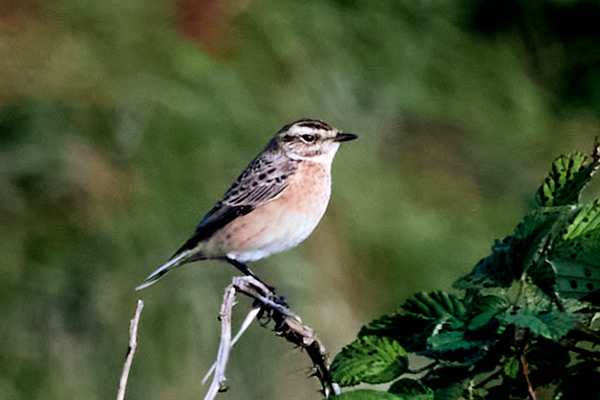
Whinchat Kessingland September 2021As Ann is no longer very mobile we've bought a holiday caravan in Kessingland. Only spent a few days there but I've seen several migrants including Wheatears and Whinchats.
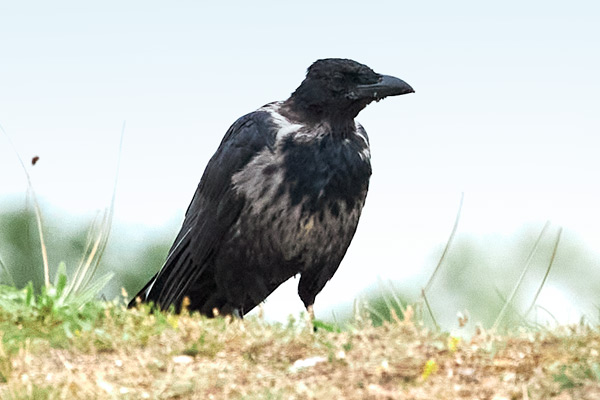
Hooded Crow hybrid Kessingland September 2021As more Hooded Crows are seen in East Anglia it is not surprising that two hybrids have appeared at Kessingland, around the sluice.
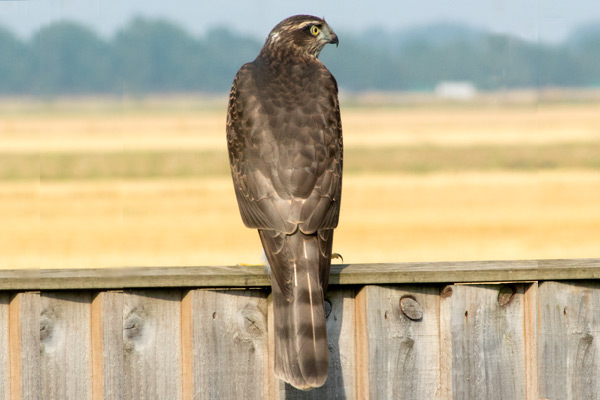
Sparrowhawk Sutton Bridge September 2021Just before leaving for Shetland I walked in to our lounge to see a female Sparrowhawk on the fence, which I managed to photograph through the patio doors.
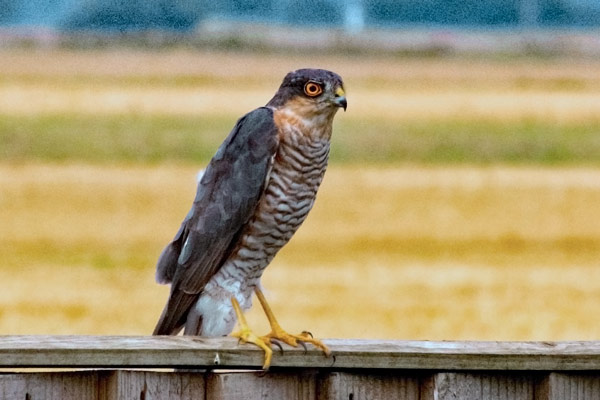
Sparrowhawk Sutton Bridge September 2021Incredibly, this was repeated about ten minutes later by a similar performance by the male. The size difference was readily apparent.
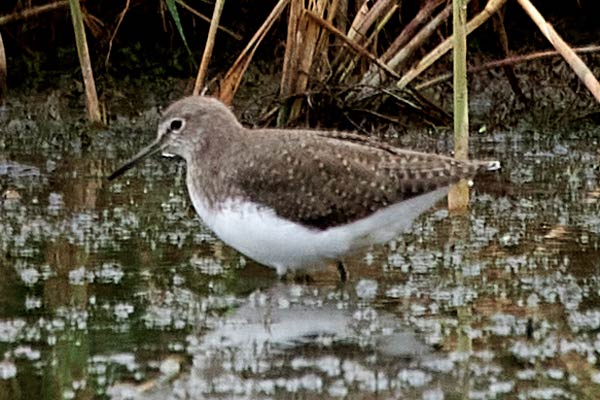
Green Sandpiper Blacktoft August 2021Whilst waiting for the plover to appear we were entertained by several Green Sandpipers and numbers of Common Snipe, both of which were far more showy than normal.
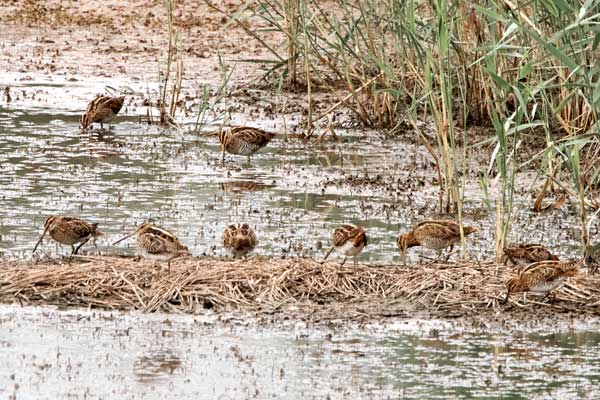
Common Snipe Blacktoft August 2021Unusual to see snipe feeding in the open in the middle of the day, it did give us the chance to check for Pintail. Of course they were all Common.
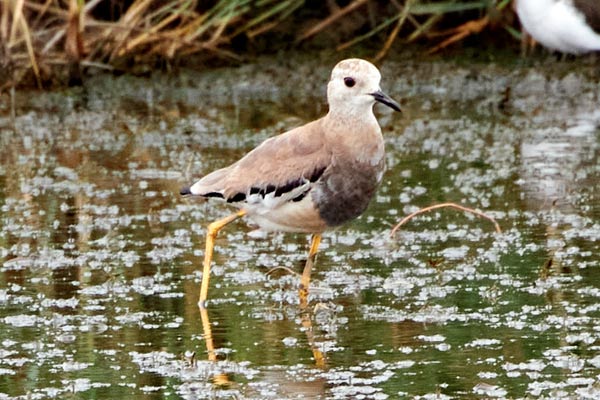
White-tailed Plover Blacktoft August 2021My third in Britain, unfortunately the bird was starting to moult. If you think this is impressive you should see the breeding adults.
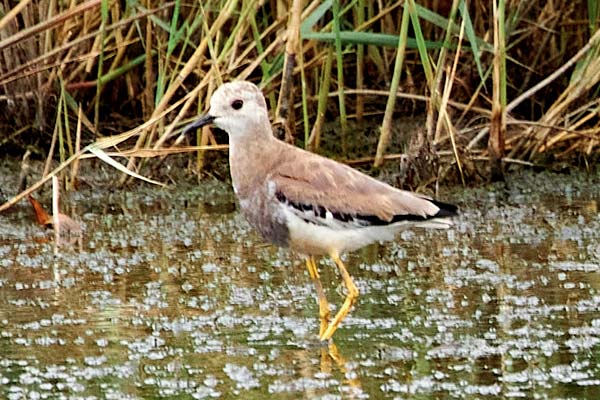
White-tailed Plover Blacktoft August 2021Despite there being several records since the 2007 bird, which was the first for thirty years, this was still a major attraction, especially as it stayed four months.
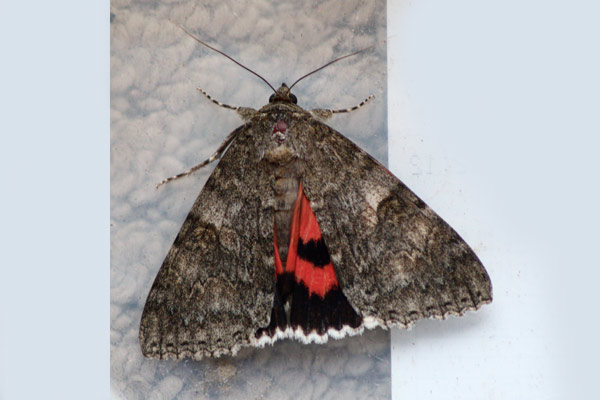
Red Underwing Sutton Bridge August 2021Only see these in the trap occasionally, strangely they often turn up in twos. Photographed whilst waiting for my lift to Blacktoft.
Black Stork Frampton Marsh August 2021A juvenile which was in the area for a few weeks. Close to home, I went twice in the hope of getting a better photo, but it never settled in one place long enough (for me anyway).
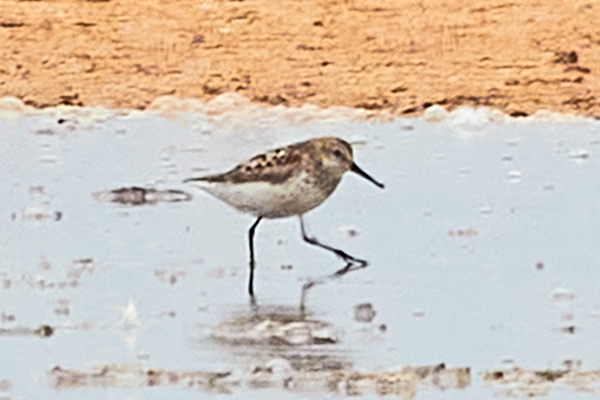
Western Sandpiper Snettisham August 2021Not a tick, nor even a Norfolk tick, but only an hour's drive from home. Sadly for most apart from the finder (brilliant job!) it only came close when it was hidden behind saltgrass. A second visit the following morning before high tide was in vain.
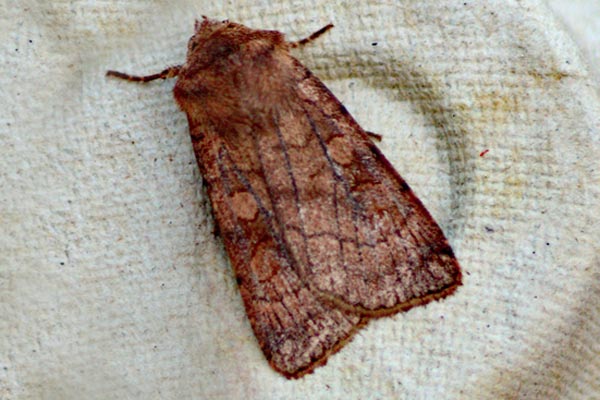
Six-striped Rustic Sutton Bridge August 2021A not uncommon moth but this was my first in ten years. I like the name more than the moth itself.
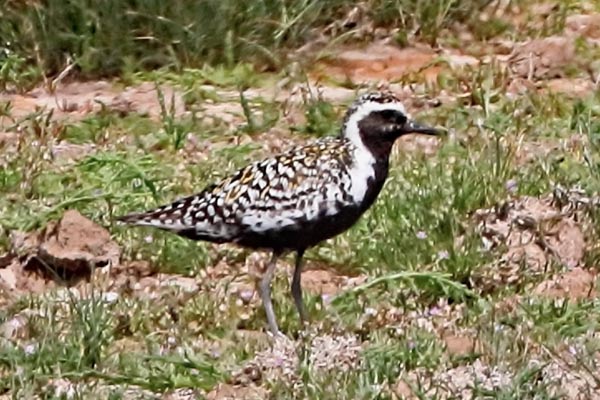
Pacific Golden-Plover Frampton July 2021A mini-influx this July, with records from Norfolk and Lincolnshire. This bird was very distant at times, but often frequented an area inside the sea wall where it was photographed.
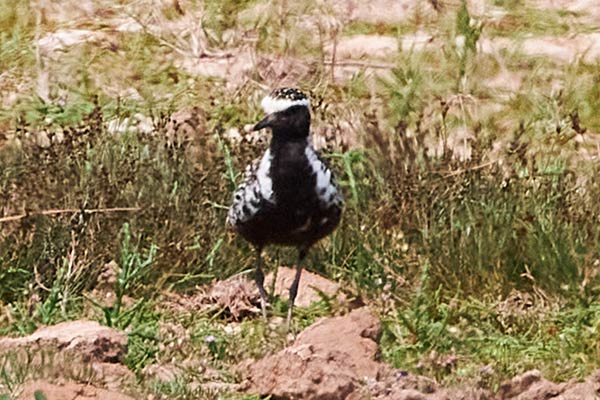
Pacific Golden-Plover Frampton July 2021For a while there were two birds at Frampton but I never caught up with the second. At one time the rarer of the species pair, in some areas Pacific is now far more frequent than American.
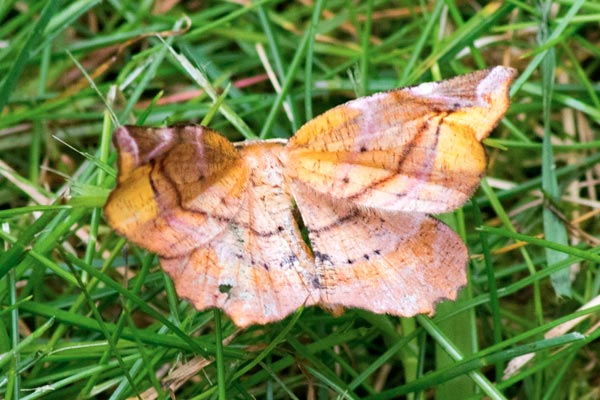
Lilac-Beauty Sutton Bridge July 2021July is always a good month for mothing. This is probably the most attractive Beauty, but wasn't in the trap, I had to chase it around the garden for photos.
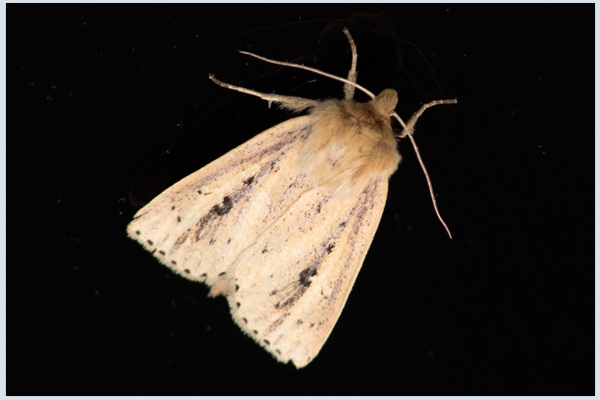
Webb's-Wainscot Sutton Bridge July 2021Second and third records of this uncommon wainscot for my garden. Easily identified by the black semicircle shape on the forewings
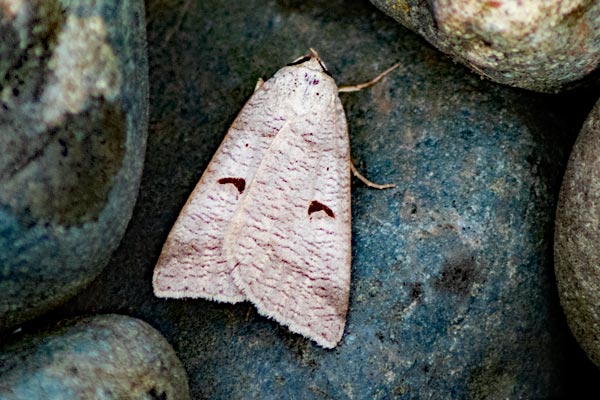
Blackneck Sutton Bridge July 2021A new moth for me, one I had long hoped-for but never really expected for some reason. Landed on pebbles near pond on release, an interesting background.
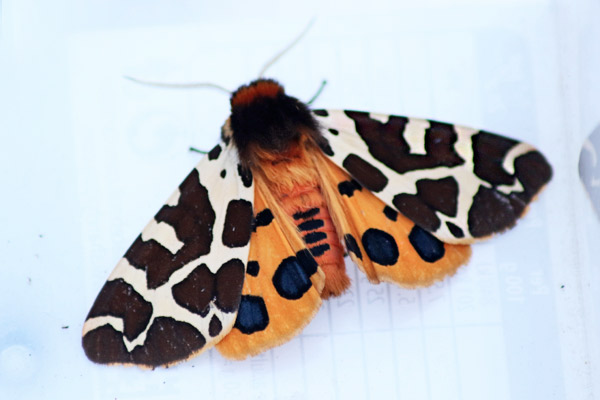
Garden Tiger Sutton Bridge July 2021These used to far commoner and everyone used to know "woolly bear" caterpillars from their childhood. I've only ever trapped three, my first at Gigrin in Wales.
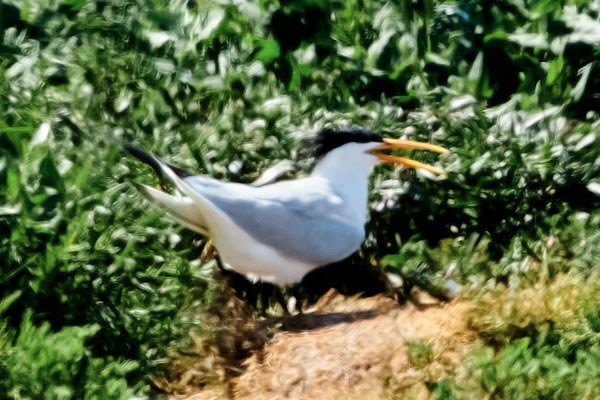
Elegant Tern Cemlyn Bay July 2021Cemlyn being Britain's top tern site, it was perhaps inevitable that one would "tern" up one day. Although difficult to photograph due to heat haze, there were no issues about its identity.
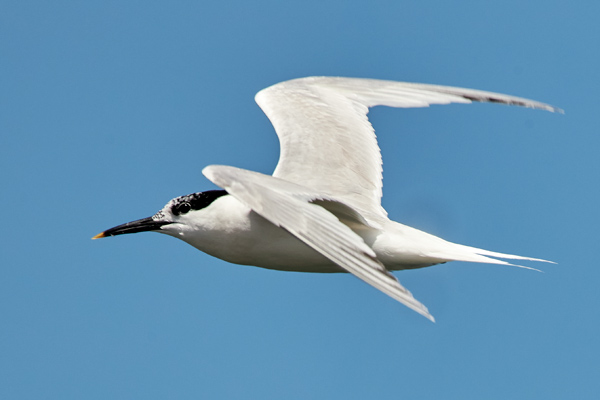
Sandwich Tern Cemlyn Bay July 2021Always plenty of these at Cemlyn, the established colony is probably the reason so many rarities occur there, and if you dip there's always plenty of photo opportunities.
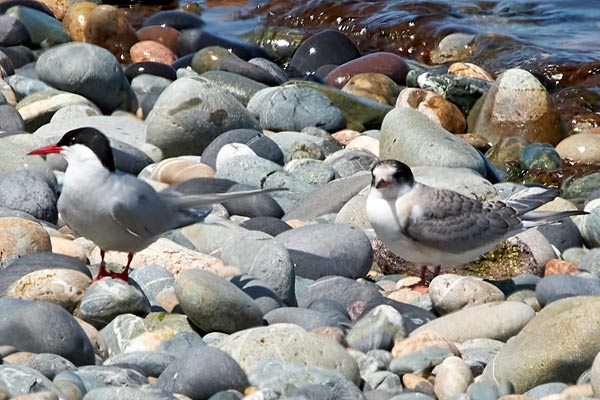
Arctic Tern Cemlyn Bay July 2021There seemed far more Arctic Terns at Cemlyn this year, and plenty of juveniles. This may be because the Farne Island colonies have apparently been deserted due to the National Trust not maintaining the vegetation.
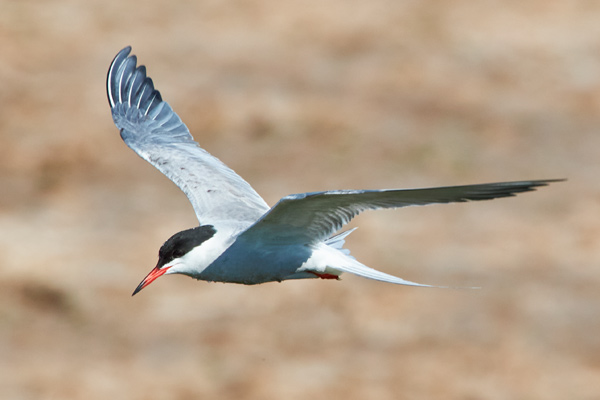
Common Tern Frampton July 2021Cemlyn seemed to have fewer Common Terns, perhaps because of the increase in Arctics, but most inland waters seem to have a few pairs nowadays.
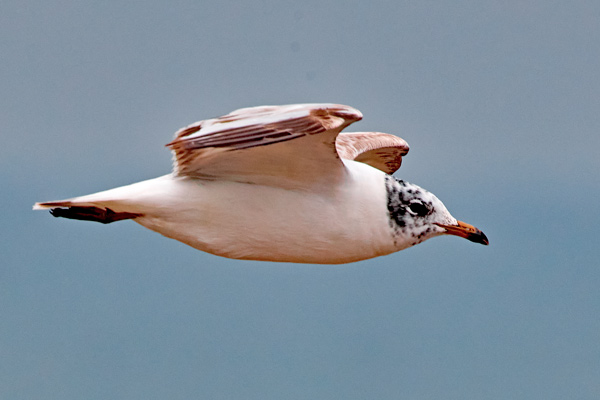
Mediterranean-Black-headed Gull hybrid July 2021Near Wells in Norfolk, we were just generally birding when we came across this. Apparently it's a not uncommon hybrid in areas where Med. Gull populations are low.
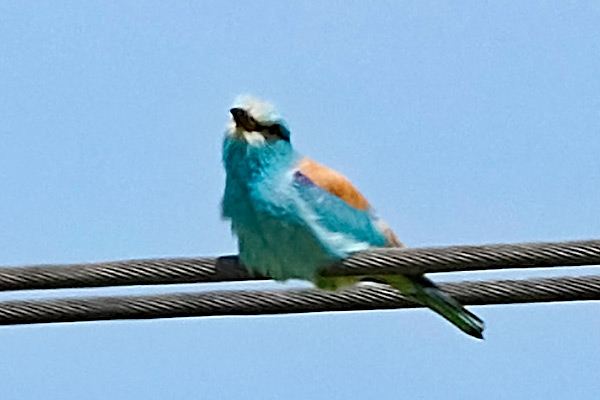
Roller Icklingham June 2021I was travelling elsewhere when news of this broke, near where I used to live, so I took a detour. Although showing well it spent most of its time at some distance.
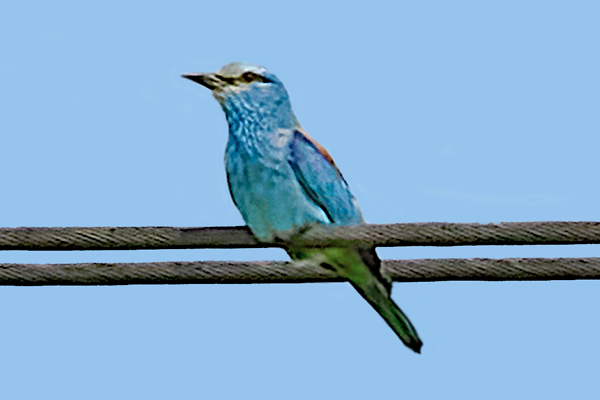
Roller Icklingham June 2021It was one of the most dangerous twitches I've ever been on, due to the narrow twisting road in that area, with no real verges. Parking near the bird was difficult if not impossible, how no-one was hit by a car I don't know
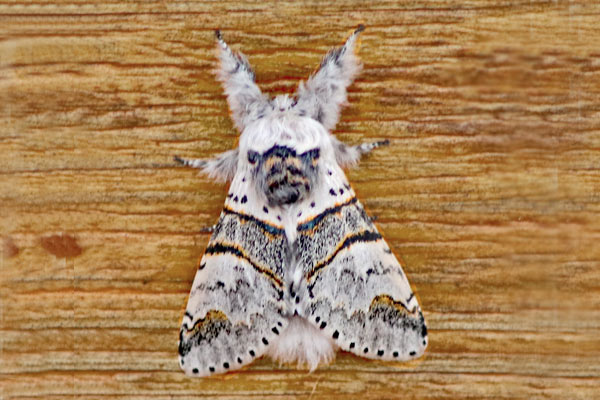
Poplar Kitten Sutton Bridge June 2021A quiet month for me birdwise, some compensation came in the form of my first record of this, after a Sallow Kitten earlier in the year.
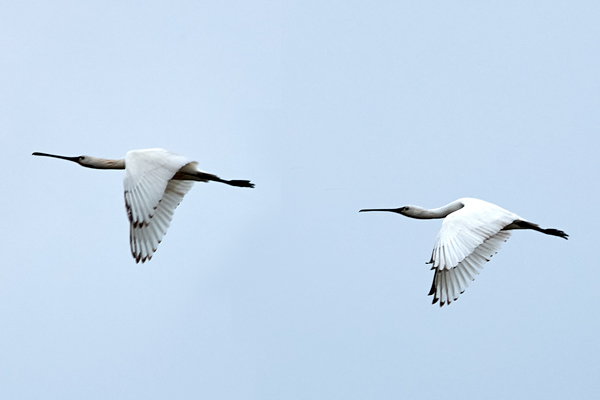
Eurasian-Spoonbill Frampton May 2021Now annual at Frampton, but not often seen in flight. The RSPB erected a platform with plastic Spoonbills in a misguided attempt to promote breeding. Unfortunately I spoke to a beginner who'd ticked them!
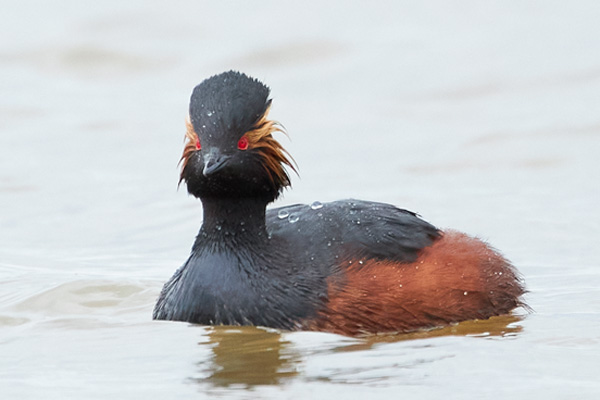
Black-necked-Grebe Frampton May 2021No inducements required for at least two pairs this year, unfortunately their attempts failed, but hopefully they'll become a permanent feature of the reserve.
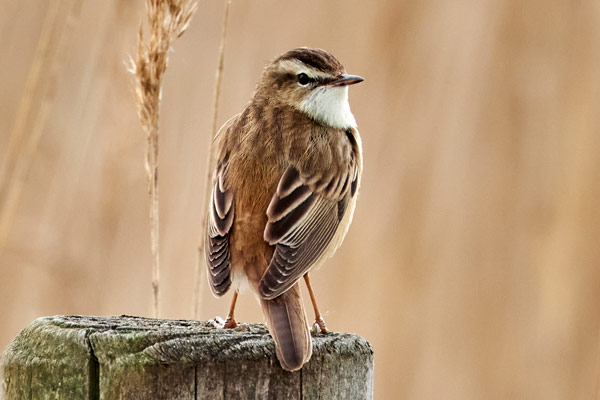
Sedge-Warbler Frampton May 2021I didn't do a lot in May except visit Frampton, this Sedge Warbler was posing on a fence post, one of the most strikingly marked I've seen.
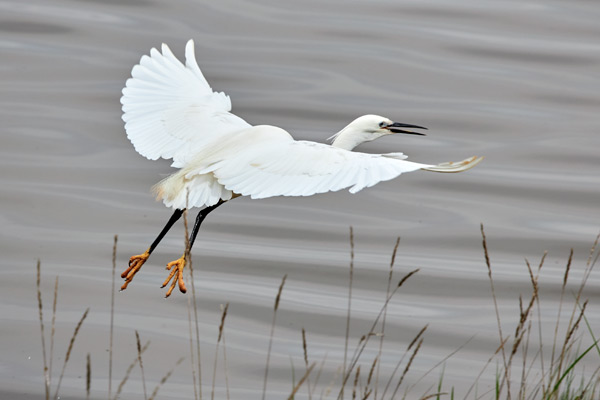
Little Egret Frampton May 2021I twitched a Little Egret once, now they are common everywhere, I even see them flying over the house. This one showed off its yellow feet as it flew from a ditch.
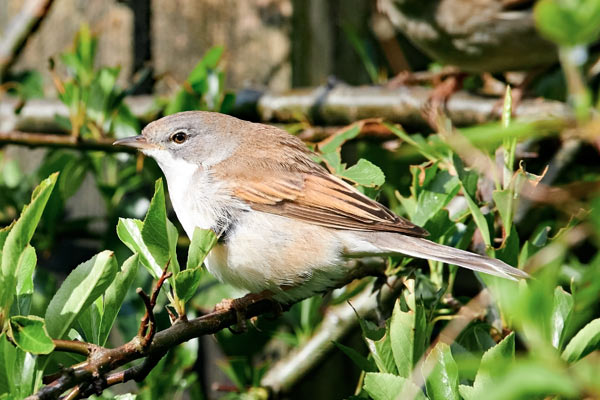
Common-Whitethroat Sutton Bridge May 2021We see very few warblers in our garden, but every year a pair of Whitethroats breeds just over the fence in a scrubby area at the edge of the farm field, this was taken through the kitchen window.
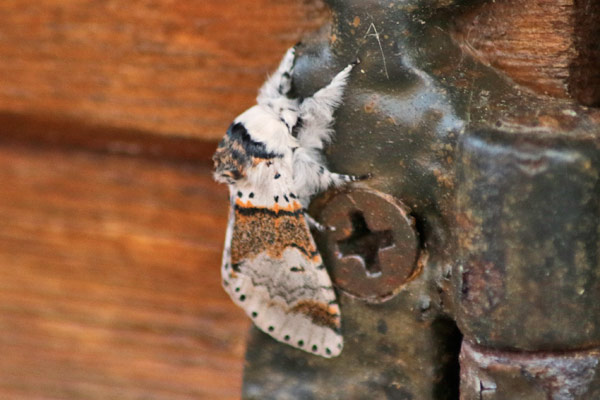
Sallow Kitten Sutton Bridge May 2021I suspect that scrubby area is where a lot of moths come from, although many are from further afield I'm sure. We do however get large numbers of butterflies in most years.
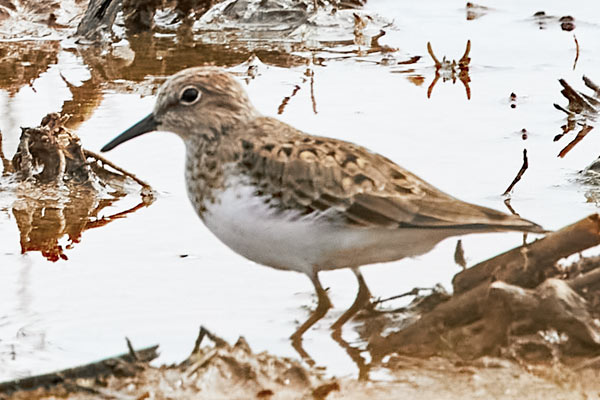
Temminck's Stint Frampton May 2021A fairly regular spring migrant through Frampton, this year was the first time I've managed to photograph one there. There were two but they were distant when together.
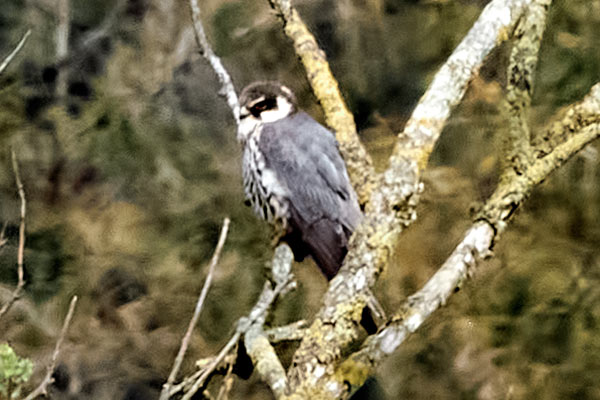
Hobby Lakenheath May 2021Having failed to photograph Nightingale at a regular site, I went to the RSPB reserve at Lakenheath, where a number of hobbies were hunting, this one landed to digest its prey.
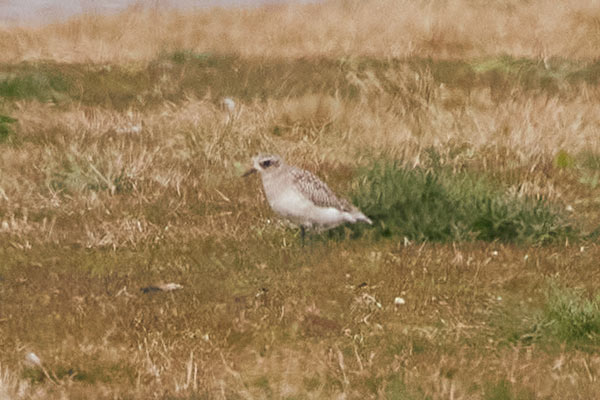
Dotterel Frampton April 2021I keep a Frampton wader list, currently standing at 40 species. Dotterel are rare, and when one does turn up it is usually with Golden Plover. This poorly marked 1st winter refused to come close.
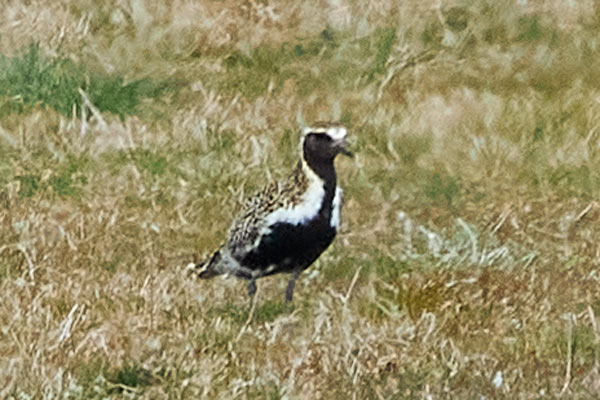
Golden Plover Frampton April 2021Nearly as distant as the Dotterel, but the only chance to catch them in breeding plumage is the spring migration, when some birds are already moulted.
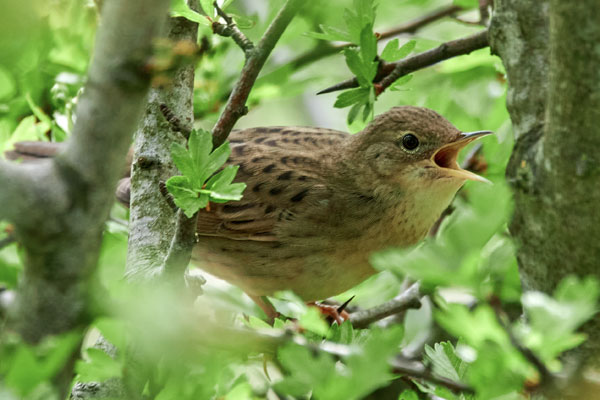
Grasshopper Warbler Frampton April 2021Walking along the bank the far side of the resevoir to view the Dotterel, someone heard a Gropper. It wasn't as well concealed as it obviously thought.
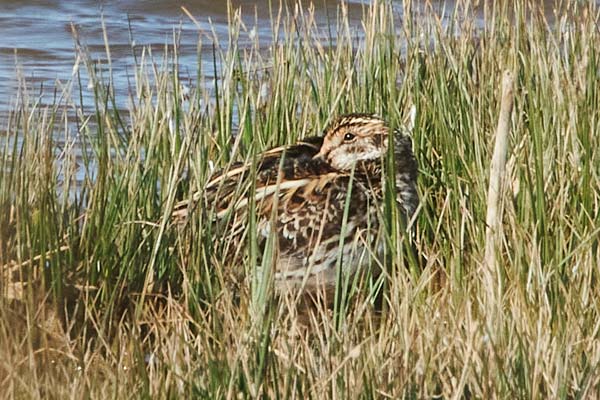
Jack Snipe Frampton April 2021"Showing well out in the open" until five minutes before I got there, it became "just wandered out of sight". I did manage to refind it but despite having a look at me it refused to wake up.
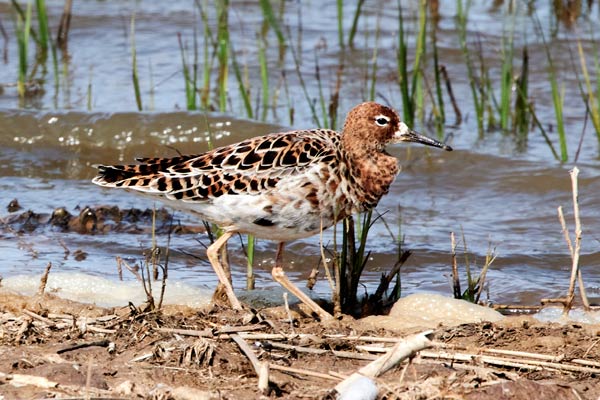
Ruff Frampton April 2021Unlike some, Ruffs usually show well at Frampton, and spring passage usually doesn't dissappoint.
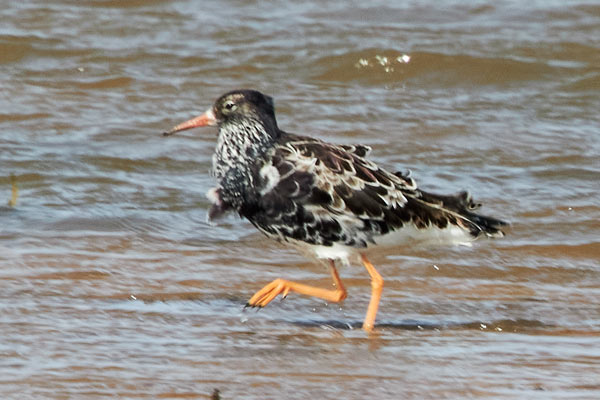
Ruff Frampton April 2021Frampton has become the RSPB's best reserve for waders, but there is also good habitat beyond the reserve, so more could still be to come.
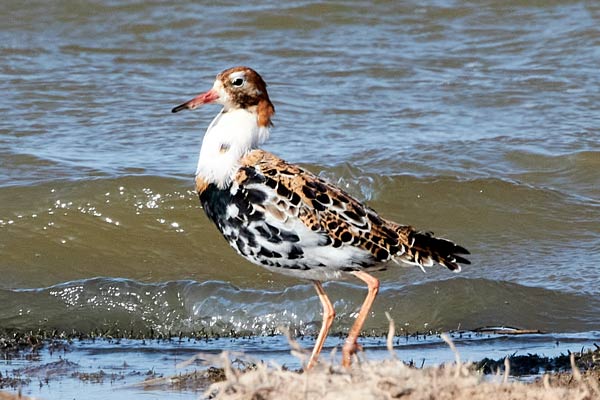
Ruff Frampton April 2021Ruff, Black-winged Stilt and even Spotted Redshank could breed at Frampton as the climate changes.
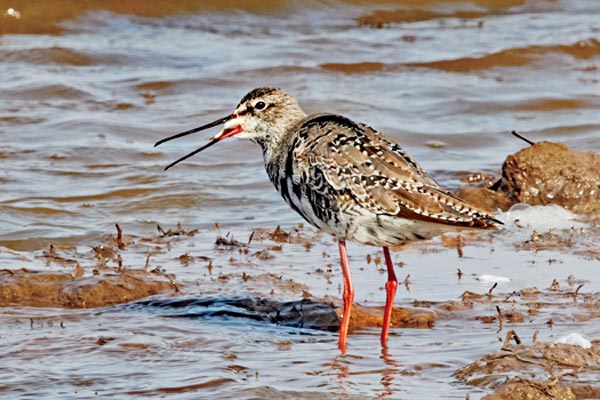
Spotted Redshank Frampton April 2021Usually several Spotted Redshanks in spring, in various stages of moult. They often linger and attain nearly full breeding dress.
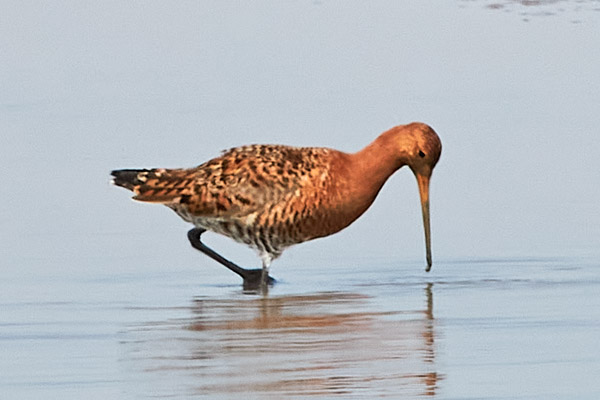
Black-tailed Godwit Frampton April 2021There are always Godwits at Frampton, during migration they can be present in their thousands. Many have varying degrees of moult, this one has just about attained full breeding plumage.
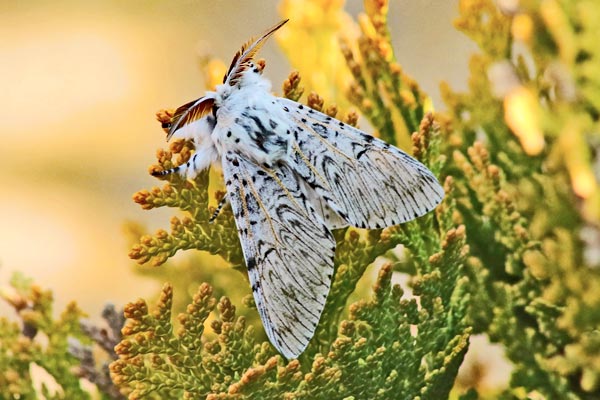
Puss Moth Sutton Bridge April 2021Probably my "most wanted" British moth has turned up at last in my trap. Not especially rare, but the intricate patterning of the wings makes it special.
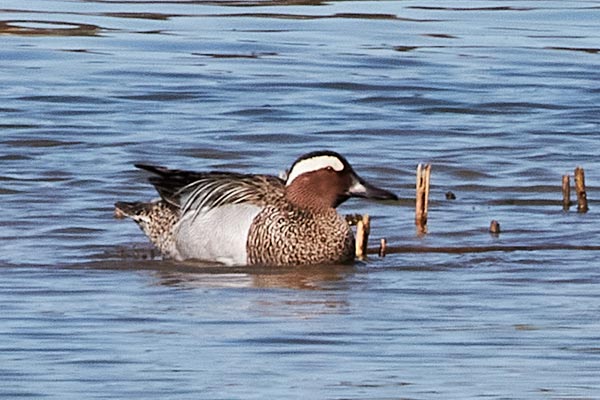
Garganey Rutland Water April 2021Twitching a Bonaparte's Gull which showed as distantly as possible, (not sure it was still in Rutland!), a few Garganeys showed well as some compensation for the camera.
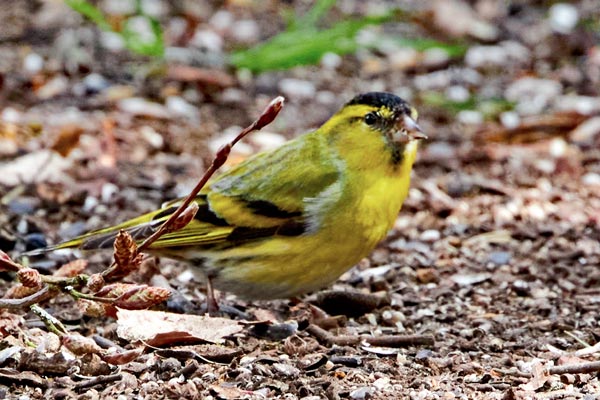
Siskin Lyndford Arboretum April 2021Armed with my new mirrorless camera and 100-500mm lens, we went to see the Hawfinches, which of course didn't oblige, so I took it out on this nice male Siskin.
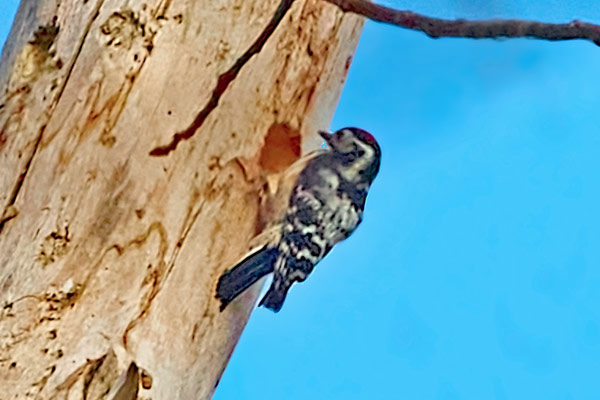
Lesser-Spotted Woodpecker April 2021Every year we visit a site where Lesser-spotted Woodpeckers occur. It wasn't always like this, I used to have them on my garden list before the millenium. One thing that is more certain is that I won't get a decent photo.
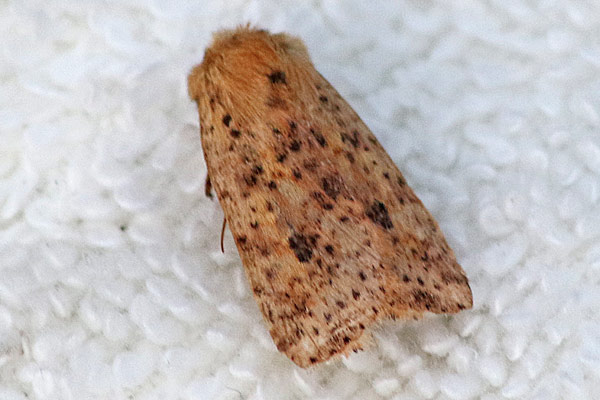
Dotted Chestnut Sutton Bridge March 2021I rarely get many moths in my trap in March, but this was about the only thing of interest in a very quiet month from a personal viewpoint. It was new for me, trapped on the 31st.
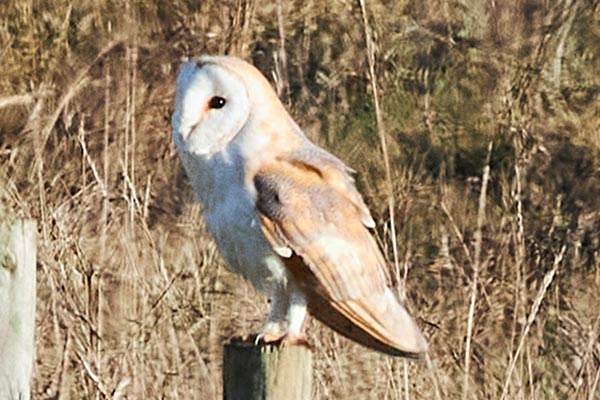
Barn Owl The Wash March 2021I did do some local birding in March. A road from the opposite end of the village leads to the seawall, and a walk will usually produce something. At least two Barn Owls are in the area and often fly in bright sunshine.
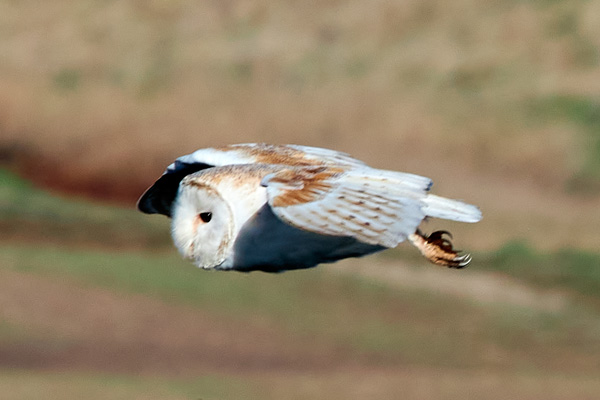
Barn Owl The Wash February 2021Here's one I took earlier!. Possibly the same bird, although one or two subtle differences, but taken in the same area. I'm really beginning to like my new camera setup.
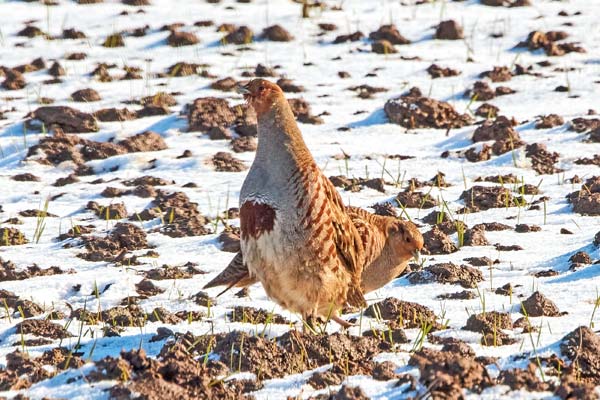
Grey Partridge The Wash February 2021The farmland behind the seawall doesn't hold a lot, but Stock Doves and Grey Partridges are present in good numbers. I've even had Grey partridge wandering around the cul-de-sac where I live.
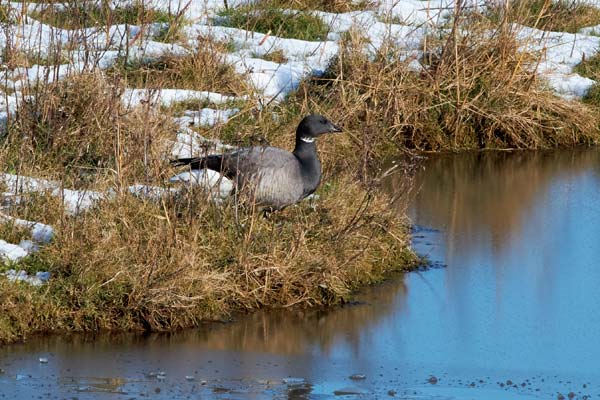
Brent Goose The Wash February 2021Popped out to see if the cold spell had bought an Ivory Gull in, but all I managed was a pretty photo of a Dark-bellied Brent Goose.
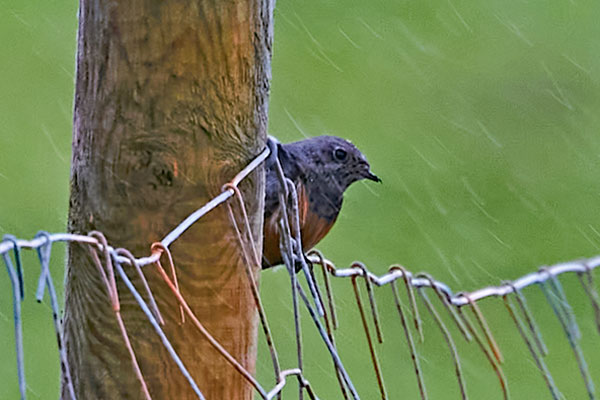
Eastern Black-Redstart Snettisham January 2021Unlike the Skinningrove bird of a few years ago, this one was elusive and didn't stay long. It eventually showed briefly but soon flew to "hide" behind a fence post in heavy rain.
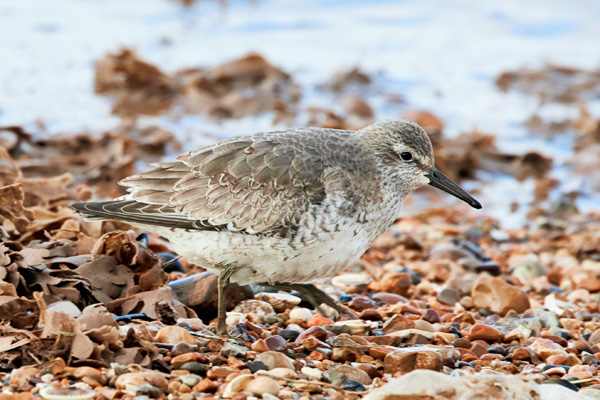
Red Knot Snettisham January 2021Armed with my new mirrorless camera and 100-500mm lens, this was one of the first photos I took in 2021. Early results are promising, and the weight saving is tremendous.